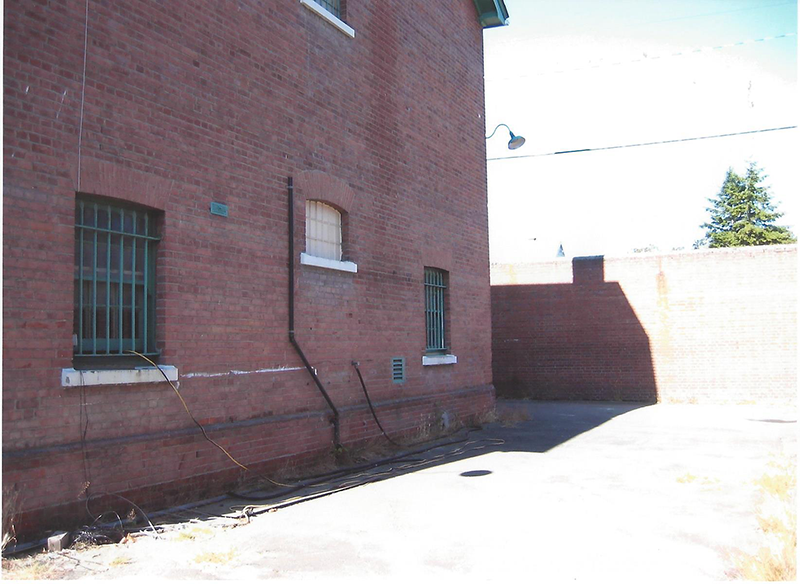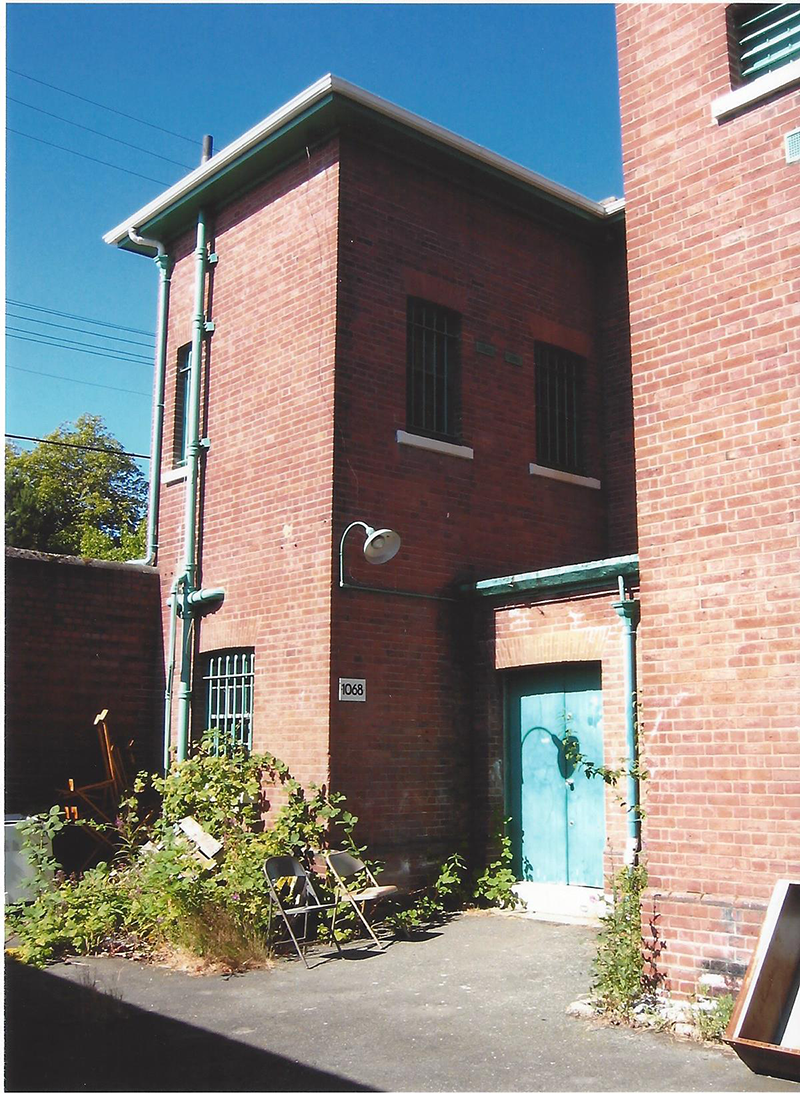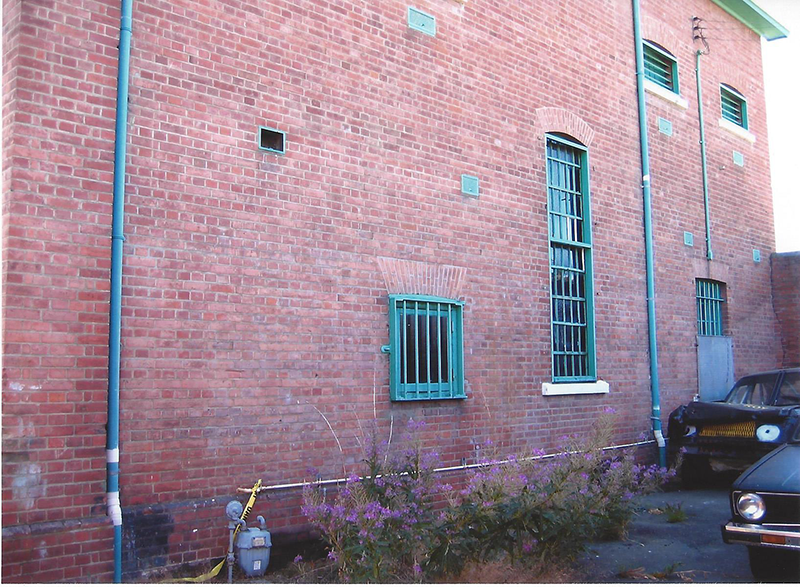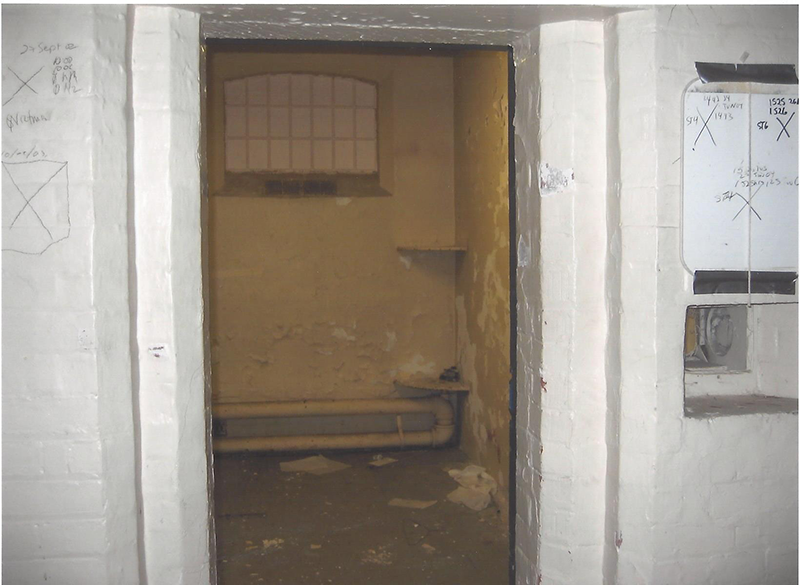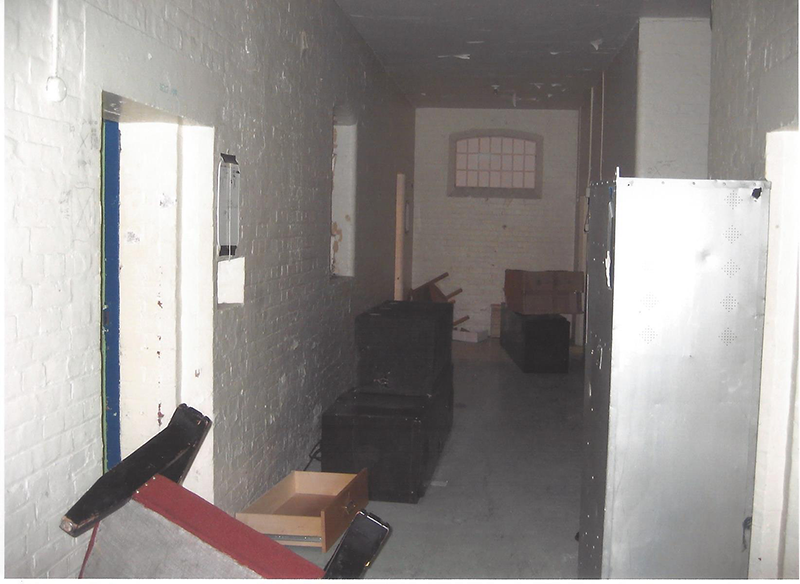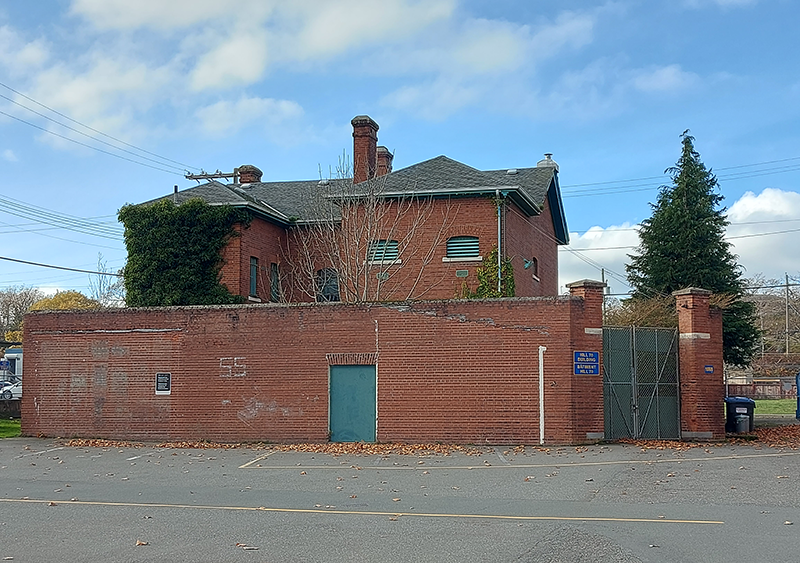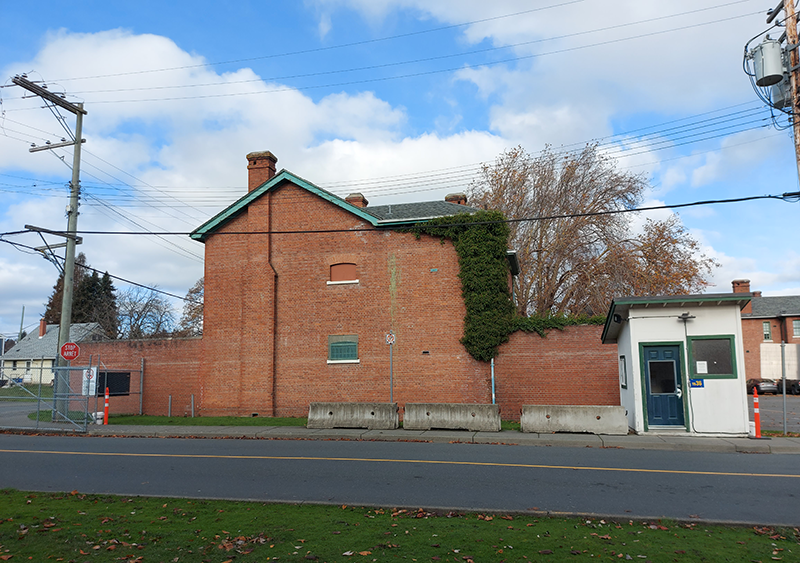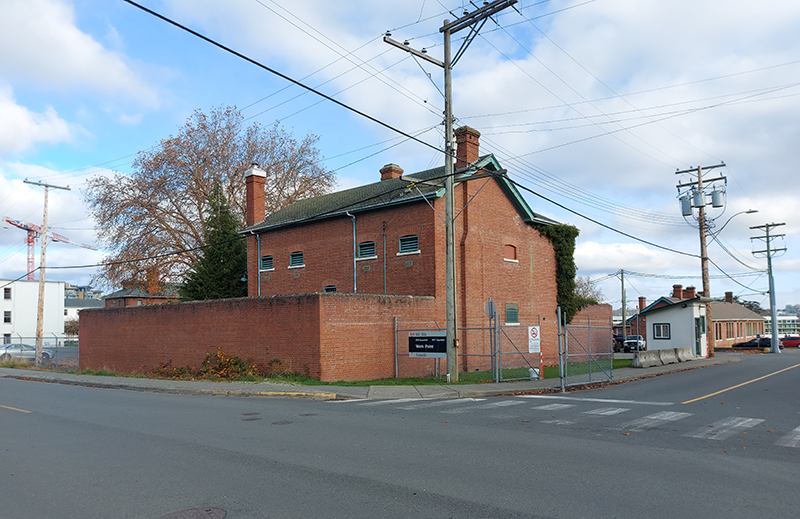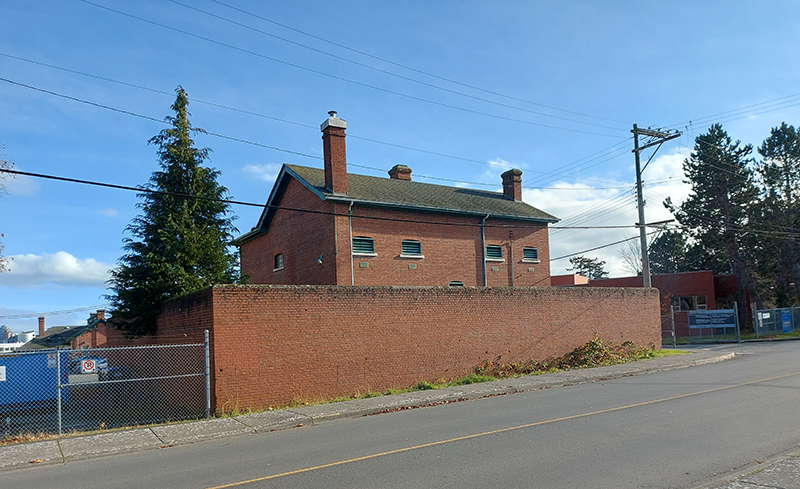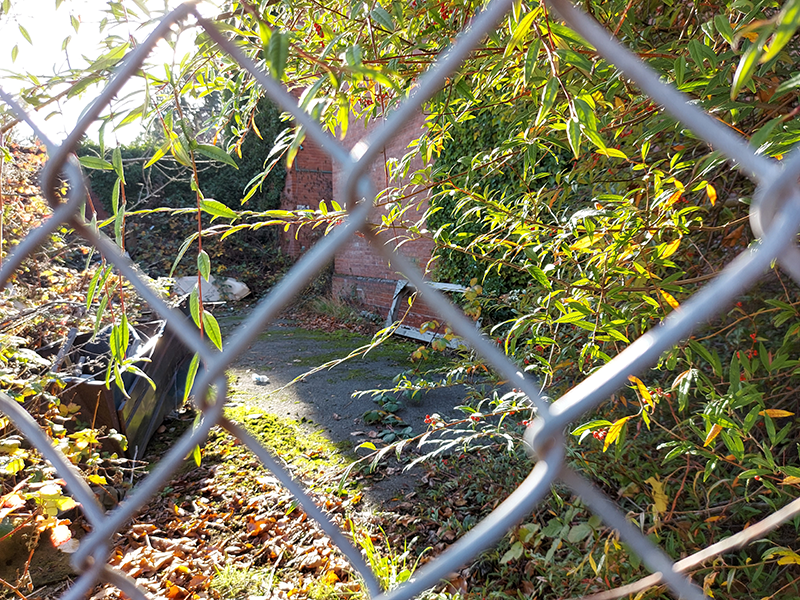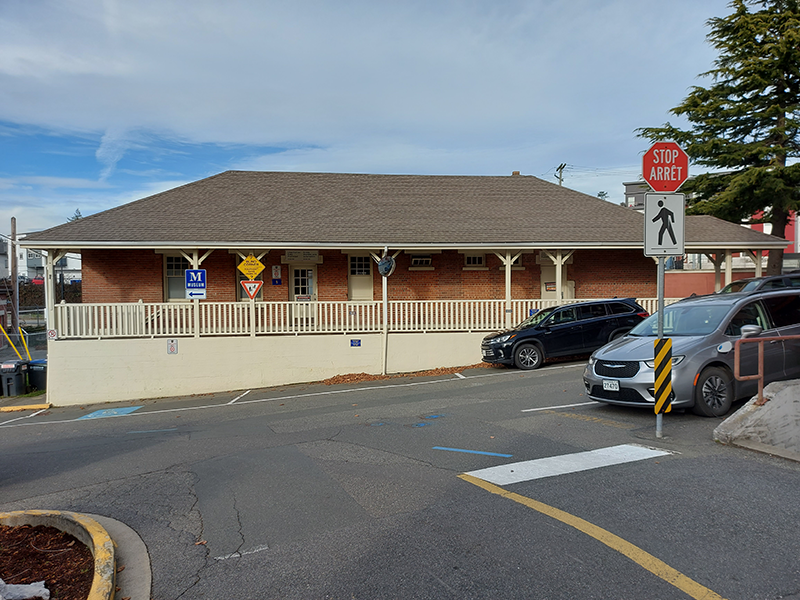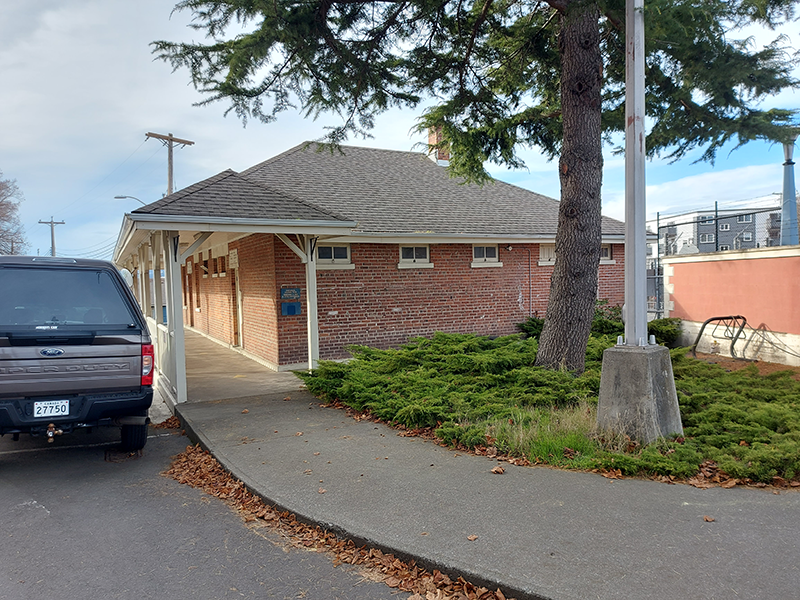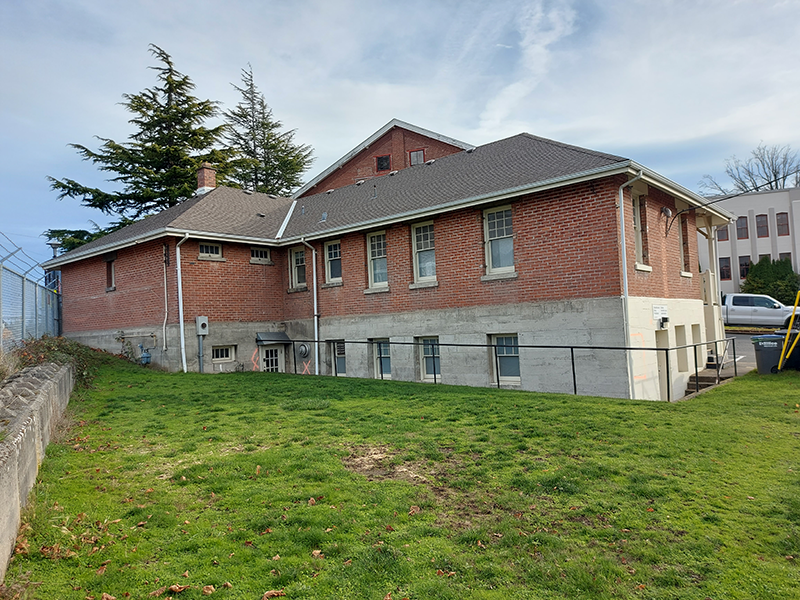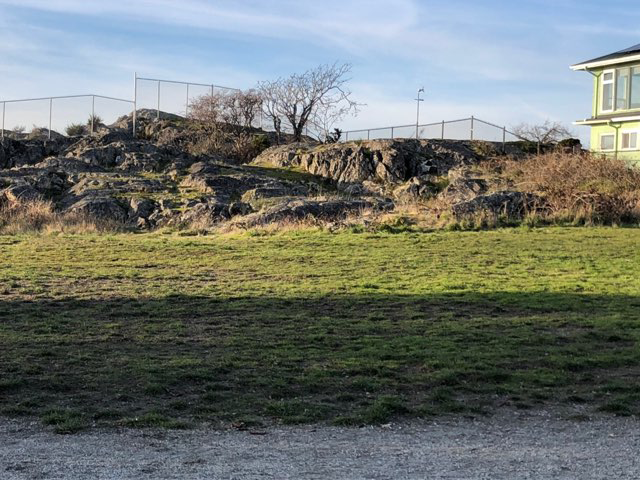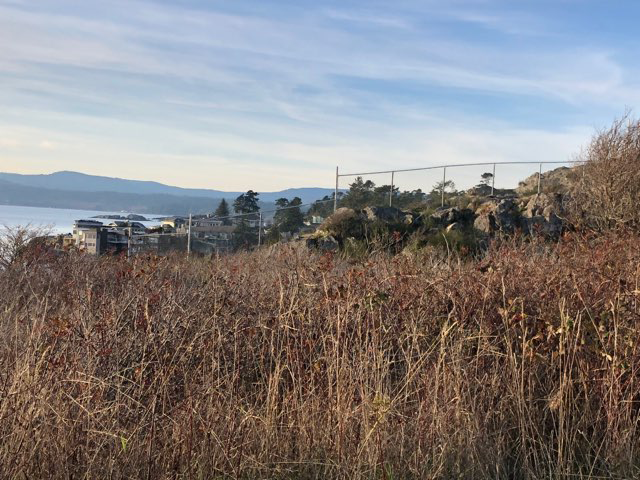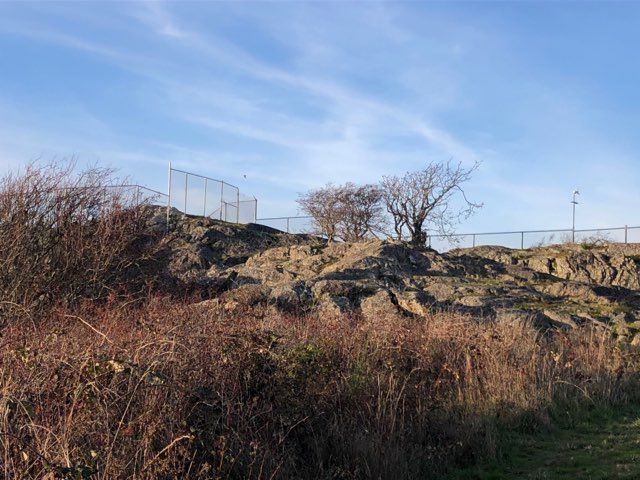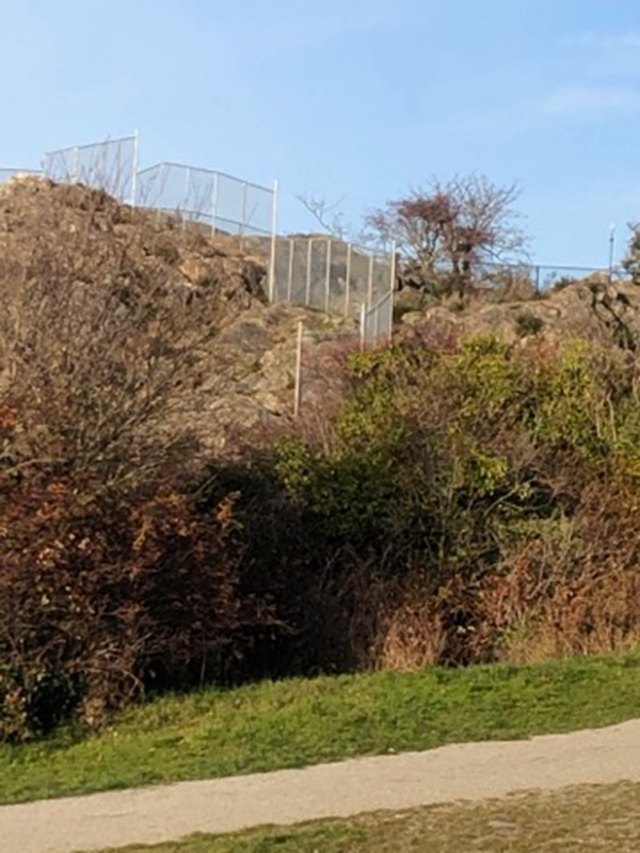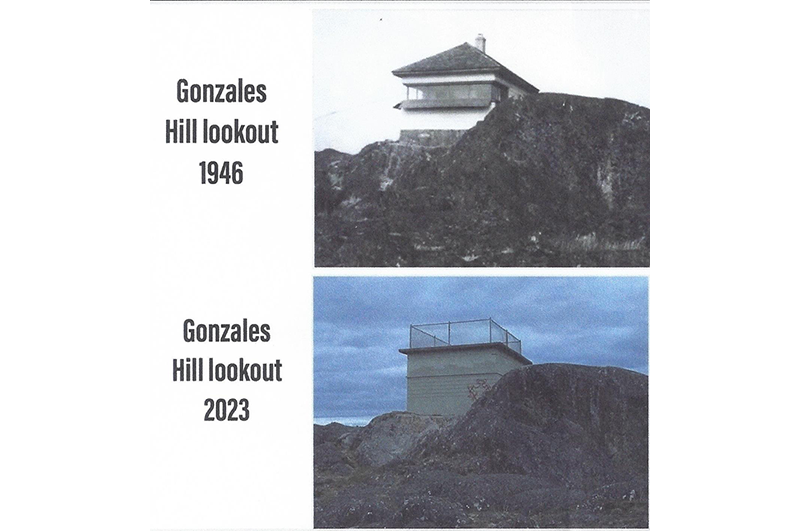 |
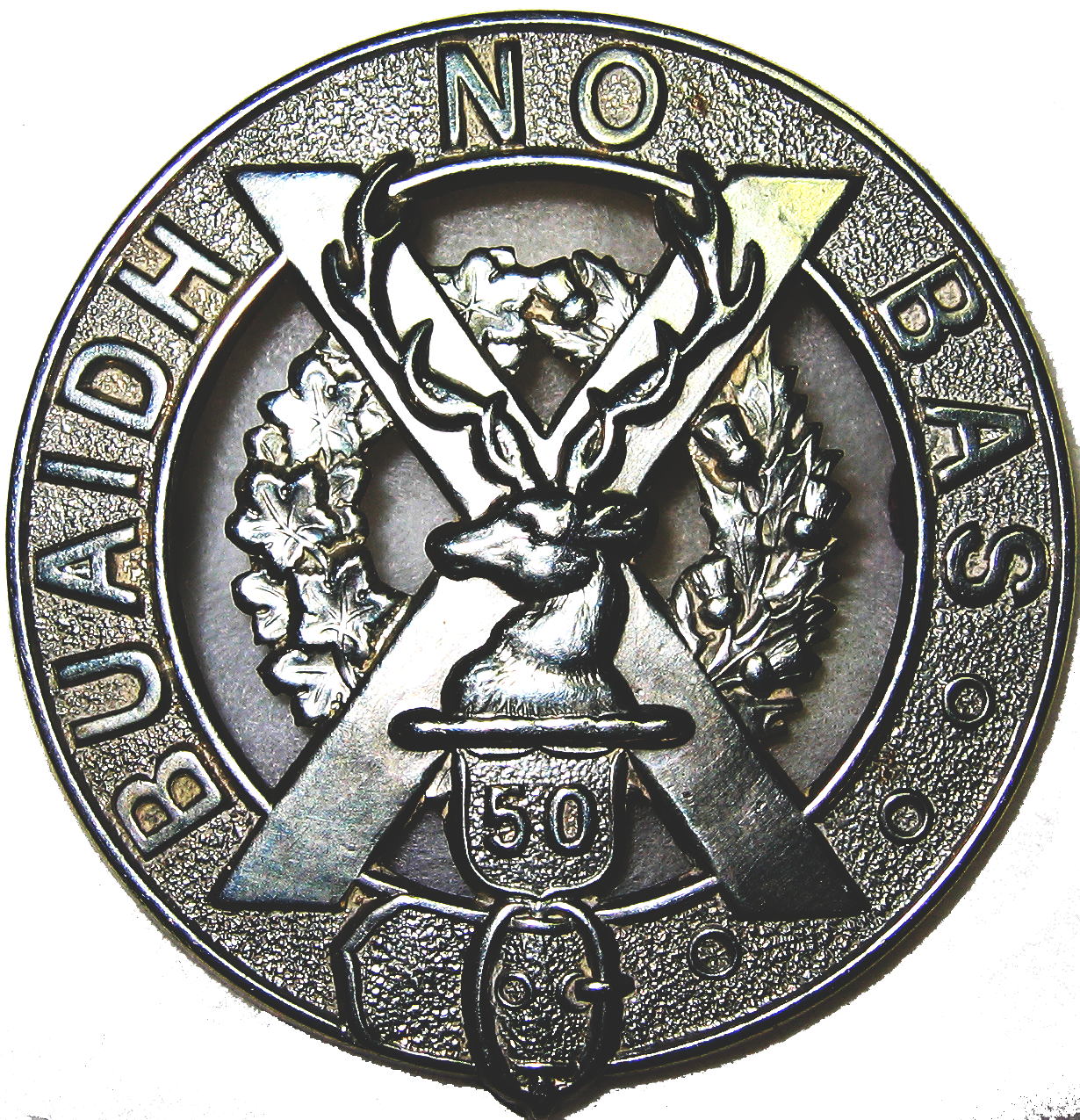 OPCMHVisitor No.: |
HISTORY OF WORK POINT BARRACKSby Jack BatesPART 10 — 1995 to 20232023WORK POINT BARRACKS MEMORIALS WORK POINT BARRACKS MEMORIALS
The above list of memorials and buildings was provided to VETERANS AFFAIRS CANADA. WP 1071, the original 1902 RGA Sgt’s Mess building, which scored 48 “infamous” points in the FHBRO report 89-205, was ST. BARBARA’S Protestant Chapel from 1954 until late 1994. On March 30, 1994, 3 PPCLI held a ceremony in which a memorial window was placed in the chapel, dedicated to the memory of twenty-two 3 PPCLI members who had given their lives serving in the Battalion. The memorial window was eventually removed from the building post 1994. See March 30, 1994 for details on the ceremony. Aside from the memorial window reference above, WP 1071 does not have any PPCLI Regimental dedication and is not FHBRO Recognized. It is however, a component of the four historical buildings ROYAL GARRISON ARTILLERY HERITAGE PRECINCT, identified in the 2013 CFB Esquimalt Heritage Design Guidelines Final Report. For original record drawings of the six historical buildings see September 12, 2016. To complete the list of buildings with dedicated names within WORK POINT BARRACKS: 1953 built WP 1091 (Report 10-102) rededicated in 1998 the RAINBOW BLOCK; 1963 built WP 1092 (Report 05-044) rededicated in 1998 the OAKVILLE BLOCK; 1989 built WP 1093 the OJIBWA BLOCK; 1989 built WP 1094, rededicated in 1997 the VICE-ADMIRAL A.L. COLLIER BUILDING; 1999 built WP 1367, the COMMANDER E.A.E. NIXON BUILDING; 2005 built WP 1372, the ADMIRAL Sir CHARLES E. KINGSMILL Kt BUILDING. Buildings without dedications are: WP 1055, 1938 built Signals Centre WP 1058 (Report 10-102), WP 1061 and 2005 built WP 1373, the Galley. 1952 built WP 1125 (Report 10-102) on Munro Street and buildings in the Transport and Electrical and Mechanical Engineering complex are not included, neither are the 1895 plus built structures at FORT MACAULAY, the 1938 built GOLF HILL BATTERY structures or the 1940 built searchlight structures at McLOUGHLIN POINT. St. Peter and St. Paul’s Church – 1 PPCLI Colours, information and photo sent to VAC. See November 25, 1959 and May 6, 2017. ADDITIONAL HERITAGE ITEMS FOR WORK POINT
— Jack Bates SIGNAL HILL ARTICLES AND MISCELLANEOUS ARTICLES RE SIGNAL HILL GUN BATTERY TO THE DEPARTURE OF IMPERIAL TROOPS AND TURNING OVER THE SITE TO THE DOMINION OF CANADA GOVERNMENT COLONIST
TIMES ROSSLAND MINER ARTICLES RE SIGNAL HILL AFTER TURN OVER TO THE DOMINION OF CANADA COLONIST
TIMES COLONIST - With Photos
MISCELLANEOUS ASSOCIATED ITEMS
MURRAY EDWARDS MURRAY EDWARDS CELEBRATES 103rd BIRTHDAY Today Murray celebrated his 103rd birthday at Broadmead Lodge, absolutely amazing. He had numerous visitors, among them representatives from the PPCLI as well as Veterans Affairs Canada from Ottawa. Pictured here with his personal library in the background, he is also being assisted by his long time supporter and like X PPCLI friend Bruce Dickey, who celebrated his birthday as well, just 20 years later.
LEGION MAGAZINE The In – Between For those interested in the Canadian Army “In Between the Wars” so to speak, this article by JL Granatstein describes the era quite well, Work Point was well engaged with B Company PPCLI. Click to view article as a PDF. WORK POINT British Columbia Premier David Eby, whilst in Ottawa meeting with Prime Minister Trudeau on other matters, initiated a conversation about utilizing Work Point lands for housing and densification. This was aired on Chek TV News, followed by CTV Vancouver Island the next day. Mayor Barb Desjardins of the Township of Esquimalt was interviewed as well as others from the community at large. This is not the first that time housing for DND families at CFB Esquimalt has drawn the attention of CTV News. On May 23 and 25, 2022, this was a news topic and back as far as at least 1967, Work Point lands have been a point of discussion by developers and politicians. The only difference in discussions is that now First Nations are included in divestiture proceedings, (where appropriate) if it gets to that, Esquimalt Nation in particular. On February 15, 2023 and February 23, 2023 in the Times Colonist, the DND headlined “New apartments coming to CFB Esquimalt as hundreds wait for military housing.” However, there were no details at that time other than an 84 unit apartment complex to be built, it may not even be at Work Point ....
WORK POINT BARRACKS NAVAL WARFARE OFFICER IV GRADUATION NOW IV Graduation. Naval Warfare Officer IV Course – Swansea Division Graduation Ceremony at Work Point Barracks, CFB Esquimalt, on March 2, 2023. WORK POINT BARRACKS General Wayne Eyre, the Chief of Defence Staff, visited Work Point today, and addressed a crowd of about 100 in the Collier Theatre. Amongst other topics, an announcement on housing at CFB Esquimalt is expected soon. A rumor that he might make a brief appearance at the PPCLI Regimental Day celebration today, as the PPCLI was his first regiment, didn’t prove out. FORT MACAULAY Today I had the pleasure of escorting 11 cadets and two officers from various Army, Sea, Junior Canadian Rangers and Air Force cadet corps from all across British Columbia, including Vancouver Island, on an interpretive tour of Fort Macaulay. Organized by Major Madeleine Dahl, of the Cadet Instructors Cadre, it was part of a Canadian Coast Guard training program during spring break. None of them had been to Fort Macaulay before and it proved to be a most informative time for them all, to which there was no lack of enthusiasm. Tested by questions from their perspectives, it afforded me a chance, in depth, to relay the history of the fort to which they could relate. Of course, this landmark fortress setting provided the perfect “historical interest” environment as well as the cadets experienced residence in Work Point Barracks for their five days.
Also, during spring break at Work Point, a student Police Training Camp was held as well as a course in Urban Search and Rescue was hosted at the Macaulay Point site. WORK POINT BARRACKS 3 PPCLI MEMORIAL WINDOW IN BUILDING WP 1071 3 PPCLI relocated from Work Point Barracks June 30, 1994 and left the memorial window in place within building WP 1071. Over the course of repurposing the building post 1994, the window had been removed and was kept in local storage pending a return to the Regiment. Major Madeleine Dahl, former Commanding Officer of 2483 PPCLI Cadet Corps, headquartered in Work Point, discovered the window, had it framed for protection, and has passed it on to the Victoria Branch of the PPCLI Association. See March 30, 1994 and January 6, 2023 for further details.
445 HEAD STREET ESQUIMALT COUNCIL MEETING The public hearing on the application to rezone the property and amend the OCP was held concerning the former Work Point Barracks guardhouse and associated Salish Seaside RV Park lands without any contradictions. One comment was that the current zoning, or lack of, was an “historic anomaly,” and should be corrected. The buildings intended to remain are the Guardhouse, the current amenity building and a proposed storage shed. No other buildings are proposed due to the shoreline conditions and associated development restrictions. Considering myself an invested “stakeholder” in the Guardhouse, I did note that the original first nations corporation (Xhamasung Holdings LLP) was not the applicant for this process, it was Lekwungen Development Corporation & Kosapsum Development Corporation. Tom Westly was the presenter. From the NOTICE OF PUBLIC HEARING it is stated: The general purpose of the changes to the Official Community Plan and Zoning bylaws would be to formally establish and recognize the current and future land use as a recreational vehicle park and add definitions relating to recreational vehicles in the Zoning Bylaw. Please note that there are no structural changes proposed to the guard house or other existing structures. See December 1, 2022 for background information I sent to Mayor and Council on this topic also November 4, 2016, January 20, 2017 and March 1, 2017 for further on the Guardhouse/RV Park enterprise. FHBRO REPORT 10-102 An update on FHBRO Report 10-102 for Work Point (Macaulay Point 7 buildings): An argument should be made in my opinion and that of others, that FORT MACAULAY be identified and evaluated as a single entity, in an HISTORIC FORT concept, not just in an individual buildings format. The DND/Directorate of History and Heritage, in 1954, designates the fortress as such, and the Township of Esquimalt, which has tenure in Macaulay Point Park, identified it as an HISTORIC FORT ZONE in a 2009 report. There is also a Statement of Significance written and accepted by the Township for Fort Macaulay in 2013. Also, it is widely accepted that FORT MACAULAY was an integral, original, and longest continuously manned component of the Victoria-Esquimalt Coast Defence System, dating back to 1878. Its evolution included permanent installations in 1895, modifications in 1924 and 1938, adding Search Light Directional functions, with active Anti-Aircraft batteries, improved range-finding equipment, and a rifle range. In the FHBRO Report 10-102, one of the original buildings, WP 1201, was not evaluated, the two depression range finders WP 1194 and WP 1195, both 1895 builds were not mentioned, as well as the underground tunnel leading to the KEEP, and should not be excluded. There are also the landscape features, the “covered way” or Ring Road and the perimeter defensive trench, still visible in a number of locations. Adding the Fleming Beach cable hut, also a part of Fort Macaulay, would complete the report and recognize the battery status as a single entity. Aside, this report could use some editing as well. See January 12, 1954 and March 2015 items. Click here to view FHBRO 2010-102 - Macaulay Point 7 Bldgs. (PDF) At the time of FORT RODD HILL becoming a National Historic Site, Work Point Barracks, which included Fort Macaulay, was an operative military garrison, and not considered in an historic concept. Below are enhanced images from the 10-102 report:
TOWNSHIP OF ESQUIMALT At the Volunteer Recognition & Appreciation Event this year our group the “Friends of Fort Macaulay” were awarded certificates of appreciation for dedication and commitment. Another version I like is “The Fort Macaulay Field Force” reflecting on a past era of fortress defence.
KOREAN WAR I have some files created from JA Miller's scrap book and Korean Newspaper Articles from Ed Hansen's collection. These two scrap books contain newspaper articles and other items of the PPCLI during the Korean War in 1950, 1951 and 1952. JA Miller was in the 1st Battalion and Ed Hansen did two tours in the 1st and 3rd Battalions.
ESQUIMALT ARCHIVES The Esquimalt Archives created an exhibit featuring Fort Macaulay, Golf Hill and Work Point Barracks, with a few artifacts, displaying it in the Town Hall main floor. Great timing as it precedes Fort Macaulay Day on the 27th of May. I was pleased to contribute items and ephemera from my collections to this exhibit. Note the WW 1 bugle on the top shelf. Great work Chance and Jane!
FORT MACAULAY Today the Greater Victoria Green Team, in cooperation with the Township of Esquimalt, was active at Macaulay Point Park, clearing out invasive species which improves the presentation of the park grounds, while giving natural growth an increased chance of maintaining itself. Great work Kaitlin! The Friends of Fort Macaulay and the visiting public thank you again. CHOICE OF SENIORS Jack, Thank you for sending confirmation that the two sketches are indeed in the municipal offices. Both historical sketches you attached are the two commissioned by 3rd Bn PPCLI and completed by Ms Barr. It then appears (unconfirmed) that the two remaining and proposed sketches may never have been completed by follow on replacement officers. Unfortunate indeed as the purpose was to be an historical record. Thank you for using these sketches in you historical works. We trust that you may, in your project, at some time make the acquaintance of Ms Barr. Wishing you success in your continuing endeavours. — AJ (Jerry) Flaman Maj (Retd) See June 29, 1994. One sketch is of the entrance to Work Point Barracks, used on this web site, and the other is of the rear of the Officer’s Mess, demolished in 2006. FORT MACAULAY DAY
FORT MACAULAY DAY The 8th Annual FORT MACAULAY DAY was held today during sunny weather and just enough breeze to keep it comfortable. After a few opening words by the Mayor of Esquimalt, and myself with an ad lib response, the event was under way. Participants with their displays were the Victoria-Esquimalt Military Re-Enactors Association (VEMRA), members of the Greater Victoria Military Museums and Historic Sites group (GVMM&HS): Ashton Armoury, Canadian Scottish Regiment, 5th Field Regiment RCA, Fort Rodd Hill National Historic Site, and Organization for Preservation of Canadian Military Heritage (OPCMH), along with the Friends of Fort Macaulay. Unfortunately, the CFB Esquimalt Naval and Military Museum was unable to attend this year but vow to attend next year. The 2483 PPCLI Cadet Corps from Work Point Barracks were on hand again and enjoyed the field telephony and line laying exercise organized by Adam Miles. The Esquimalt Archives were present as always, the Esquimalt Lions of course held their BBQ and St John Ambulance was there in case of any mishap. Of special note once again, the Canadian Scottish Regiment’s Pipe Major Roger McGuire entertained the public and participants with many bag piping tunes, a real pleasure. I conducted the usual one hour plus tour of the 1895 Fortress for about 50 visitors and Phil Sherman of the 5th Field Regiment conducted a mini-tour for members of the Regiment and late arrival visitors, around 30 in all. There were many visitors this year from various parts of Greater Victoria and the mid-island, of course a secondary draw is that you can view the annual Swiftsure Race from Macaulay Point. A most pleasant day, how can it not be in this historic and scenic waterfront location. I look forward to May 25, 2024 to host this popular event again. A big thank you to the Township of Esquimalt Parks and Public Works departments along with the ETAG Program, for their assistance in making this another successful event. Also to the Friends of Fort Macaulay: Marilyn Day, Mike Phillips, Bill Armit, Ken O’Connor and anyone else who takes the time to help maintain and protect the environment of Macaulay Point Park, including the Vic PD E Division, who do the same. Thank you, Inspector Mike Brown. Photos courtesy of Chance Dixon of the Esquimalt Archives and Tony Austin of the VEMRA.
2483 PPCLI CADET CORPS Today the cadet corps held their 70th Annual Ceremonial Review (ACR) at the 136 year old historic military and scenic setting of Work Point Barracks. It was held on the parade square with flags flying, uniforms of various military units were evident and many guests were present as usual. Awards were presented, the cadets paraded and finished with the always exciting March Past to tunes of their band and appreciative applause from the audience. After the ceremony all were invited to the Gun Room in the Nixon Building for refreshments and a well-deserved social time. All is not work on this day ! The annual event never ceases to be a great show case for the cadet movement, as many of us can attest to over the years, with a lot of happy faces. Congratulations to Captain Rachel Lafitte in her first year as commanding officer of the cadet corps, to the cadets, the supporting staff and all the ever so dedicated volunteers. 19 special training events and their regular Tuesday night parades including marksmanship and band were the highlights of the year. I am happy to say that included their attending Fort Macaulay Day in May, see you again next year….
WORK POINT BARRACKS While driving in Work Point today I noticed the street sign “PATRICIA WAY” was not visible. This street was named in the 1980’s by the 3rd Battalion of the PPCLI, while they were the resident garrison unit at Work Point. This street joins Peters Street with Victoria View Road which leads to McLoughlin Point, formerly the ESSO bulk plant, and now the CRD McLoughlin Point Sewage Treatment Plant. Will it be restored or renamed? VICTORIA CITY ARCHIVES Photographs of Work Point Barracks buildings, in the Madge Hamilton Collection, created in 1953 by Cecil George Clark (1899-1993) reference PR-0058-M02534 to M02655. These black and white images of buildings in Work Point Barracks were taken before and in 1953. This will be a challenge trying to identify and date them. Feel free to contribute to this topic by referring to the #’s shown below the image.
COLWOOD JETTY The stripped remains of an M113 Troop Carrier, perhaps dating back to the 1960’s, was salvaged off a jetty at Colwood today. A great story, and probably a larger mystery!!
FORT MACAULAY
FORT MACAULAY Soldiers on a full pack route march were seen today at Macaulay Point Park, apparently medics in training on a course being held at Work Point. A great fresh air physical break in the day!
FORT MACAULAY Photos by Ruda Hlousek, see May 21, 2004 for a comparison.
COLONIST 88TH REGIMENT COLOURS LEAVING CHURCH FOR THE FIRST TIME IN A CENTURY Two fading military flags that have hung inside an Oak Bay church for more than a century are heading to a museum. The retired colours of the 88th Regiment Victoria Fusiliers have been in St. Mary’s Anglican Church since 1920. The flags represent the volunteer soldiers recruited in Victoria who fought in the First World War and saw action in the bloody battles at Ypres, Festubert and Langemarck. The colours will be transferred for preservation and display at the Canadian Scottish Regimental Museum at the Bay Street Armoury. Rev. Canon Craig Hiebert will preside over a handover ceremony at St. Mary’s chapel, 1701 Elgin Street on Saturday at 1 p.m., that will include representatives of the Canadian Scottish Regiment (Princess Mary’s) and a piper from the regiment. The ceremony is open to the public. Heibert said in an interview that it was tradition of the time that the Fusilier’s colours were consecrated by the Anglican Church – the Church of England – and kept there. Rev. George Andrews, Rector of St. Mary’s, did so in a ceremony at the 88th Regiment’s Willows Camp on the Lansdowne slope near Willows Beach in early 1916. Andrews served as the regiment’s chaplain and went overseas with 1,100 officers and men as part of the 88th Battalion Canadian Expeditionary Force, leaving Victoria Harbour on May 23, 1916. Accounts in the Daily Colonist at the time showed an overflowing ship of soldiers and thousands of onlookers cheering their departure as the British Empire strengthened it ranks in the escalating war. The sendoff was described as “one of the most inspiring that has been seen here since the beginning of the war.” At the end of the First World War, when Andrews and others from the 88th Battalion returned to Victoria, St. Mary’s Church held a memorial service. The colours of the 88th were given to the church to be hung in the chancel. In 1951 they were taken down when the church was being rebuilt and renovated, but were returned to their standards shortly after. Heibert said the colours were not taken into battle. “If they were lost, it could dishearten the soldiers or hearten the enemy,” said Heibert. Regimental colours, he said, should traditionally hang until they naturally fall off their standards. The flags, though fading from sunlight and long exposure to dust and time, won’t be given any special preservative measures, he said. “Our intention is only to preserve them longer in a natural state,” said Heibert. “They can’t be restored by an act of parliament and are intended to decay.” According to an online history of the regiment by Geoffry Hendrie and Nathan Walker in collaboration with the University of Victoria, the Victoria Fusiliers became a significant recruitment unit and many of its men were transferred to other battalions. It was reported in the Daily Colonist the Fusiliers supplied 45% of the officers and men of the 30th Battalion; 50% of the men and 35% of the officers of the 48th Battalion; and 105 men and three officers of the 62nd Battalion. The Daily Colonist also said it was worthy to note that the Fusiliers had “the distinction of sending overseas the tallest officer of the British Empire, in the person of Lieutenant Wilson, who is 6 ft 8 ¼, in height and who is with the 54th Battalion as one of its signalling officers.” The First World War ended in 1918 and the Victoria Fusiliers continued to meet until 1920. On March 15, 1920 a general order reorganized Victoria’s 88th and 50th regiments into the Canadian Scottish.
See August 6, 1914 - COLORS OF FUSILIERS for more on the origin of the colors.
Also, on the topic of the 88th Victoria Fusiliers Band, in the Colonist article of May 11, 1919 (3) VICTORIA FUSILIERS DID GOOD RECRUITING, BAND KEPT INTACT: It is interesting in connection with the history of the 88th Battalion to recall that the band of the unit, mostly composed of original members of the force, was one of the very few Canadian bands that was kept in tact in France, being known as the First Divisional Band, by the expressed wish of General Sir Arthur Currie.
TOWNSHIP OF ESQUIMALT Congratulations to Bill Armit on receiving Esquimalt’s “Volunteer Spirit Award” for his dedication to painting and maintenance of FORT MACAULAY over the past number of years, including his involvement in ETAG response. Bill is also a valuable member of “The Friends of Fort Macaulay.” HMCS VENTURE The command of HMCS VENTURE, the Naval Officers Training Centre at Work Point, passed to Commander Darren Sleen. The ceremony included a parade, participants marching to the parade square, where more than 300 students and staff had assembled to present themselves to the Commandant for the first time. Sleen succeeds Commander Mike Stefanson who will be posted to Maritime Forces Atlantic. NATIONAL PEACEKEEPERS' DAY The Minister of Veterans Affairs, Ginette P Taylor, attended a wreath laying ceremony at the Afghan Monument today along with the Deputy Minister of Veterans Affairs Paul Ledwell. Hosted by retired Brigadier General Larry Gollner, former president of the BC Afghanistan Memorial Society, it was well attended by many from across Greater Victoria. The monument, unveiled in 2017, reminds everyone of Canadian peacekeeping efforts, albeit with great loss, but how it served the greater human need. All this through the evolution of the rules of engagement, from peacekeeping to peacemaking and eventually open battle.
Later in the day, a ceremony and parade were also held at Memorial Park in Esquimalt commemorating National Peacekeepers Day, an established annual event in Canada.
National Peacekeepers’ Day was established in 2008. It provides an opportunity for Canadians to express the pride and respect they have toward personnel of the Canadian Armed Forces, the Royal Canadian Mounted Police, and provincial and municipal police forces, as well as the Canadian diplomats and civilians who have worked in support of international peace and security operations. Since 1948, more than 125,000 Canadian peacekeepers have participated in dozens of international efforts all over the world. August 9 was selected as National Peacekeepers’ Day to recognize the greatest single loss of Canadian lives on a peacekeeping mission, which occurred on that date in 1974. All nine Canadian peacekeepers who were on a United Nations-marked Canadian transport aircraft were killed when their plane was shot down by Syrian missiles during a regular resupply mission in the Middle East. It was the largest single-day loss of Canadian Armed Forces personnel in a peace support operation. LOOKOUT
Click here to view the article as a PDF. WORK POINT BARRACKS Today a Canadian Forces CH-148 Cyclone helicopter “dropped in” demonstrating a landing at Work Point in association with the Raven Program and its graduation ceremony for 2023.
ESQUIMALT Interestingly enough, a COLONY of VANCOUVER ISLAND flag was seen flying in the backyard of a home in the 800 block of Intervale Avenue. RAVEN PROGRAM Work Point, the home of the RAVEN PROGRAM in its twentieth year, hosted the graduation ceremony today. Over thirty cadets graduated this year after a six-week training period. PPCLI This website maintains an affiliation with the Princess Patricia’s Canadian Light Infantry (PPCLI) as the regiment garrisoned Work Point Barracks for a total of 52 years. The PPCLI General Collection contains contains a wealth of in depth information on the PPCLI. Click here to view this large PDF. ROYAL ROADS I would like to pay tribute to Dr. Geoffery Bird of Royal Roads University’s School of Communication and Culture who has produced the Royal Roads University’s War Heritage Research Initiative, a collection of 27 films exploring sites of memory that have a link to the World Wars. His latest production is ”The Brooding Soldier” and “Ways We Remember War” is to debut by Remembrance Day this year. For more on this topic see warheritage.royalroads.ca. This reference is not intended to glorify war but to remind us all of the irreversible human and domestic devastation caused by war.
LOOKOUT JAGUARS ON THE PROWL
COCKRELL HOUSE CHANGES NAME, MANAGEMENT TEAM
OPCMH Some interesting Royal Canadian Navy items have come my way, which I believe are from the files of Major FV Longstaff (see ESQUIMALT NAVAL BASE - 1941) and are of local historical military and naval interest: Canada's first submarines - CC1 and CC2. In July and the early part of August, 1914, when war with Germany threatened, serious thought was given by various authorities in British Columbia to the danger to be expected from the powerful German fleet. It was felt that the Rainbow and the two Royal Navy sloops, Algerine and Shearwater, were insufficient protection. It so happened that the Seattle Construction and Drydock Company was building for the Chilean Government, two submarines. The Chilean Government was somewhat behind in its payments and the builders were glad to sell to somebody else. Under these circumstances, it was not surprising that the Premier of the B. C. Provincial Government (Sir RIchard McBride) and the president of the company (Mr. JV Paterson) came to an agreement that the submarines should be purchased for $575,000 each. There was an agitated flow of messages to Ottawa and London. When the Premier did not receive a definite reply, he decided on the 4th August to send over Captain Logan, a London Salvage Association surveyor, and a Reserve Sub-Lieutenant in plain clothes, to complete negotiations. In great secrecy—to avoid being found infringing U.S. laws—the submarines were taken by the Company to a position in the Strait of Juan de Fuca where they were to be met by SS SALVOR. By good luck a retired Royal Navy officer who had served in submarines was available to be sent to examine the purchase. He, Lieut.-Commander Bertram Jones (Seniority as Lieut.-Commander was 30 August, 1915) was accompanied by the Chief Engineer of Esquimalt, Lieut. Wood aboard the SALVOR. After a long inspection, the boats were accepted, the Province’s cheque for $1,150,000 was handed to the anxious Mr. Paterson and the submarines shaped course for Esquimalt after hoisting the British colours. The transaction had taken place none too soon. Just when the submarines were arriving in Esquimalt, the morning of 5th August, a U.S. cruiser was searching the American side of the Strait in order to prevent any violation of the President’s proclamation signed that day to cover hostilities between Great Britain and Germany. The arrival of the little submarines caused great excitement largely because very few authorities had been warned. The examination vessel conclude that they were invaded and sailed at full speed into the harbour shrieking an alarm; an army battery, unaware of their identity were within an inch of opening fire. But this was nothing compared to the consternation of the Dockyard. A message to Naval Headquarters asked for a long list of people and materials and contained the ominous statement: “We have nothing.” The Admiralty advised the Canadian Government that the submarines were worth purchasing and on 7th August the Dominion Government assumed responsibility for them and by an order-in-council placed them at the Admiralty’s disposal. As they were of about the same class as the Admiralty Class, they were re-named CC-1 and CC-2 ( the first C for Canada, the second for C class) instead of IQUIQUE and ANTOFAGASTA. Thus, for a few days, British Columbia, despite the British North America Act, possessed its own navy. The submarines presented quite a problem There was one officer, Lieut. Adrian Keyes (Brother of the famous Lord Keyes of Zeebrugge fame) and a few dozen volunteers, the majority of whom had never even seen a submarine before. Keyes commenced the training of his crews by having them change all the tally-plates from Spanish to English. This afforded an unexpected opportunity to find out what made the submarines go. There were no torpedoes and NIOBE had to send some of hers to help. By the end of the month, however, CC-1, commanded by Keyes, was ready for service. Lieut. WT Walker, R.N. (Ret’d) and Midshipman Maitland-Dougall, one of the early graduates from the Royal Naval College of Canada, was also on board. Three ex-ratings and thirteen RNCVR completed the complement. CC-1 had 5 tubes and storage space for 5 torpedoes. She was 144 feet long and displaced 313 tons on the surface. Shortly after, CC-2, under Lieut. Jones with Lieut. BL Johnson, R.N.R. (Pilot in the KOMAGATA MARU) was ready. Her complement was completed by 6 naval ratings and 10 RNCVR. CC-2 was 152 feet long, had only 3 tubes but could carry 6 torpedoes. On the 8th September, the two submarines acquired HMS SHEARWATER as their mother-ship. For the next three years, the two little craft remained on the West Coast cruising and training. They did not meet the enemy and acquired no battle honours but their crews had the satisfaction of working with them up into efficient units. As Sir Richard McBride said, it was a success for the RNCVR. In 1917, when the situation in the Atlantic was becoming difficult, it was decided to send the two little submarines around to Halifax. For them the trip of some 7,000 miles was a long nightmare. That they arrived at all was a great triumph for their officers and men and particularly for those in the engine-room. When they finally arrived on the 14th October after nearly 4 months spent en route, it was clear that they were unfit for further service without major replacements. They remained in Halifax until 1920 when they were sold. It can well be imagined that the peculiar circumstances under which the submarines were purchased would cause a political upheaval. There were questions in Parliament and an enquiry in due course, but throughout, the Government stood by Sir Richard McBride and he emerged with flying colours. While the submarines did not, in fact, meet the enemy, the judgement of history is that their purchase was wise and that their presence on the coast was a valuable addition, not only to naval strength but also to public moral. See July 1943, BC Historical Quarterly Vol. VIII, No. 3 by GN Tucker. FORT MACAULAY This past week the Friends of Fort Macaulay (The Fort Macaulay Field Force) undertook maintenance at the accessory buildings. The surface drains have been exposed and the buildings painted an attractive brick red. The scene is very photogenic, as it has always been of course, but now a much more colourful subject, especially at different times of the day.
CFB ESQUIMALT NAVAL and MILITARY MUSEUM For the past two years, the PPCLI exhibit in building N 39 has been undergoing some changes along with additions to the Korean War display, in building N37, which now features 2 PPCLI involvement and the Battle of KAPYONG. This summer with the help of UVic summer students, the PPCLI exhibit has a new look, “appealing to a visitor’s perspective without losing the historical aspect being displayed”. Click to view the Base Museum Lookout Article. I think we’ll have to redress the mannequin. Recent PPCLI Association Newsletters have included reference to this exhibit undertaking, which hopefully will be finished by the end of October 2023. In addition, Association member Gerry Nugent is building a cabinet for additional display purposes. Click to view PPCLI Association Newsletters: Fall 2022 (PDF) and Spring 2023 (PDF). OPCMH Another Royal Canadian Navy historical article I presume was authored by Major FV Longstaff, perhaps in 1956. HMCS RAINBOW The passage of the Naval Service Act in May 1910 was the official beginning of the Royal Canadian Navy. The Act provided for a naval service which had to be created in the first place by recruiting and training officers and men. For this purpose two old cruisers were purchased from the British Admiralty. The larger, NIOBE, was allocated to the East Coast; the RAINBOW, smaller, to the West. The RAINBOW had been launched in 1891. She displaced 3,600 tons, had a main armament of two six-inch guns and carried a complement of three hundred. As yet there were not enough R.C.N. officers and men, so she was manned by the Royal Navy and Royal Fleet Reserve when she commissioned at Portsmouth, England, on the fourth of August 1910 under Commander JDD Stewart, R.N. The eighth of August 1910 is a landmark in Canadian history, on that day our naval authorities gave their first instructions to a man-of-war. These were to the RAINBOW telling her to sail for Esquimalt by way of Magellan Strait because the Panama Canal was not yet in operation. She completed her 15,000 mile voyage on the seventh of November and made her historic arrival in Esquimalt Harbour. To honour Canada, a national salute of 21 guns was fired and the little cruiser put on all her finery to greet the authorities and friends of her new home. The Daily Colonist and the Daily Times of those days leave no doubt that she was welcome. One of the proudest possessions of a naval vessel is her Battle Honours. These are composed of a list of engagements in which she and her predecessors took part and for which official recognition has been received. Visitors to RAINBOW—the seventh Royal Naval ship of that name would have been impressed with her Battle Honours:
It is interesting to note that the first RAINBOW was in active service for eighty-seven years and gained the first five honours listed above. For several months after her arrival, RAINBOW moved about the West Coast recruiting, training and showing the flag but she was forced to almost complete inactivity by the Government’s failure to build up the R.C.N. It is greatly to the credit of her small complement of officers and men that Canada’s navy was kept alive on the Pacific Coast. For several months after her arrival, RAINBOW moved about the West Coast recruiting, training and showing the flag but she was forced to almost complete inactivity by the Government’s failure to build up the R.C.N. It is greatly to the credit of her small complement of officers and men that Canada’s navy was kept alive on the Pacific Coast. Commander Walter Hose, who had received his previous training in the Royal Navy, was lent to Canada by the Admiralty early in 1911 and became RAINBOW’s Captain in June. In 1912 he transferred to the R.C.N. and thus paved the way for his future elevation to the leadership of the Canadian Navy. For nearly six years he was in command of a potentially greater ship than the shell she as reduced to by parsimonious officialdom. The glory of the then Pacific Command of the R.C.N lay not in the ships or exploits but in their refusal to give in to the prevalent idea that a Canadian navy was an idle fancy. This excerpt from the Prince Rupert Daily News of 6th October 1911 sheds an interesting light on the ship and her officers: “Although now the property of the Canadian people, and forming the nucleus of a fleet of swift and powerful vessels to protect Canada’s coast-wise wealth in fisheries, and fur sealing, not to mention immediate defence of coast cities and shipping trade in time of war, the RAINBOW was originally lent to Canada as a training ship fore the young Canadians anxious to learn the defence of their country by sea. The officers of the RAINBOW are all men from the Imperial Navy, men who have handled the finest fighting ships in the world on the waters of the seven seas under the White Ensign of the British Admiralty. Very soon they will have to return to their ships in the British Navy, fore they are only loaned to Canada for a period of two years. The names of the officers are: Commander Walter Hose. Lieutenants” Aubrey ED Moore, Reginald V Holt, Richard L Edwards, (N) Ronald HC Hallifax. Eng. Commander, Thomas J Morgan, Eng. Lieutenant Roland HM Bury, Staff Surgeon Thomas A Smyth, M.B., Staff Paymaster Robert A Jinkin, Chief Artificer Engineer Reginald A Wood. The RAINBOW’S Gunners are: Herbert C Mock, Fred W Phillipmore, Ernest M Jehan and Corneliuus W King. Her Carpenter is Joseph Poling, and Artificer: Engineer C.N.F. Lewis F Jones.” The pay of R.C.N. in 1911 will surprise modern readers. Here is an excerpt from the Victoria Daily Colonist of 20th August 1911:
And from the Vancouver Province:
It was one of the planks of the Conservative party in 1911 that, if elected, they would repeal the Naval Service Act. This was the chief reason that much of Quebec defected from Lautier and made the swing that put the Conservatives in. It seems probable that the Prime Minister, Sir Robert Borden, did not carry out his declared intention (Hansard 1911–1912 Vol. 111 page 4242) because the West, which was solidly Tory, was very pro-navy. This statement may be misleading. According to Tucker, Vol. 1, p. 174, this statement was made by Borden after he formed the new administration. Moreover, repeal was to be considered not to reject the idea of a navy but rather to formulate a new naval policy that would be of some benefit in the rapidly deteriorating international situation. The attitude of the Government, the conditions of service and the articles in the press have given little comfort to those trying to create the R.C.N. However, RAINBOW was as smart as could be, as busy as her Captain could keep her and as happy as circumstances would permit. Throughout 1912, regular cruises and exercises were carried out, quarterly gunnery returns sent to H.Q. and the old R.N. rifle range at Comox put into usable shape and the ship’s company put through the annual musketry exercises. In July 1912 the ship had the honour of being inspected by H.R.H. the Duke of Connaught. Admiral Hose has written of that time:
It is told of a new officer joining RAINBOW that thinking RAINBOW inactive he remarked to the Director of the Naval Service: “I suppose RAINBOW no longer goes to sea.” To which Admiral Kingsmill replied: “I thought you said you know Hose. Let me tell you this, if Hose cannot get the RAINBOW to sea any other way he will put an oar out of a scuttle each side and pull her out.” It pretty well came to that. In 1913 the RAINBOW made one cruise to Barklay Sound with a party of soldiers from Work Point. The ship had only one steaming watch of stokers. When she returned to Esquimalt the “starvation process” kept the ship in harbour. That she was maintained at all was due largely to the efforts of such men as Mr. Haines, Gunner Chief ERA Wood and Mr. Brown, Carpenter. It is interesting that all three ended up with the rank of Commander in later years. For fifteen months RAINBOW lay in Esquimalt. One of the interesting features of 1913 was an expedition prepared locally by the famous Stefansson involving the steamer Karluk which, unhappily, foundered in northern waters on the way to the Arctic. The following historic document speaks for itself:
Although the permanent navy was withering away, private enterprise, which, fortunately, in a democracy can make up for Government failure, was proceeding with the formation of a naval reserve. In July 1913, a group of Victorians organized a naval volunteer detachment which was the beginning of the vast Royal Canadian Naval Volunteer Reserve which played such a proud part in the winning of the Second World War. To this early detachment — unpaid and unofficial — several officers and men of RAINBOW gave valuable help by instruction and encouragement with the approval and practical assistance of the commanding officer, Commander Walter Hose. In fact, it would be no exaggeration to say that the impressions of those years were a major influence on Admiral Hose when, as Chief of Naval Staff, he established the Canadian Naval Reserve system in 1922–1923. The pioneer company of the Royal Naval Canadian Volunteer Reserve — as it was originally called — was one of the most constructive efforts in Canadian naval history and in that success RAINBOW has a full share. A summary of the organization of the Royal Naval Canadian Volunteer Reserve is as follows:
The following are the names of those comprising the deputation to the Minister on July 24, 1913, who were introduced by Mr. Geary: Messrs. RG Jarvis, R Ponder, H Lifton, E Kay, WE Home, T Hibben. List of those at first drill: Lieut. HB Pilcher, R.N.; Mr. E Haines, Gunner, R.N.; Mr. JE Cox, Gunner, R.N.; Chief Writer D Thomson, R.N.; P.O. F Lock, R.C.N.; Mr. F Bligh, Civ. Instr. Late R.N.; Mr. J McDonagh, Civ. Instr. Late R.N. Mr. H Smith, ditto.
Volunteers — R. de B Hovell. VJ Cummings. P Tribe. D James. T Barnes. J Pearse. W Deffett. JA Taylor. HG Ogden. W Gifford. S Geary. AC Penny. Chas. Taylor. J Harper. E Parker. J Sheepshanks. NW Rant. G Lifton. EP Kay. GHS Edwardes. WF Billington. RW Day. RP Wilmot. RH Atkins. WH Watson. WH Payne. L Austen Leigh. H Craven. EA Burton. Wm. Wiley.
The formation of the volunteers was not without its difficulties and although an order-in-council authorizing it was passed in July 1914, it was not until the middle of the war that the Canadian Government took the matter really seriously. It is, however, a matter of record that some 8,000 officers and men were enrolled in the RNCVR during the First World War and that they formed a considerable part of the complements of RAINBOW and the other West Coast warships. In June 1914 RAINBOW received the good news that the ship was to be commissioned again to take part in the Bering Sea patrol. The following figures indicate the ship’s readiness for sea:
On August 15th, 1 officer and 43 ratings of the total of 121 were members of the RNCVR. Fortunately, additional men were provided from NIOBE and from England just in time to allow RAINBOW to assist the immigration authorities in Vancouver to quell an uprising on board the Japanese ship KOMAGATA MARU. A number of Indians who desired to enter Canada created a disturbance when they were not allowed to do so and were preventing the ship’s officers from sailing. On 20th July some 50 Naval Volunteers also came on board and that evening RAINBOW proceeded to Vancouver to deal with the Japanese ship. Fortunately the mutineers gave in, the KOMAGATA MARU left, escorted by RAINBOW and piloted by BL Johnson who later had such a distinguished naval career. Among the ratings who came out from England in 1914 should be mentioned P.O. Telegraphist Sherman, R.N. who converted the fixed spark gap, ½ k.w. wireless, with a maximum 200 mile range into an efficient transmitter working effectively from Santa Barbara to Estevan. The RAINBOW’S ability to communicate under difficult conditions was commented on most favourably by authorities of more than one nationality. Although RAINBOW was the only Canadian warship on the West Coast, there were two British sloops — part sail, part steam — the ALGERINE and the SHEARWATER. When war was declared, 4th August, 1914, RAINBOW’S first task was to escort the sloops from southern waters. It was known that two German cruisers LEIPZIG and NUERNBERG were in the Pacific area. The safe arrival of the sloops was the subject of great relief and even a congratulatory telegram from the Governor-General. Soon assistance arrived in the shape of the British cruiser NEWCASTLE and the Japanese cruiser IDZUMO, but RAINBOW spent a great deal of time at sea protecting trade and hoping for action. There were many “alarums and excursions” about the LEIPZIG, ranging from full confidence that RAINBOW would sink her immediately to terror that this country was about to be invaded. RAINBOW derived great satisfaction from capturing two German owned submarines, the LEONOR and OREGON. LEONOR was towed some 3,000 miles back to Esquimalt. OREGON went under her own power. This long trip under adverse weather conditions resulted in very short rations until home was reached. The sailor’s proverbially good humour was shown by a cartoon depicting a skinny group on the quarterdeck with the words: “Physical drill—all hands through the ring bolt.” In addition to patrols at sea, there was the continuous job of training new recruits. Many of the volunteers who subsequently served on both oceans had their first training in RAINBOW. One interesting detail in RAINBOW’s career is connected with the transport of the first shipment of gold from three Japanese cruisers in Barclay Sound to Vancouver. RAINBOW’s captain writes: “Instructions were to transfer the gold from RAINBOW to a special C.P.R. train in Vancouver at 0100. In order to do so after completing the loading of the gold on board RAINBOW, it was necessary to steam at 15 knots. On leaving Barclay Sound, the ship ran into thick fog — visibility practically nil. I decided on the Discovery Passage route rather than Active Pass as better lines of soundings could be obtained and echoes I needed for bearing and distance would be less confusing. About 0030 Point Atkinson fog signal could be clearly heard and I decided to go on slow for ten minutes more and if the fog did not clear by then to go out and anchor somewhere in St. George’s Sound and then renew the attempt the following night. Just at nine minutes we burst into clear atmosphere — only just in time. Prospect Point Light looked high up. In the middle of the entrance was a dredger with scows alongside — dredging the “middle ground” — , a strong flood tide was running and RAINBOW’s starboard engine had to be reversed to clear. All’s well that ends well and the precious cargo was safely alongside the C.P.R. wharf on time.” On 15th August 1914, Commander Walter Hose, R.C.N., succeeded Captain Gwynne-Corbett as Senior Naval Officer, West Coast of America, and flew his pendant in RAINBOW. This marked the first occasion that a Royal Canadian Navy officer had held this senior position, and it also marked the first occasion that a Canadian man-of-war flew the Senior Naval Officer’s pendant. In 1917, the German U/boat war in the Atlantic reached a critical stage for the Allies. Anti-submarine vessels were collected from all sources to form patrols along the eastern sea-board. Every trained officer and man was needed to man these vessels. Hence it was arranged between the Canadian Government and the Admiralty that RAINBOW should be paid off and her complement transferred to the Esat Coast. On 8th may, 1917, she was paid off after giving a special course of training in gunnery for the men who were to go to the patrol vessels. In June, she was re-commissioned in Esquimalt as a depot ship. Finally in 1920 RAINBOW was sold to a Seattle firm for scrap, for the sum of $67,777. After the explosion of 6 December, 1917, the Royal Naval College of Canada moved from Halifax to Kingston, Ontario, Fort Frederick Block, where it remained from January 1918 to June 1918, at end of the term. All cadets were later informed that the Naval College would re-open September 1918 in Esquimalt Dockyard. However, as a building was not then available, and as RAINBOW had been re-commissioned as a depot ship, the two terms would be accommodated for a brief period in RAINBOW. They slung their hammocks in the forecastle mess. NS 1012-5-2 The Seventh Class (entered R.C.N. of C. in 1916) had the following members:
NOTE: The Eighth Class (entered R.N.C. of C. in 1917 had the following members:
NOTE: In conclusion, it should be emphasized that RAINBOW’s greatest contribution to the history of the Royal Canadian Navy lay, not in her exploits against the enemy (the odds were that she would not have survived a duel with the LEIPZIG) but that she kept alive the idea of a permanent Canadian Navy and that she made such a single contribution to the formation of the Canadian Volunteers. Such officers and men as Captain Hose, Lieutenant Pilcher, Messrs. Haines and Cox, Petty Officer McDonough and many others maintained the enthusiasm of the reserve, encouraged them and gave them much of their early training. It is noteworthy that at a time when Government and Naval Headquarters showed little enthusiasm for the Volunteers, the Premier of this Province, Sir Richard McBride, demonstrated a keen personal interest and, in fact, presented a trophy for competition in RAINBOW. The name “RAINBOW,” which is at present borne by the Royal Canadian Sea Cadet Corps in Victoria, is a proud one in Canadian Naval history. OPCMH The following is another article presumed to be written by FV Longstaff, this time in 1956. HMCS NADEN The name “NADEN” is derived from a clan of the HAIDA Indians, and a river of that name in Graham Island of the Queen Charlottes. It was borne by a 60-foot, 100 ton, two-masted schooner built by the Wallace Shipyards of Vancouver for the Dominion Hydrographic Survey in 1913. In 1918 she was lent to the R.C.N. and was commissioned as a tender of the Royal Naval College of Canada to give the cadets training in sail and at sea. When HMCS RAINBOW was paid off, NADEN succeeded her as the depot ship with all officers and men serving in Esquimalt having her name on their books. In due course HMCS NADEN was sold and converted into the yacht MABEL DELL by Captain JW Hoggs who is understood to have made a considerable fortune supplying thirsty Americans. Later she was sold to John Golbert, the movie star of the silent picture, who converted her and renamed her ENCHANTRESS and took her to Los Angeles. All efforts to find out what happened to her since have failed. When Canada acquired the Royal Naval Hospital together with the other naval establishments and properties in 1910, she acquired the site of what is now HMCS NADEN. At that time the hospital was closed down but it was reopened and used as a convalescent and rehabilitation centre during the First World War. It was not until 3 September, 1922, that NADEN was commissioned as a training establishment with Commander Charles Taschereau Beard as the first commanding Officer. Building #20, the 1956 Training Commander’s office, was the residence of Commander Beard; Building #19, where the Naval Library and Well-Baby Clinic are located (1956) was the Wardroom. The parade square was between the Wardroom and the buildings which have now been remodelled into two chapels. In 1929 Building #2, which is just inside the Main Gate, was erected to serve as an Electrical School and a Torpedo Anti-submarine building. In 1936, when NADEN was separated from the operational command of the coast, considerable construction was undertaken. A drill shed, #33 A, which is now known as the old gym, was constructed. Excavation was carried out by shovel and horse-cart. The earth was used to fill in the end of Pilgrim Cove where the present anti-aircraft school building is located (building #63). In the same year, Building #5, the Administration Building where the Commodores and Commander and their immediate staffs have their offices, was put up and Building #12 was constructed as a school. In 1938 the new parade square was built. By 1939 it became necessary to expand beyond the original limit and a section of private property was expropriated. This included the section bounded by Dublin, Liverpool and London streets of the original Esquimalt and included the McKay Dairy Farm: the McKay house was where Nelles Block now stands, the barns were where the Wardroom is, and the pastures where the Officer’s Naval Married Quarters are located. In that year, Building #11, the Educational Training School, was constructed as a Pay and Records Office. Until 1939 Building #25 was the Esquimalt Radio Station. It came under the direct control of the Commander in Chief America and West Indies Station, together with Halifax and Ottawa. Bermuda acted as the control station and Esquimalt had direct traffic to and from Bermuda. At the beginning of the war, control was shifted in Canada under the new communication system. During the war years, extensive accommodation blocks were built, particularly 86A, 86B, 28X, 29Y and various buildings the other side of Admirals Road.
The Commanding Officers of HMCS NADEN from 1922 to 1954 were as follows:
The following note, provided by Constructor Lieutenant HEN Ockenden, RCN — a native of Esquimalt as well as an officer of many years — shed an interesting light on the history of NADEN.
It has been said by people who were living in Esquimalt in its early days, that the materials, bricks, slates, door frames, windows and frames, jalousie shutters, etc., were shipped by sailing ship around Cape Horn, the masons and bricklayers being sent along to erect the buildings. When the buildings were completed some of the men remained in and around Victoria, and the descendants are here to the present day. These buildings were designed and constructed to the code of the times, and similar buildings can still be seen in England. There was one large ward with two small rooms each side of the entrance, one was used for a sitting room and the other for Nurse’s station. The heating of these buildings consisted of fire-places in the ward, two large chimneys were erected with a fire-place back to back, and another at the west end, the bases of which can be seen under the buildings. Of course, these buildings were not suitable for housing Naval Personnel, so alterations were made during 1923 to make accommodation space for the men. The small sitting rooms and nurse’s station were fitted out with lockers which had an elaborate system of sash type sliding doors to give the greatest number of locker space in the smallest space available. The buildings were allocated #35 RCN Dorm., #39 RCNVR Dorm. Many a man of the former “wavy navy,” as it was then known, can remember the big barn of a room with the rows of double deck beds, the heat (?). Men were issued with extra blankets to keep warm; although heating plants had been installed during the reconstruction period they were inadequate for the areas. It will be noted that the window frames are double-fitted. The writer did not see the storm windows fitted and in use, but the jalousie shutters were fitted on the outside and were removed during the period of years 1923–1930, because they were being broken up with the winds. Later, these blocks were fitted out with hammock bars, to give the men experience in the slinging of hammocks, lockers were erected along the centre line of the dormitory and messes were organized exactly as they would be in a ship, i.e. tables and stools, bread barges, a type of cone-shaped oak barrel with lid, mess trap shelves and kettles, these items are disappearing out of the navy. Scars may be seen around the outer walls of the buildings where the copper catch basins were fitted from the eaves-troughing, and the down pipes were 3 inch lead piping, supported by lead brackets. This, of course has all been replaced through time by sheet metal piping, the lead and copper being too expensive to replace. It will be noted that the operating theatre space still retains the sky-light on the roof. The verandahs have been modified in cement but the supporting posts are still of the original design. The area that is now a parking area, was formally a bowling green, with grassy banks, which were replaced by rock wall and fill by working parties of NADEN in later years, after gutters had been laid and tarmac top had been completed. This parade ground was used for all training until 1936 or 37, when the barracks expanded to build the drill hall, and later a retaining wall was constructed to level up the area west of drill hall, this, coincidentally was the first major expansion programme in the Old Hospital area. Nelles Block and the new stores building are a far cry from the accommodation of the olden days. Additional Footnotes: 1937 – Building #55 built (building #53 in wartime). 1938 – Parade square constructed (#75B) Part of the fill hauled up again from Pilgrim Cove. 1939–1940 – Old Howe Block constructed to the east of the old gym (since torn down). 1954 – Nelles Block and new Gymnasium built. 1955 - Supply Building built. 1936–1937 – Building #22 was built as a cable storage facility. It is not clear when the four encroachment parcels within the Dockyard were turned over to Royal Canadian Naval jurisdiction. The original buildings #35 was named St, George’s Ward, now R.C. Chapel; #37, Operating Theatre; #39 was named St. Andrew’s Ward, now Protestant Chapel. Major FV Longstaff wrote two books on the history of HMCS NADEN:
See also the book HMCS NADEN 1922–1965 compiled by G Goossen, JD Smith, CD Gorden, DE Leslie, JG Coyle, MV Montgomery. MURRAY EDWARDS Murray passed away peacefully this morning at the Broadmead Lodge, his home for the past nine years. A funeral will be held on November 7th at Christ Church Cathedral, burial to follow at the Veteran’s Cemetery (God’s Acre) in Esquimalt, and then a reception at the Gorge Road Legion. He was 103 and looking forward to 104 on January 20, 2024. Click to see Murray Celebrates 103rd Birthday. OPCMH NADEN MUSEUM SQUARE The following are Federal Heritage Designations for buildings #20, 29, 35, 37 and 39 currently within NADEN, specifically NADEN MUSEUM SQUARE. The Recognized designations were finalized in 1990 by the Federal Heritage Buildings Review Office (FHBRO) under report 88-154.
For those taking note of the building’s scores the evaluations are as follows: #20, 66 points; #29, 58 points; #35, 60 points; #36, 28 points; #37, 60 points; #38, 28 points; #39, 60 points. Currently #20 is the Base Museum administrative office and library; #29 is the workshop; #35 is the chapel soon to become a wellness centre; #37, with its WW1 extension, is mainly the Naval component of the museum and #39 is the Military component of the museum. #36 and #38, built c WW1, survive and complement the functions of the complex today. For more see the CFB Esquimalt Naval and Military Museum website. This original Royal Navy Hospital Precinct is a component of the ESQUIMALT NAVAL SITES National Historic Site, declared such on June 29, 2006 including the unveiling of a plaque at the site called MUSEUM SQUARE. OPCMH HMS BEAVER CHARTS THE SEAS 1863-1870 Click here to view article (PDF) OPCMH THE THREE PRINCES The following is another of Major FV Longstaff’s historical naval articles, this time in draft form, dated I believe in 1956, at the Educational Training School in NADEN. Former Canadian National Steamships Princes DAVID, HENRY and ROBERT. Click here to view the article (PDF) For World War 2 histories of the Canadian Pacific Steamships Princess Kathleen and Margaurite, by TW Paterson, see October 8, 1967 and October 31, 1965. MURRAY EDWARDS Major (Ret’d) Murray Edwards, who passed away on October 14, 2023, at the age of 103, was buried today at the Veteran’s Cemetery along-side his wife, Morrie. After a service at Christ Church Cathedral, aided by six current and former Canadian Army pallbearers, he was laid to rest with the guidance of The Reverend Canon Andrew Gates and a C Scot R Piper on the hill. A 2 PPCLI veteran of the Battle of KAPYONG in Korea in 1951, he advocated for recognition of Lt. Mike Levy, who called down “Danger Close Fire, on his own position, successfully halting the enemy attack, saving the South Korean city of Seoul and the defending United Nations forces, in doing so. Murray also credited Mike Levy for saving his life that day, hence his personal quest. Adrienne Clarkson, former Governor-General of Canada and the current Colonel in Chief of the Princess Patricia’s Canadian Light Infantry, who created a “Tribute to Mike Levy,” sent a letter read out by Lt. Gen. (Ret’d) Kent Foster at the church service. Click here to view the letter and click here to read the information referred to in that letter regarding Major Michael George Levy.
ESQUIMALT Remembrance Day today at the Esquimalt Cenotaph, so very well attended, with many people following behind the parade to Memorial Park. With so much uncertainty around the world it seemed like the average person was more interested this year, and of course the veterans are very aware of global insecurity involving military forces. There also seemed to be an uneasiness in the fact that Christian prayers and references were mandated to be removed from Canadian Armed Forces chaplain services by the Federal Liberal Government. Also, noticeable each year, there seems to be less medals worn by veterans in the crowd, however, expressed dedication to remembrance and respect remains undaunted. All you had to do was listen to public dialogue. There were 48 wreaths formally laid; I had the privilege of laying a wreath on behalf of the Victoria Branch of the Princess Patricia’s Canadian Light Infantry Association.
The PPCLI Association also placed wreaths at the Afghanistan Monument opposite Christ Church Cathedral in Victoria and at the Cenotaph in front of the Legislative Buildings. At Fort Macaulay, various poppies and a bouquet of flowers were placed again this year, in honour of family members who served at the Fortress in wartime. The Victoria Esquimalt Military Re-Enactors Association (VEMRA) was on site again this year, throughout the inclement weather, to hold a service and enjoy a follow-up lunch time; thank you Don Thomas.
HATLEY MEMORIAL GARDENS At the Hatley Memorial Gardens, Major General JM Rockingham is buried in a family plot. His site was a little “Forgotten” as at one time was the KOREAN WAR, so I took the time to re-dress the grave site.
OPCMH Three more articles assumed written in 1956 by Major FV Longstaff on RCN events. THE VISIT OF HIS MAJESTY KING GEORGE VI Included because the colours were laid to rest in the chapel in building N 35 and remain there to date. However, the chapel is rumored to be closing so what happens to the colours, and the cairn is at Beacon Hill Park. Click here to view as a PDF.
KING GEORGE V COLOUR See TIMES photos June 3, 1939. HIGHLIGHTS OF OPERATIONS OF HMC SHIPS Highlights of Operations from the files of the Naval Historical Section, Ottawa, Ontario, 8 July 1955. Click here to view as a PDF. THE MINESWEEPERS History of the minesweepers from 1918 to 1940. Click here to view as a PDF. OPCMH PRESERVATION AND REPURPOSE OF WORK POINT BUILDING WP1068 It came to my attention that the 1904 brick building WP 1068, originally the Work Point Barracks RGA Detention Barracks, was slated for demolition. Researching, on December 21, 2021, it was listed on the Government of Canada, Impact Assessment Agency of Canada website, as” Public Comment Period on Intent to Make a Determination Demolition of Building Work Point 1068 at CFB Esquimalt. Written comments to be submitted by December 31, 2021, to:
That would have given ten days’ notice, during the COVID period of the demolition process that the building had come to the end of its life cycle and is to be disposed of by a contractor through Defence Construction Canada. The latest update on this was issued on January 1, 2022, the public comment period on this project was closed. This was the next day.
This building is identified as part of the WORK POINT ZONE 5, specifically on pages 17, 54 - 56 “buildings that should be preserved,” and 78-79, includes WP 1070, WP 1071 and WP 1075. This group constituted the Work Point Royal Artillery District, in the following report three years in the making: CRG Consulting - DCC – DRPM - Final Report Previous heritage reports by the DND, Stephenson and Kellogg 1974, Nelson and Oliver 1982, and NOTC 2001, all recommended that the building be preserved and repurposed. The FHBRO report 89 – 205 Work Point Barracks, completed in 1989, scored the building 48 points, along with WP 1070 and WP 1071, conveniently shy of the 50-point level required for RECOGNIZED status. WP 1075 scored 66 and is RECOGNIZED. The NOTC 2001 report specifically identified the four-building cluster as the Royal Garrison Artillery Precinct worthy of Primary Importance. To demolish this building, and not repurpose it would be the beginning of the end for this cornerstone heritage precinct, as the other three would be certain to follow, RECOGNIZED or not. To what credibility then all the studies and resulting recommendations over the last 50 years by the DND and CFB Esquimalt on heritage building preservation and reuse at Work Point. View NOTC 2001 Report Heritage Grouping Plan as a PDF.
Although the building has not been occupied for well over a decade, previously as an office, storage, and lastly Urban Search and Rescue training. I understand it is sound, two-story brick on concrete, well serviced, obviously neglected in maintenance, particularly on the inside. The other three buildings in ZONE 5 remain in use today, repurposed over the years. See Part 6 of the above CRG 2013 CFB ESQUIMALT REPORT. WP 1068 could have remained functional and would not now be in the category of “Demolition by Neglect.” A term witnessed at Work Point over the past two decades as I have followed Work Point events for over 30 years. Images of WP 1068 - July 30, 2004:
View Original Royal Engineers Building Plan as a PDF. Pictures of WP 1068 taken November 14, 2023:
To voice other opinions, do we really need another parking lot? The landfills are exhausted, Retain the core structure, It’s not suitable for a housing project in reality, a current topic these days at Work Point, and CFB Esquimalt, both in need for its personnel, single and family. In November 2012, Auditor General Michael Ferguson’s report on DND property revealed that CFB Esquimalt was the worst of the 19 bases across Canada compared in maintenance dollars spent. Part of the resolve to this discovery was to centralize real property management in Ottawa to improve efficiency, with additional funding to be provided. However, this obviously didn’t include Work Point. Since the 2012 audit, the only improvements noticeable are attributed to the McLoughlin Point Wastewater Treatment Centre and the Macaulay Point Pumping Station projects, along with exterior renovations to some of the Residential Housing Units. Cables on reels remain rotting in the adjacent field and the ball diamonds are not restored. Dare I bring up the condition of two remaining FHBRO RECOGNIZED buildings in Work Point, WP 1004 and WP 1020, both rumored to being repainted and in serious exterior neglect. Which aside, brings me to mind the diminished amenities and social opportunities of the 170 or so residential units at Work Point, compared to those at Belmont Park in Colwood and the Signal Hill residential locations. Let alone, Work Point’s general appearance, harsh, but true. 12 of the RSU’s in Work Point are civilian houses expropriated circa 1942, dating back 1922 to 1940’s. A brief summary of deconstruction activity since the AG’s 2012 audit includes: seven family housing units demolished, WP 1158 (1) and WP 1225 (6), with no replacements, the former TOWN HALL building WP 1079, demolished and the former Family Resource Centre, WP 1163, eventually relocated off site. Another iconic loss, WP 1030, the 1898 unique and one-of-a-kind Canadian West Coast Artillery and historical cultural landscape ammunition magazine, ignored and then neglected, was demolished, without apt due diligence by the Base Departments. This being partially due to the in-concise FHBRO reporting procedure in 89 – 205. Its PILT in 2014 was $89 per year. Finally, two World War 2 wood frame buildings WP 1203, WP 1184 and a radio transmission building / bunker WP 1182, in the CFB Esquimalt urban search and rescue area, were demolished, along with WP 1205, the Pistol Range. I have written to the CFB Esquimalt Base Commander about WP 1068 seeking intervention, apprising him of the all the DND and Base heritage reports, specifically the CRG March 2013 Final Report, and requesting a new FHBRO heritage re-assessment of the building as the 89-205 report was in 1989, soon to be a 35-year-old evaluation. Also, letters to the Minister of National Defence Bill Blair M.P., the Conservative Defence Shadow Minister, James Bezan, M.P. I have also initiated an ATIF request to National Defence in years 2022 and 2023 for WP 1068.
As the Township of Esquimalt is involved, I would assume the DND has contacted it as the PILT (Payment in Lieu of Taxes) is also affected although I understand from September 2018 correspondence between the DND and the Township there was a lack of communication when Munroe Head was transferred from the DND to Public Services and Procurement Canada. Of lesser importance perhaps re WP 1068, the building was designated “HILL 70 BUILDING, along with others” by 3 PPCLI, when the unit was in Garrison at Work Point, departing from Esquimalt in 1994 after 24 years, a third part of a total of 52 years in residence since 1920. Based on the above reasoning and background, I would like to see that building WP 1068 could be cleaned out and steps taken to preserve it by occupation and functionality, including life cycle repairs as necessary to maintain the image of the Canadian Armed Forces at CFB Esquimalt through its character of historical and newer buildings. This theme enriches the Canadian West Coast institutions, HMCS VENTURE (NOTC) and the Royal Canadian Navy CAMPUS PACIFIC and Fleet School Training Centre at Work Point. On related notes, I find that WP 1119, a 1943 building in the RCEME and Transport compound will be replaced by WP 1377, a new prefabricated steel building. On building numbering at Work Point, now I am curious where 1374, 1375 and 1376 are! Also, the prefab modular training structures are noticeable now in front of and behind WP 1020, stay tuned! Finally, after seeing in the LOOKOUT November 6, 2023, that the Medium Urban Search and Rescue team was training in “the abandoned” building N1 in NADEN, I perceive this building is the next target for demolition. Have a look at that one and tell me the rational for demolition and not repurpose. I have initiated an ATIF to National Defence in years 2022 to 2023 for N1.
Building N1 is identified in The Training Buffer Zone of Naden, next to Heritage Zone 4 in the CRG Consulting Final Report dated March 30, 2013, CFB Esquimalt Heritage Design Guidelines Dockyard, Signal Hill, Naden, Work Point. This is the same report that established Heritage Zone 5 in Work Point. Regarding building N1 it states "Other buildings that reinforce the heritage character of this zone and that should be preserved (blue) are: N1, 36, 38, and 56.” FORT MACAULAY It appears that additional new chain link fencing has been installed at Macaulay Point Park, adjacent to 304 Clifton Terrace, and above the Fleming Beach rock face. Photos courtesy of Marilyn Day.
88th VICTORIA FUSILIERS The regimental colours of this WW 1 Victoria raised regiment are now in place at the Canadian Scottish Regimental Museum in the Bay Street Armoury after being relocated from St. Mary’s church in Oak Bay, originally placed there in 1920. Courtesy Mike Heppell. Click to view PDF file. GONZALES HILL LOOKOUT A component of the Victoria-Esquimalt Coast Defence network in World War II was the Fortress Observation Post on top of Gonzales Hill. Built in 1942, designed as a residence, it housed a Barr and Stroud Rangefinder, and was in communication with the Plotting Room at Fort Rodd Hill. It is currently part of Walbran Park in Oak Bay on Denison Road.
|
|||||||||||||||||||||||||||||||||||||||||||||||||||||||||||||||||||||||||||||||||||||||||||||||||||||||||||||||||||||||||||||||||||||||||||||||||||||||||||||||||||||||||||||||||||||||||||||||||||||||||||||||||||||||||||||||||||||||||||||||||||||||||||||||||||||||||||||||||||||||||||||||||||||||||||||||||||||||||||||||||||||||||||||||||||||||||||||||||||||||||||||||||||||||||||||||||||||||||||||||||||||||||||||||||||||||||||||
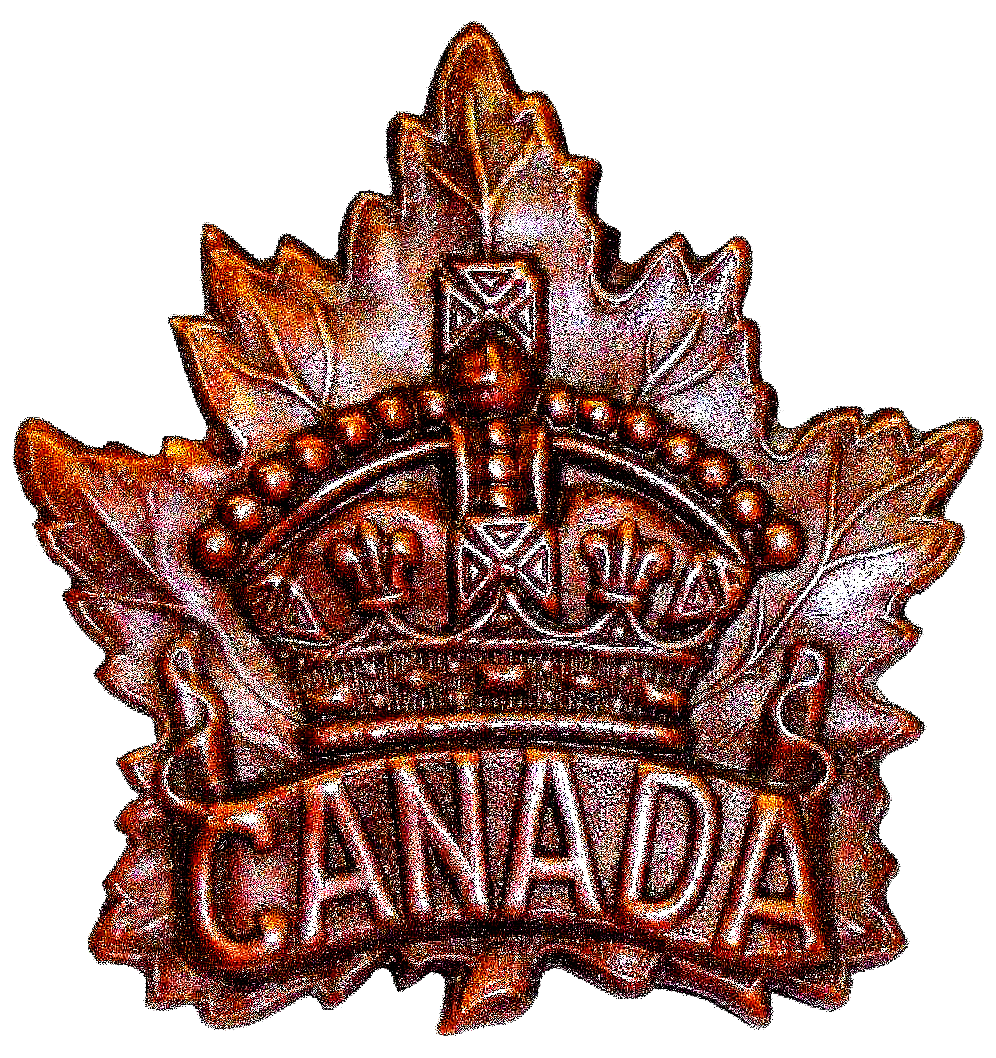
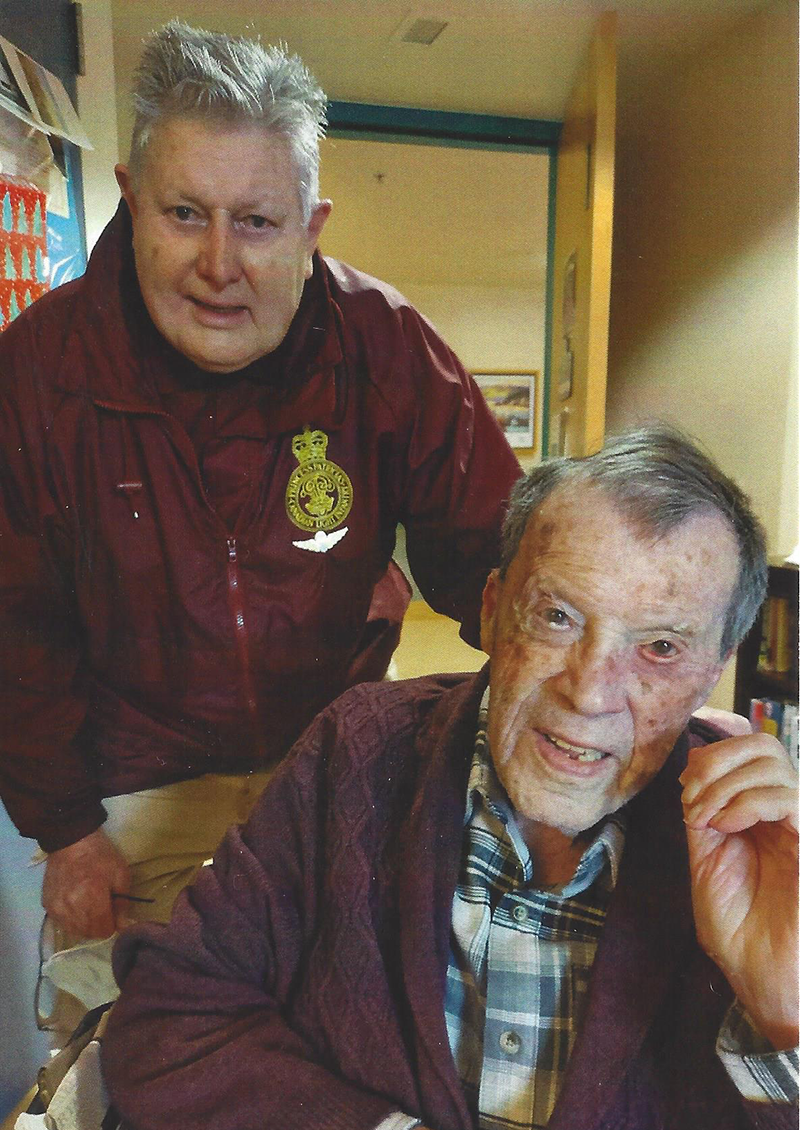
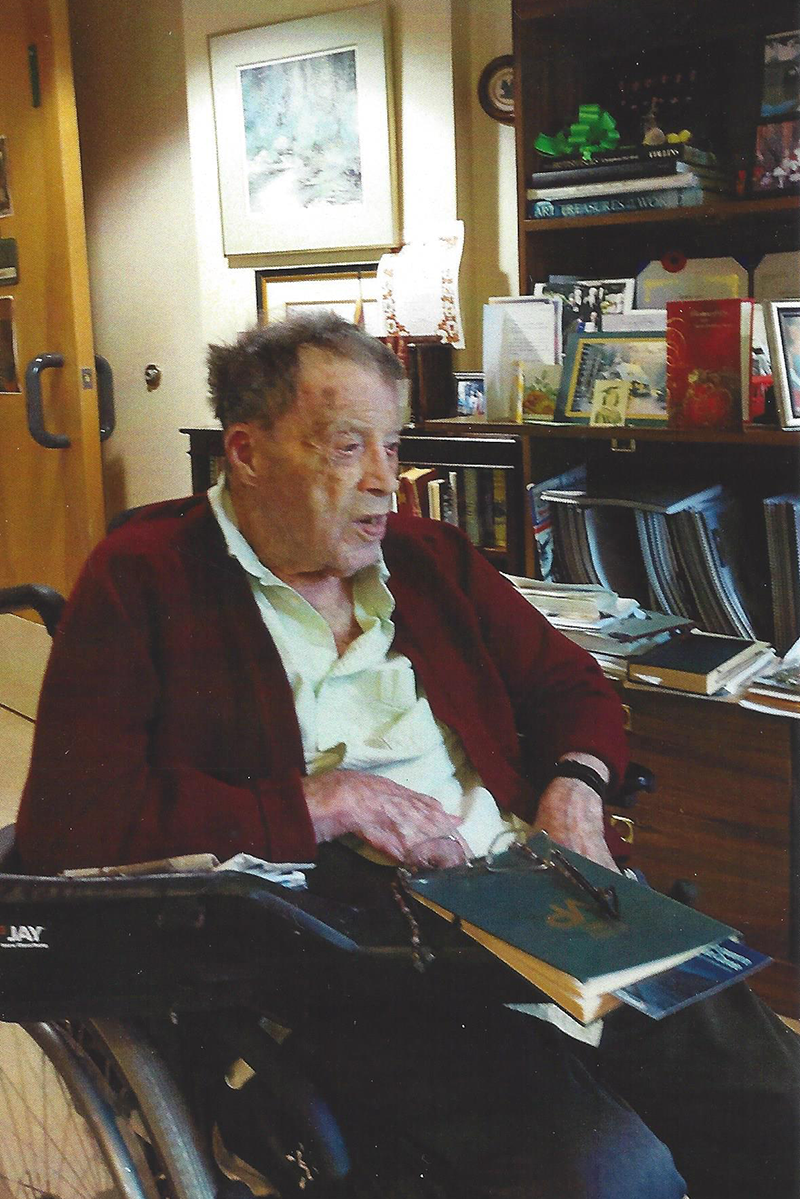
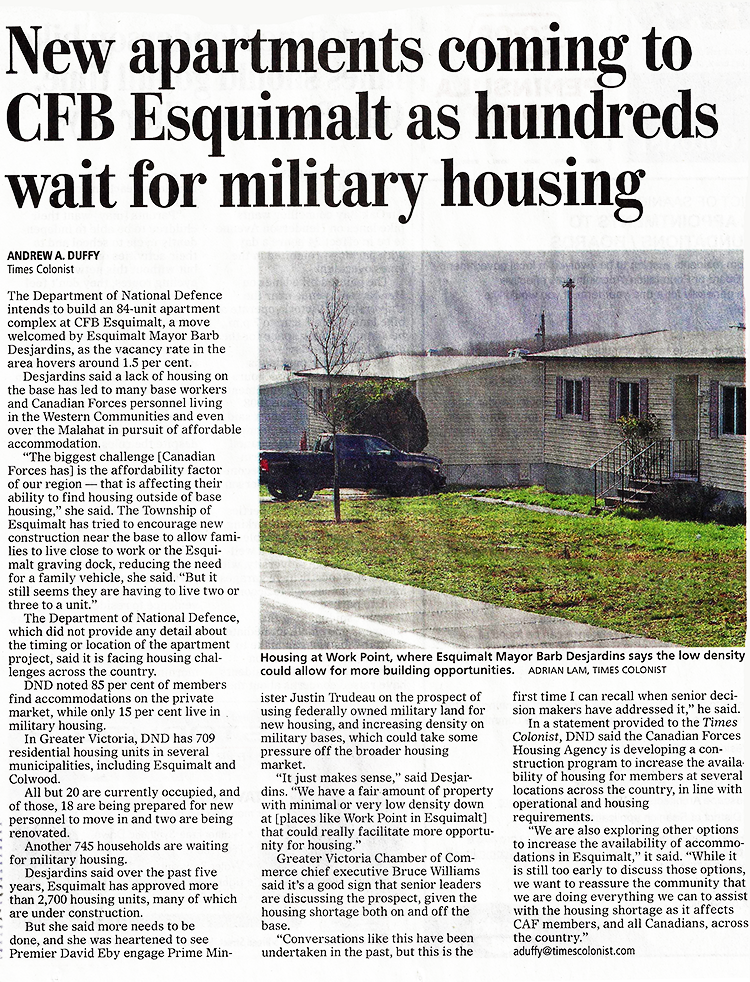
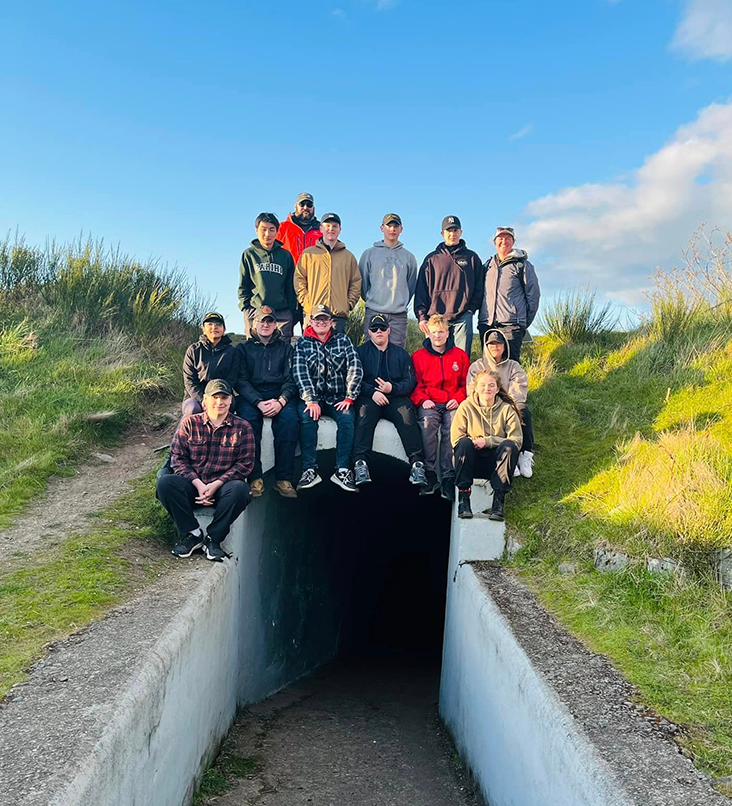
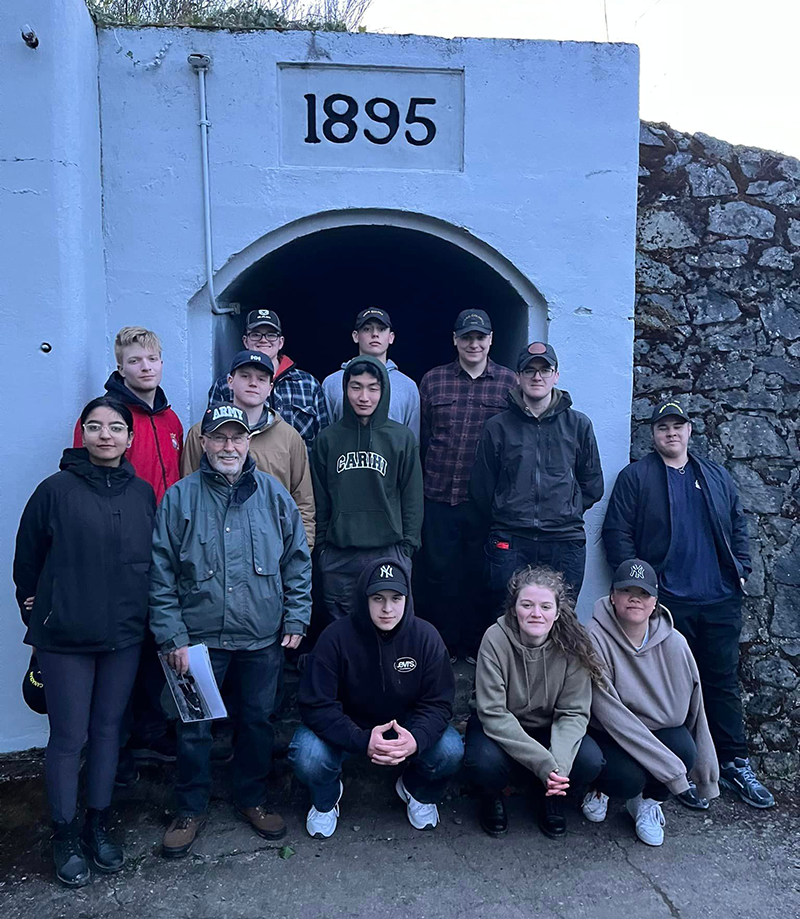
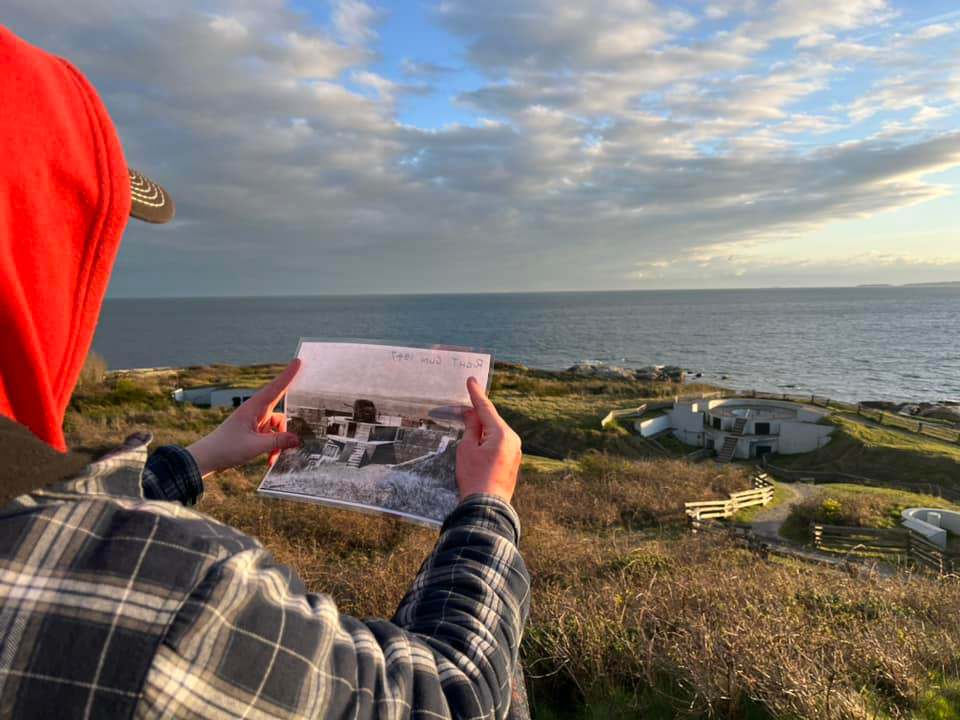
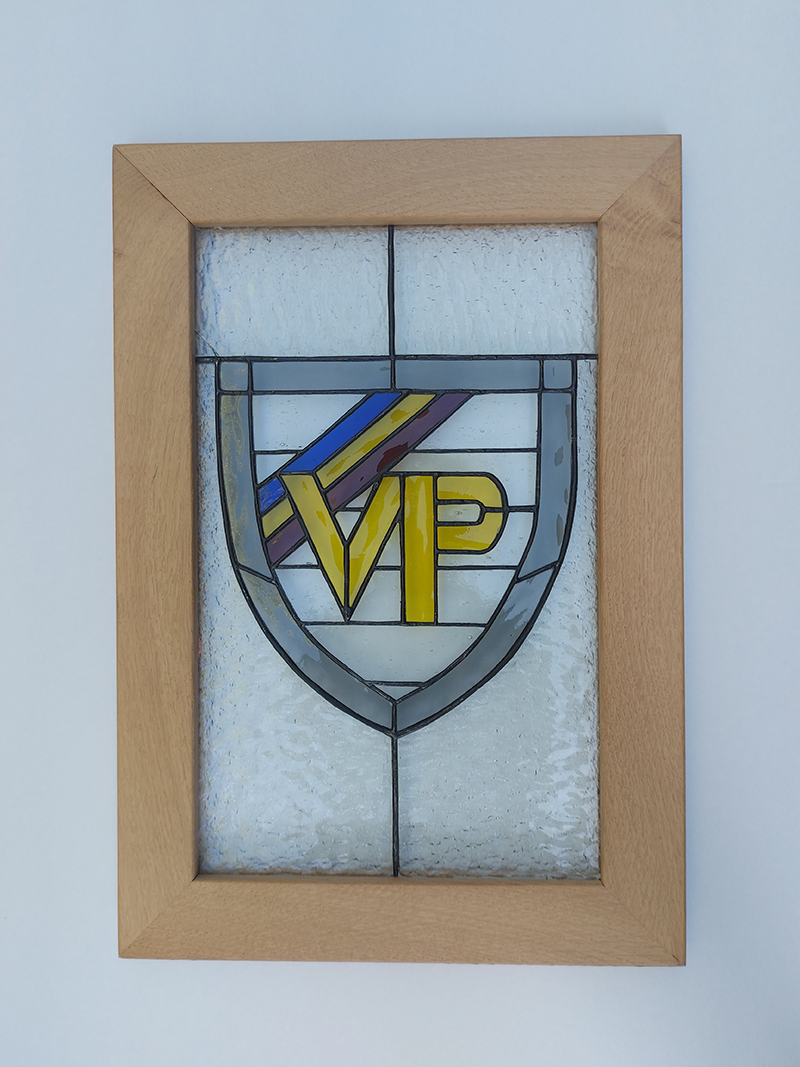
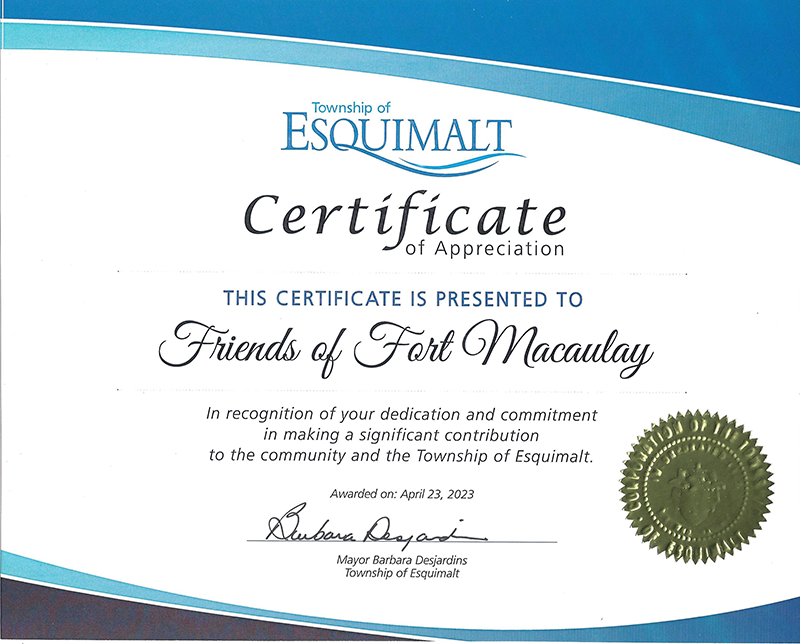
.png)
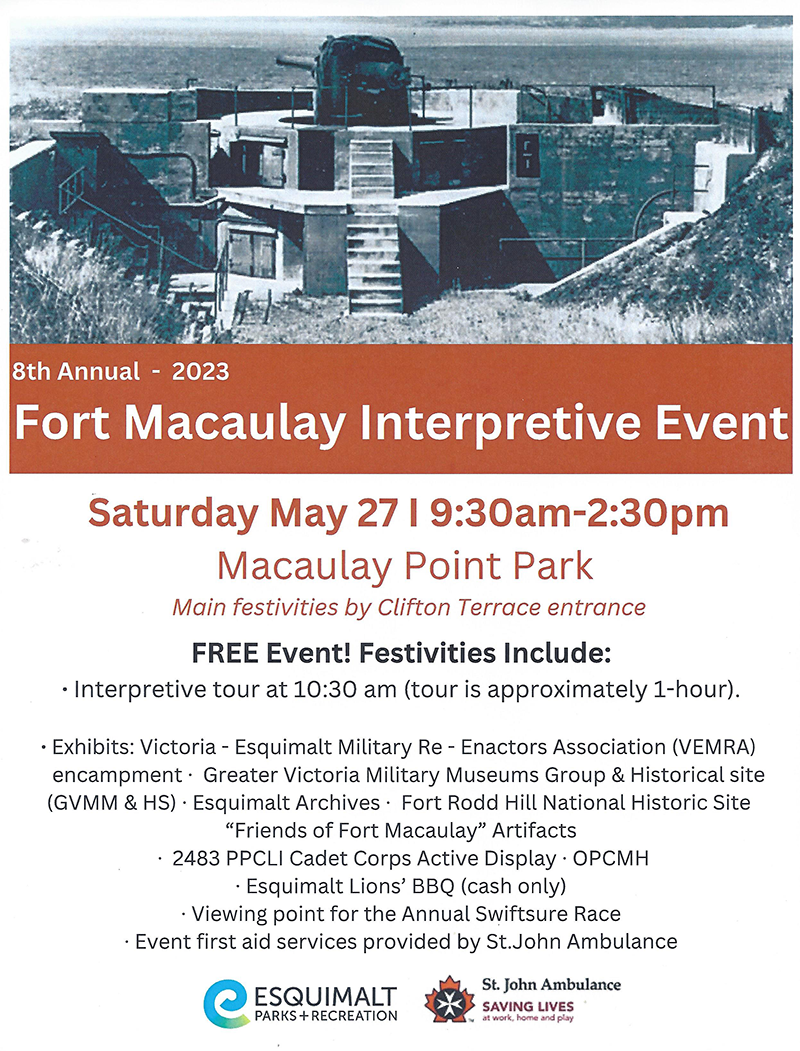
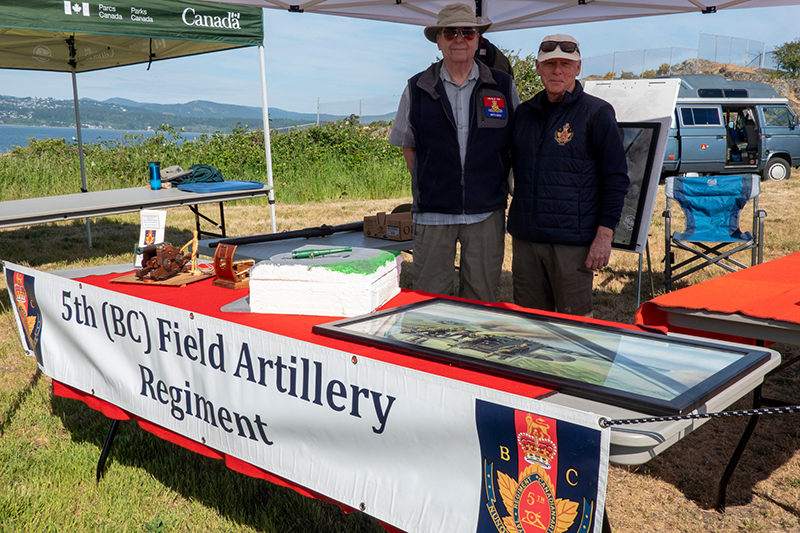
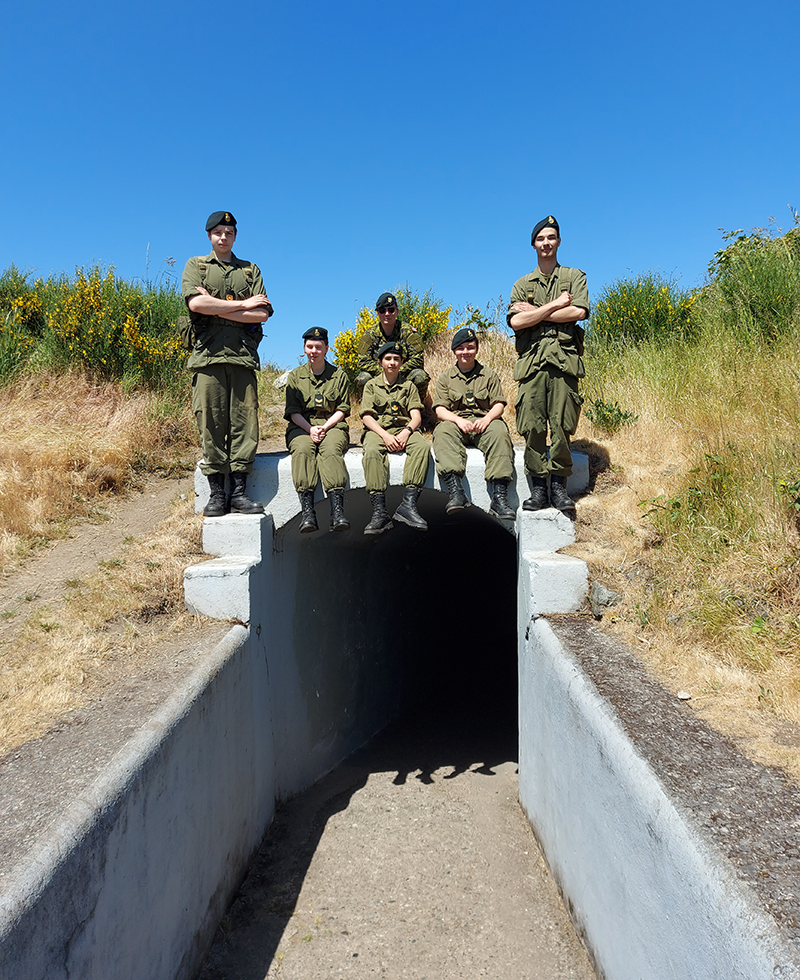
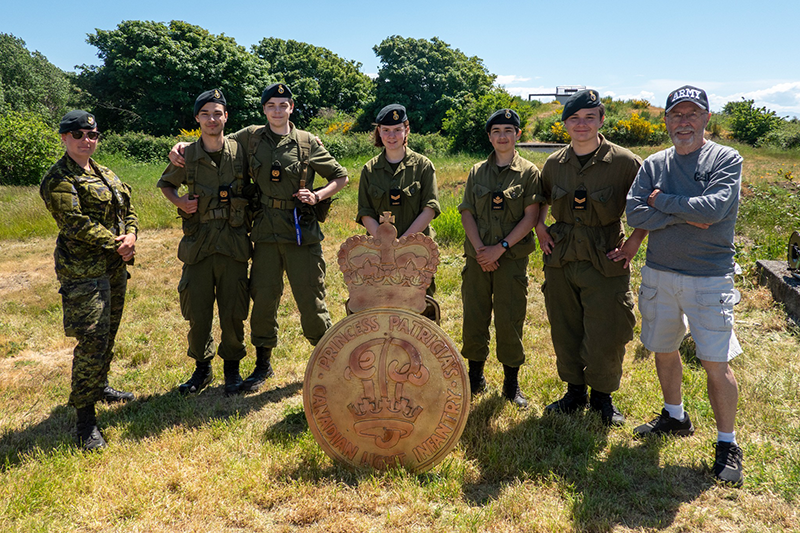
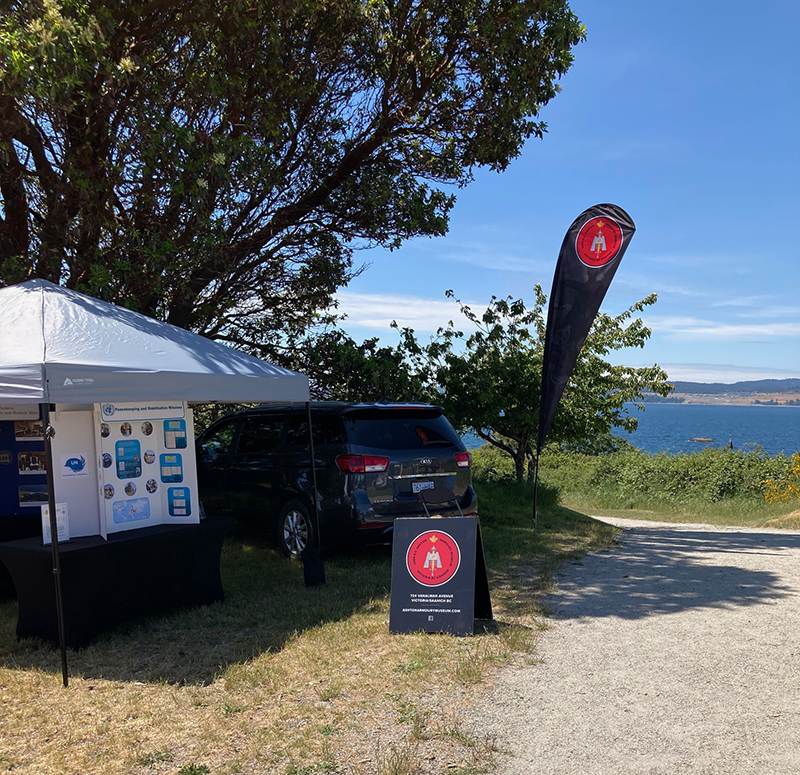
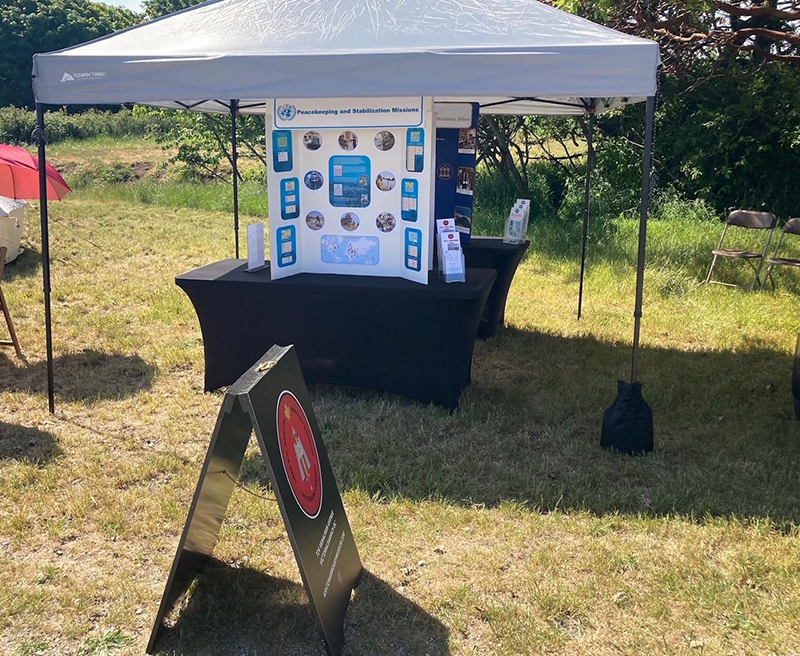
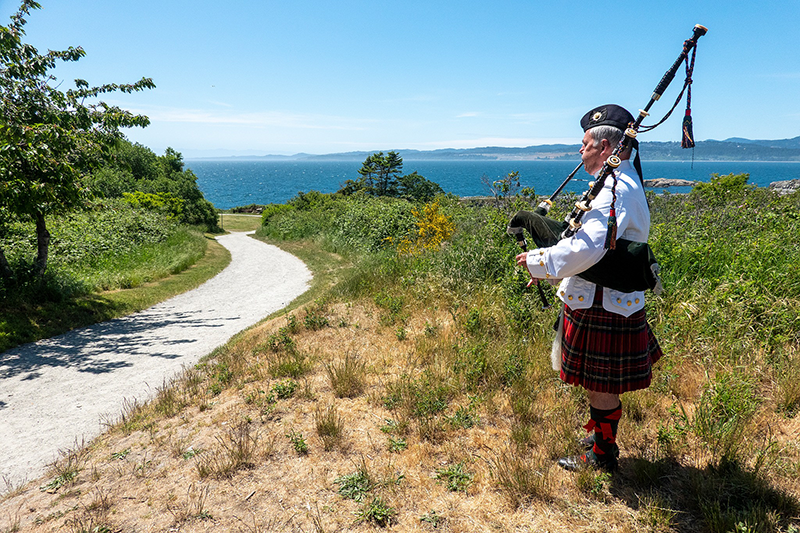
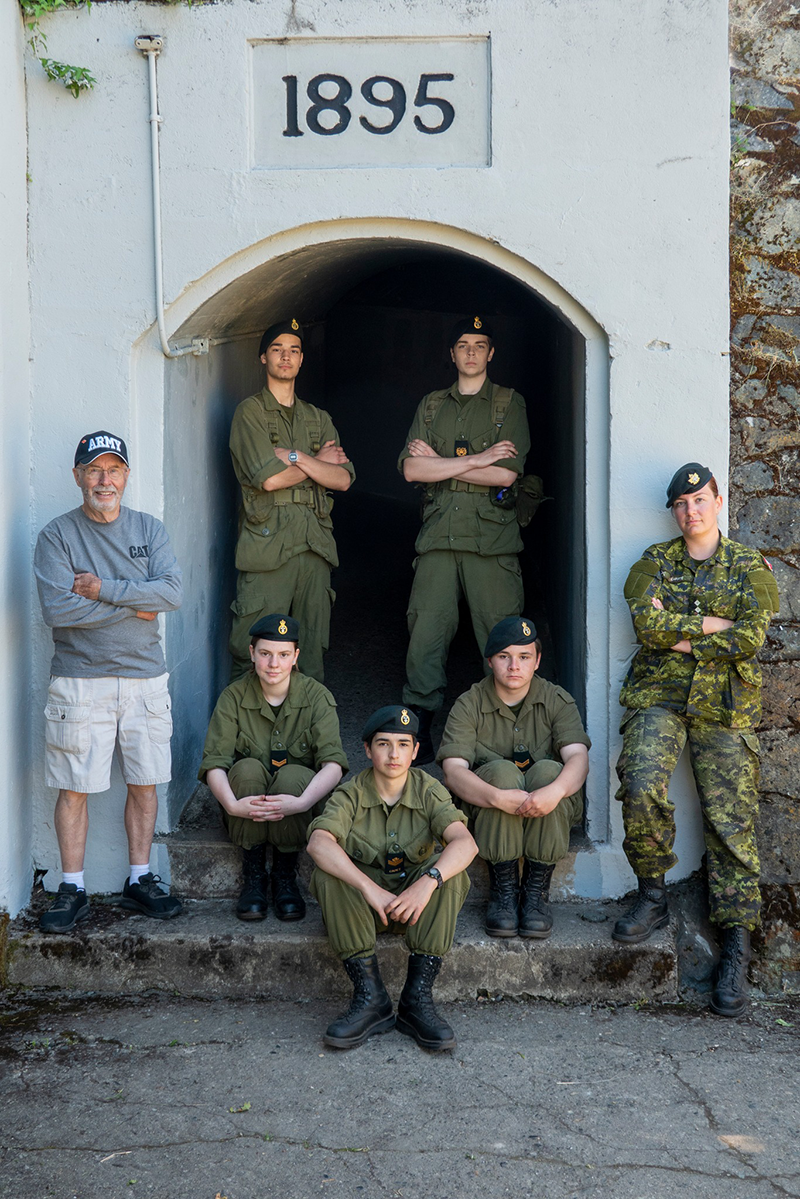
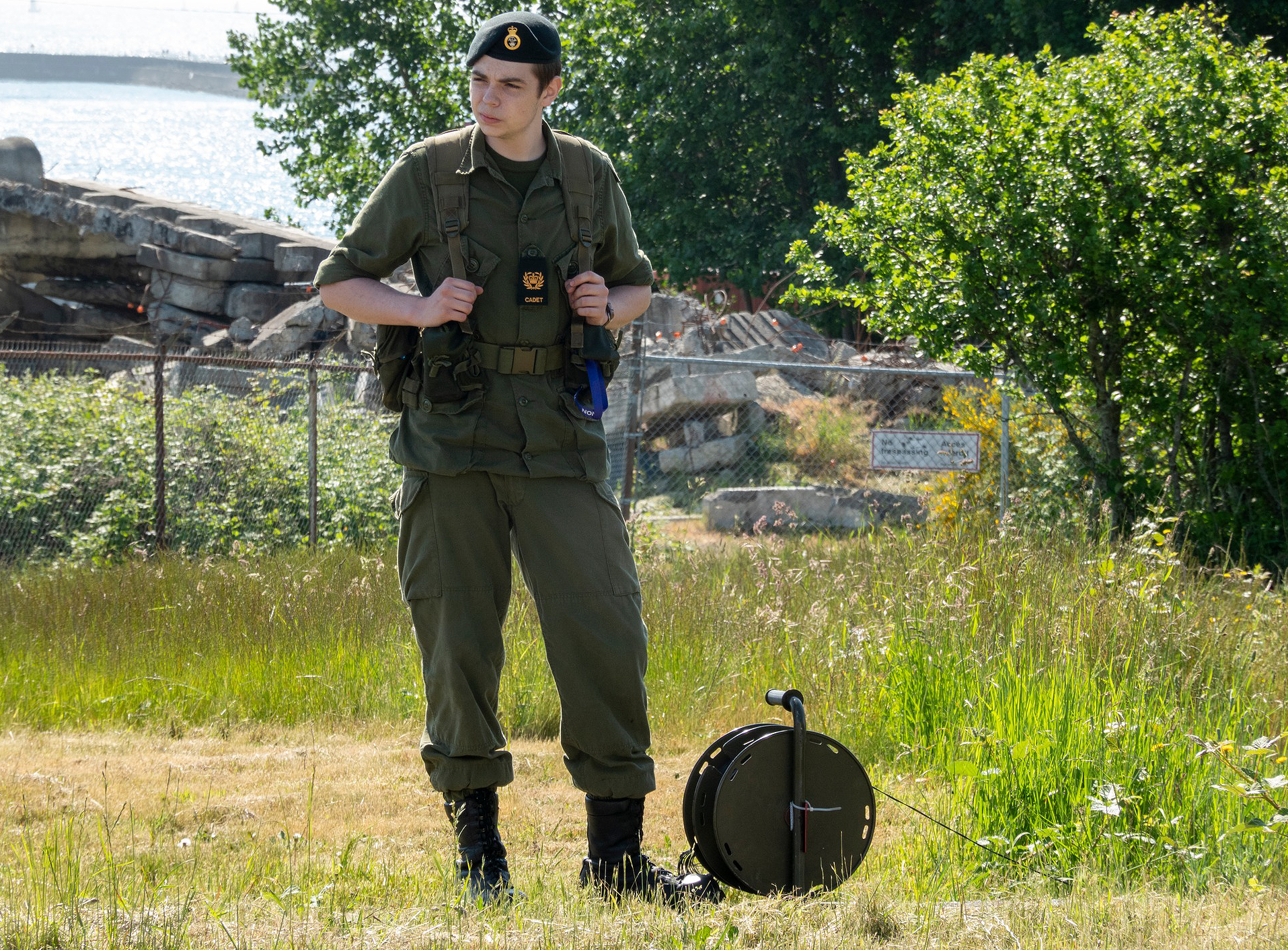
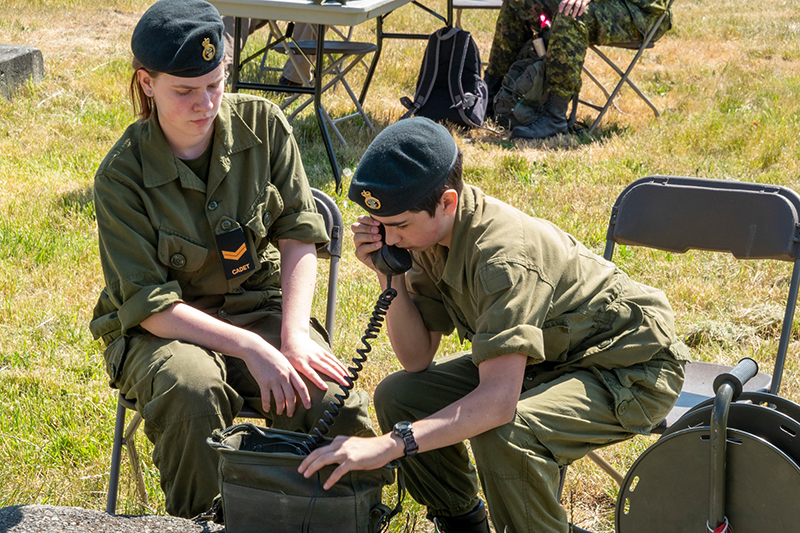
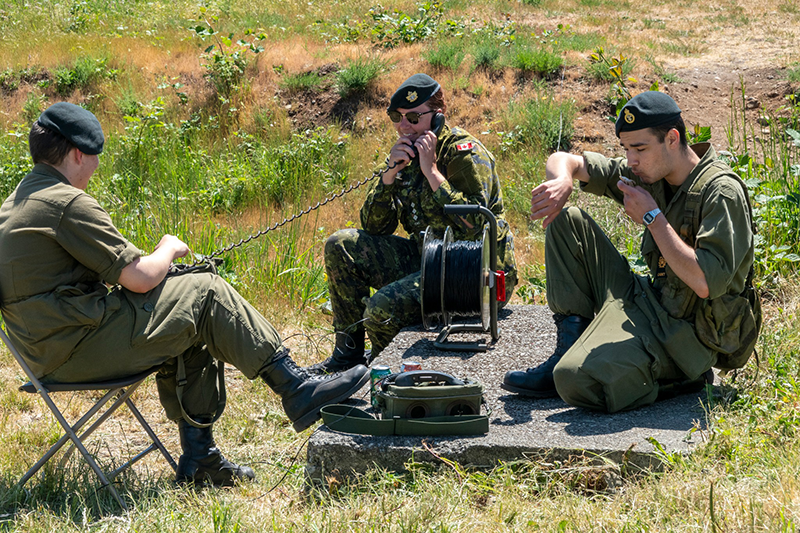
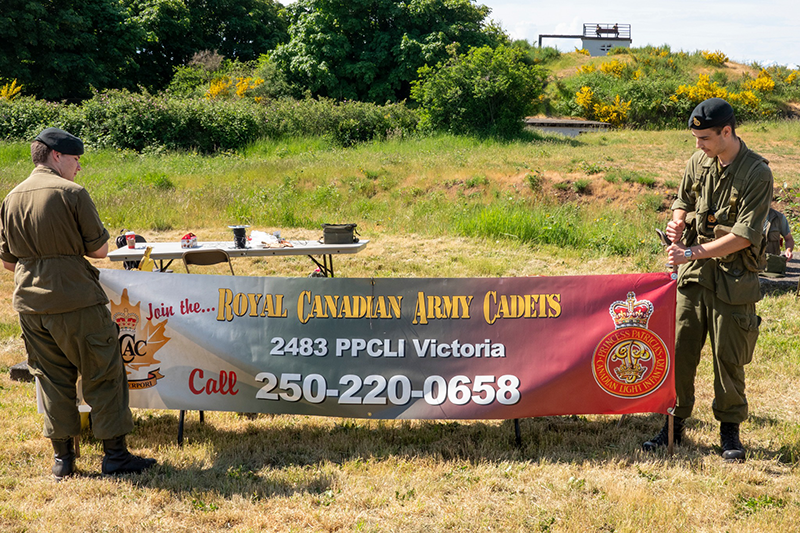
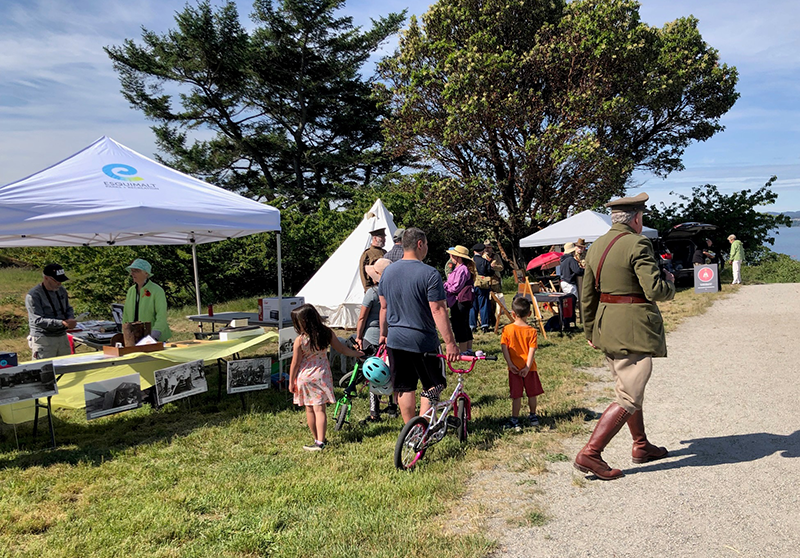
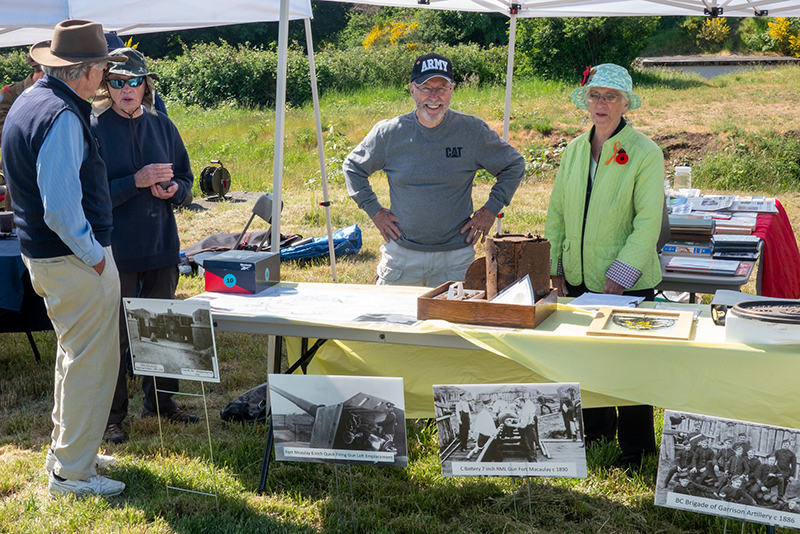
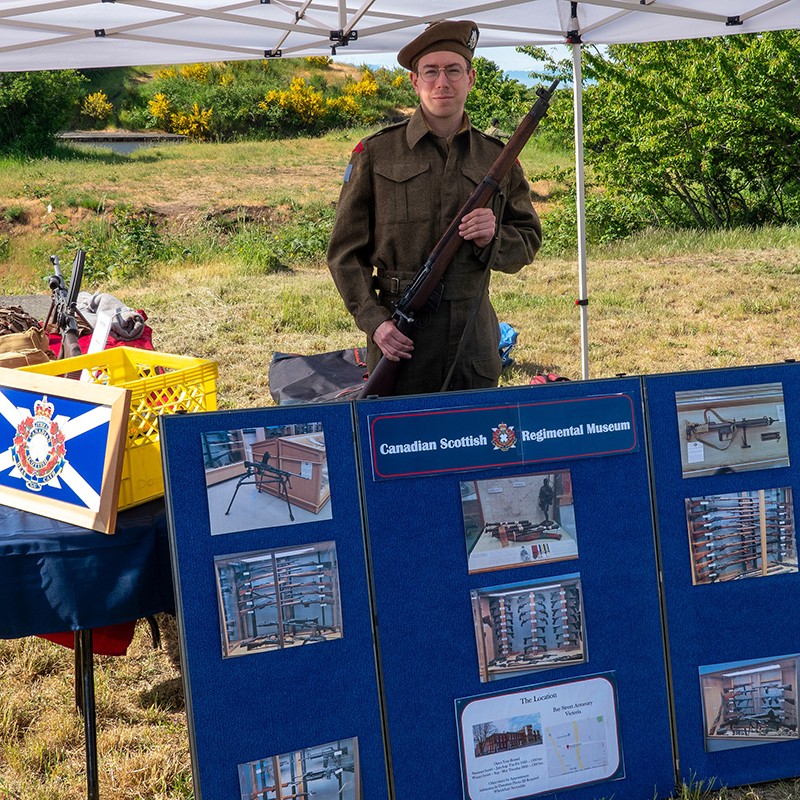
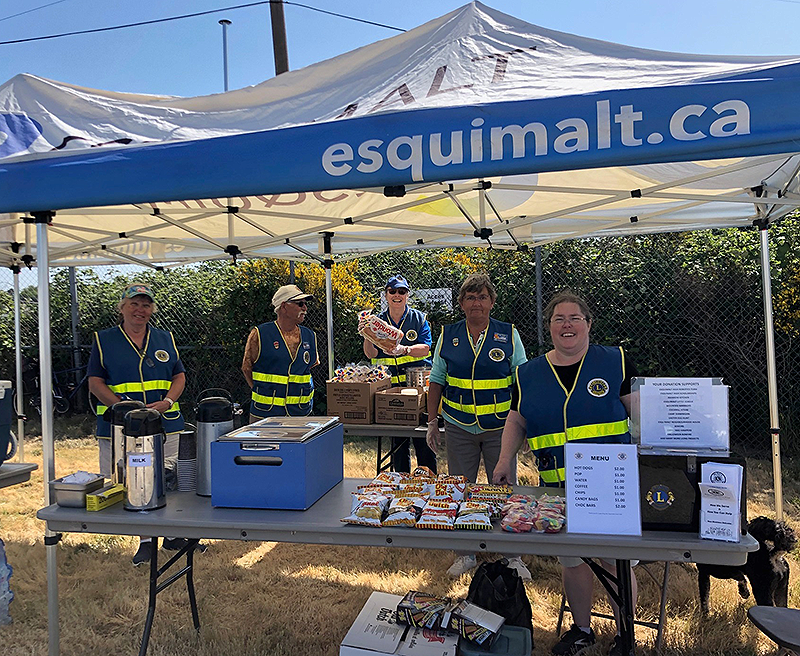
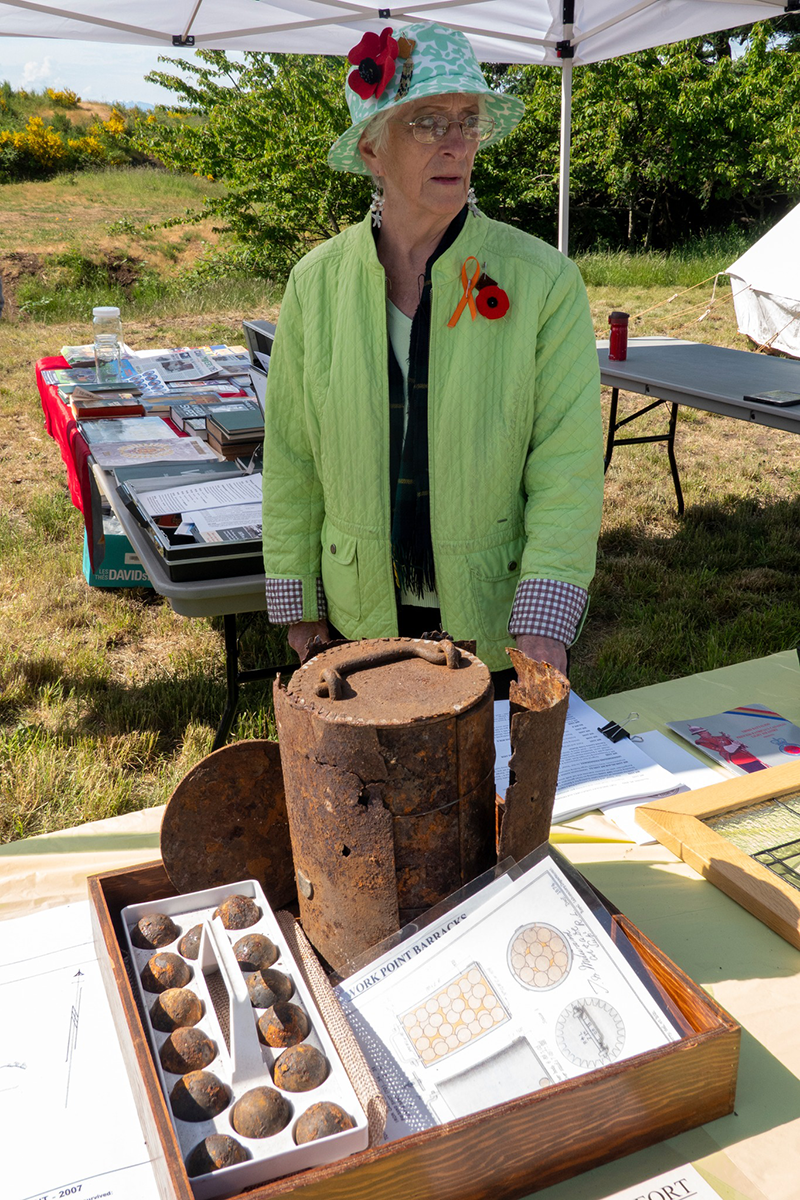
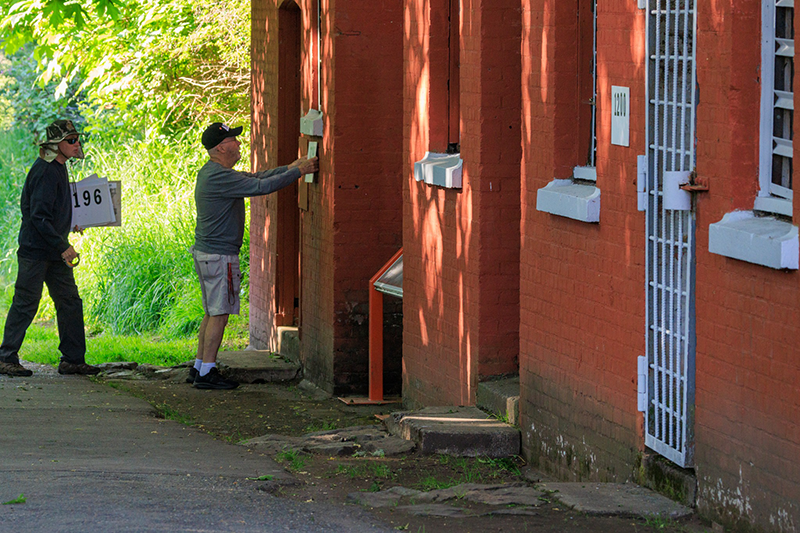
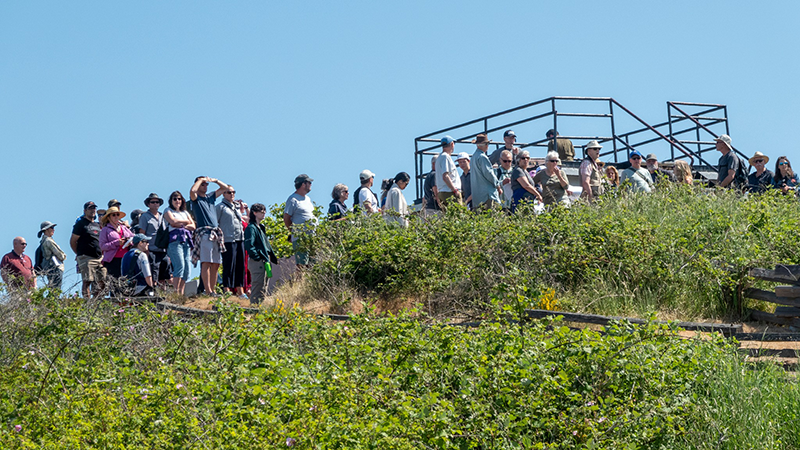
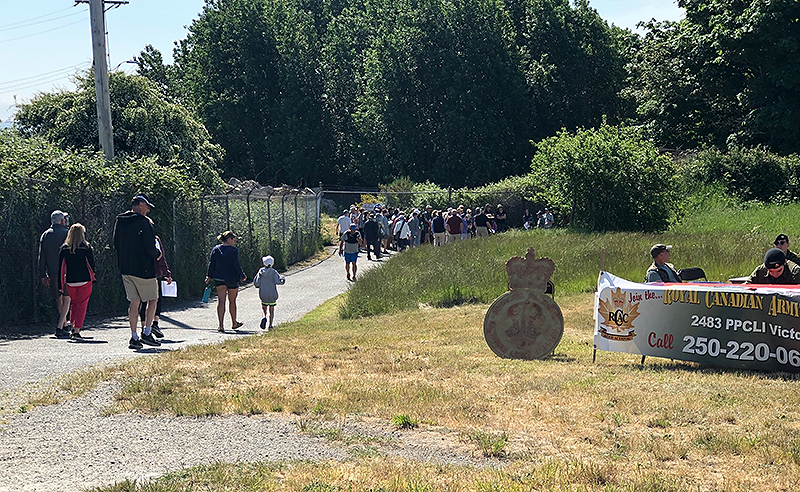
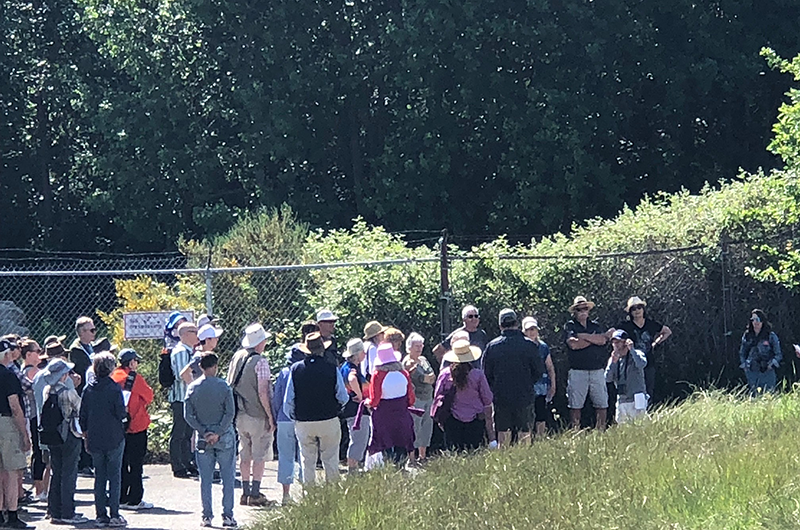
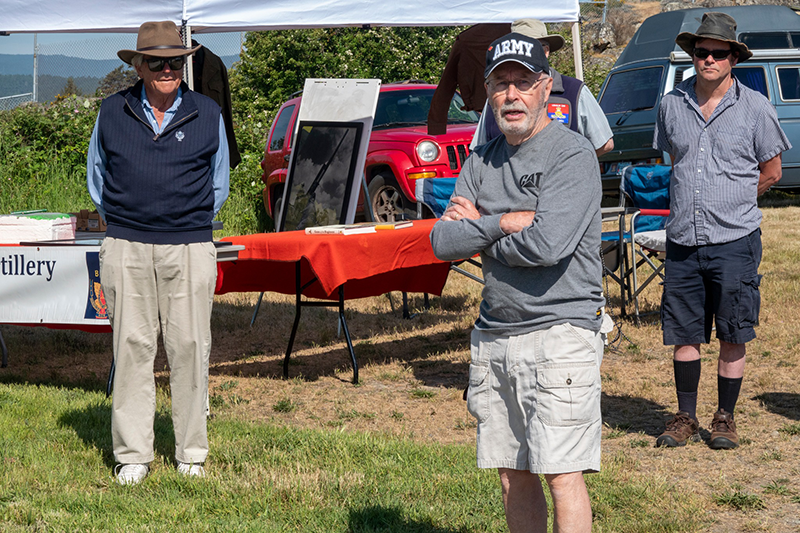
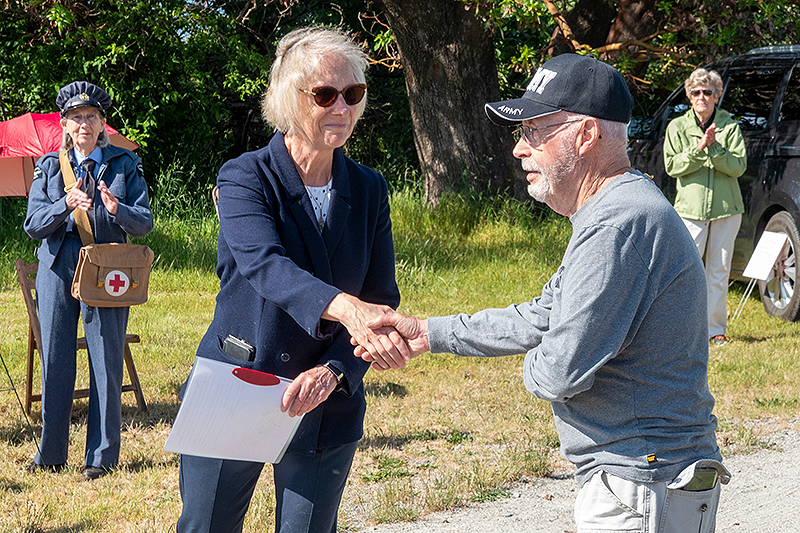
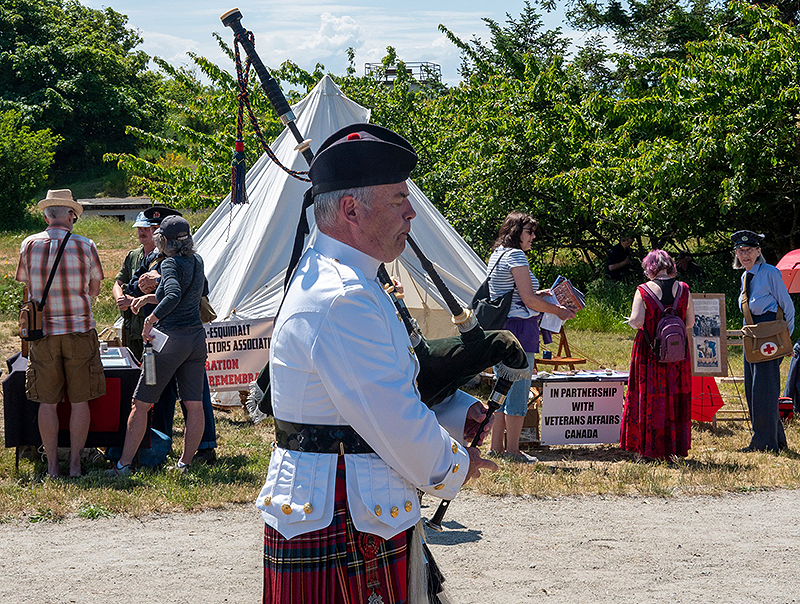
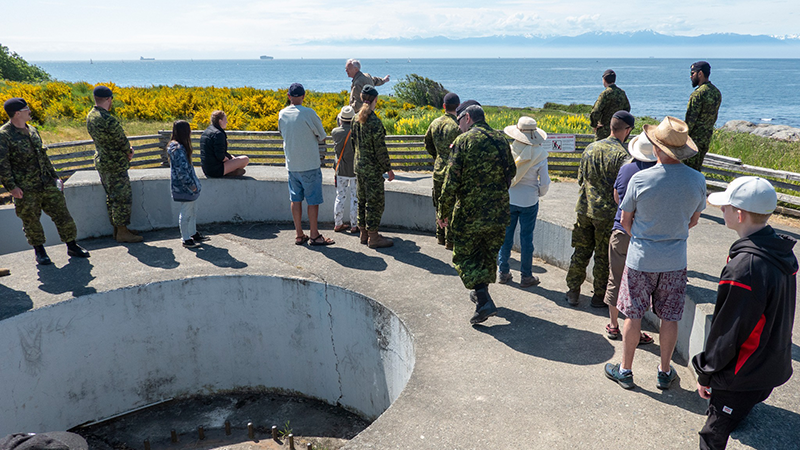
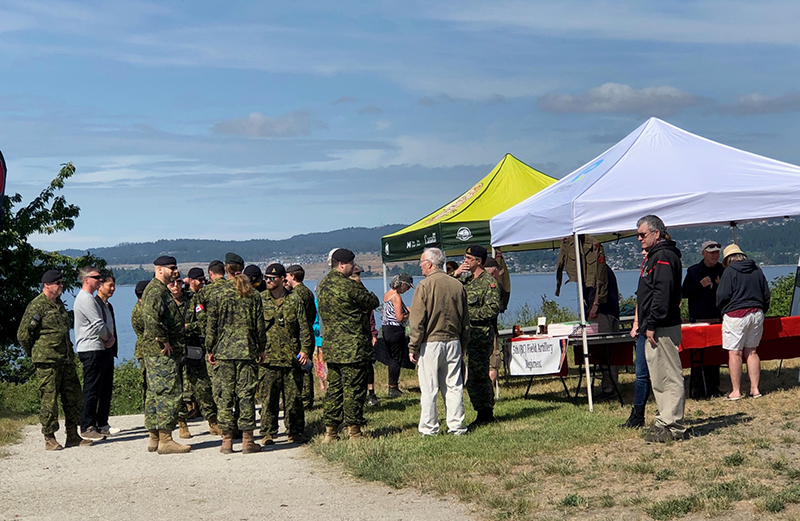
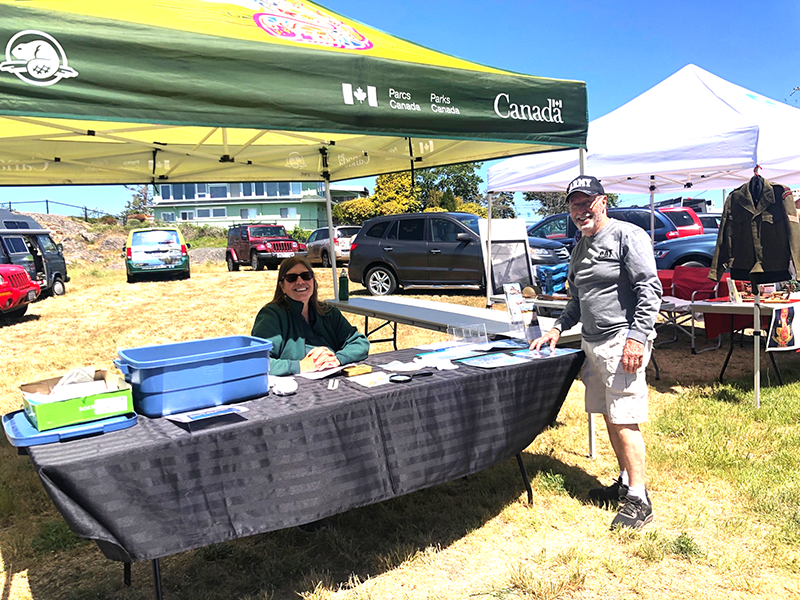
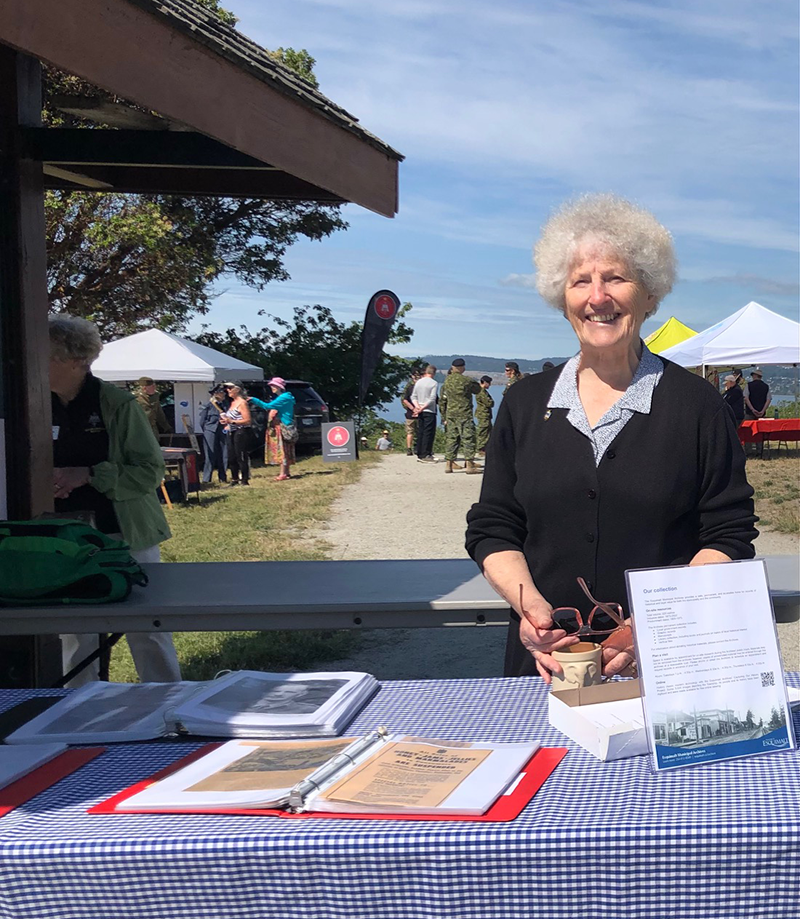
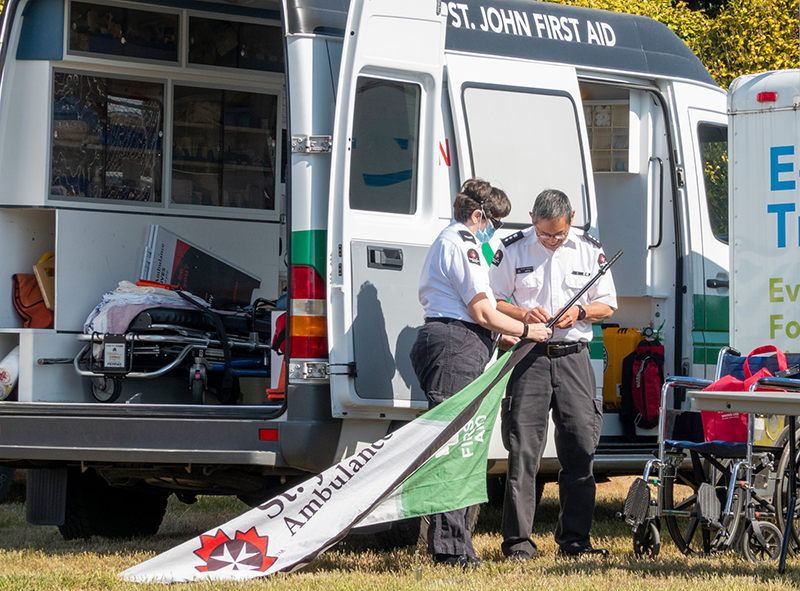
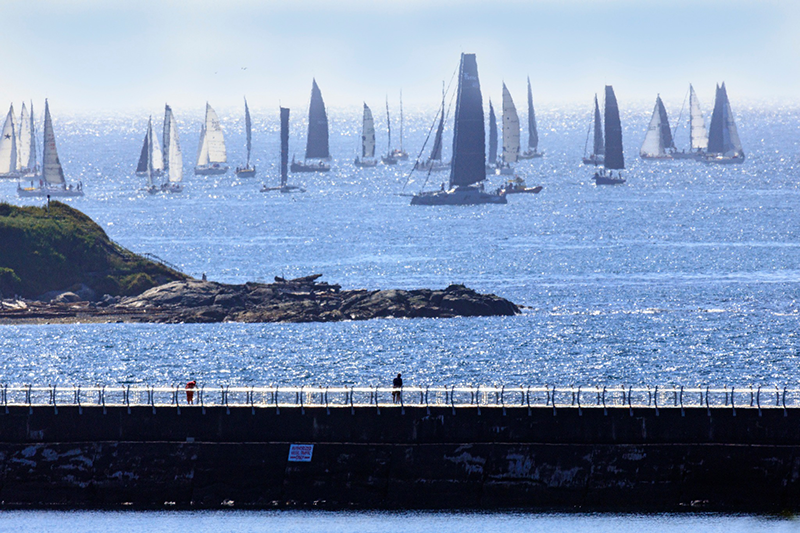
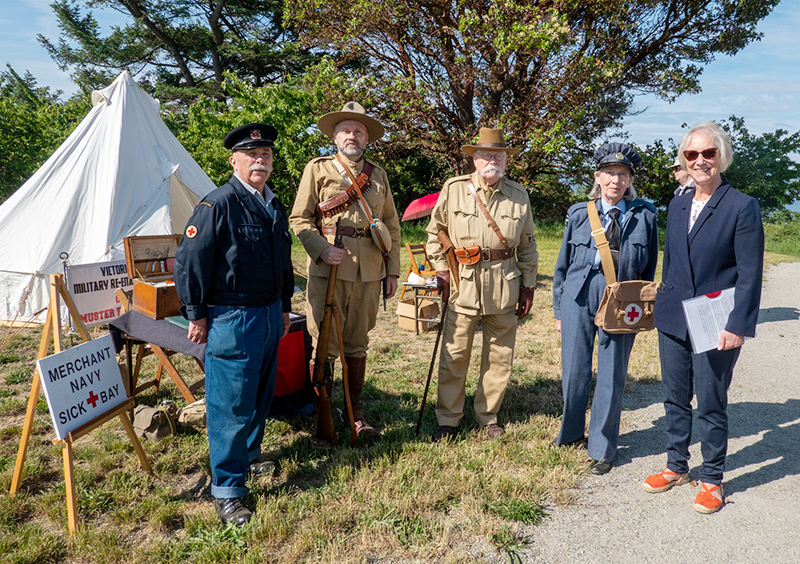
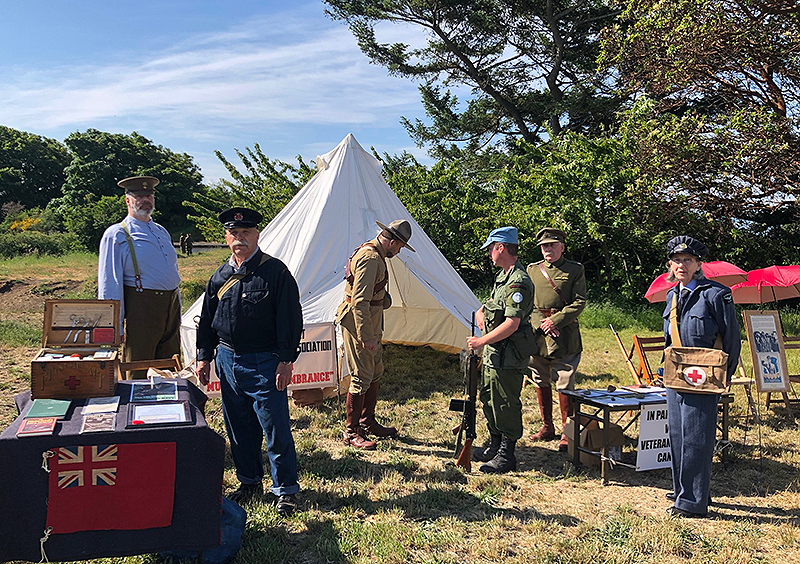
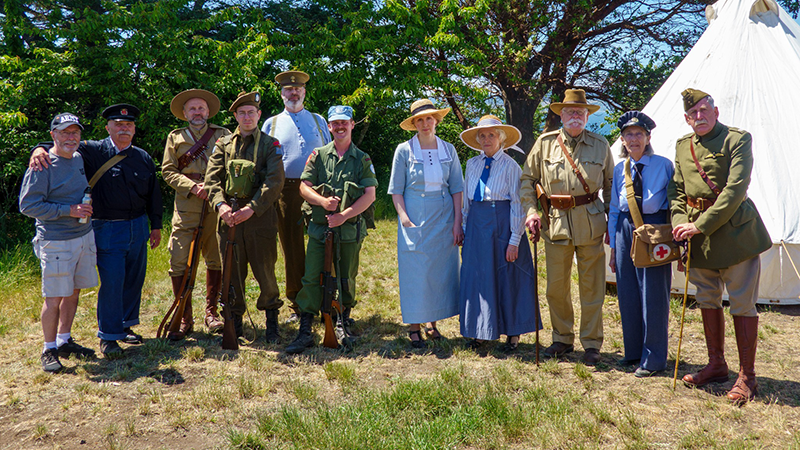
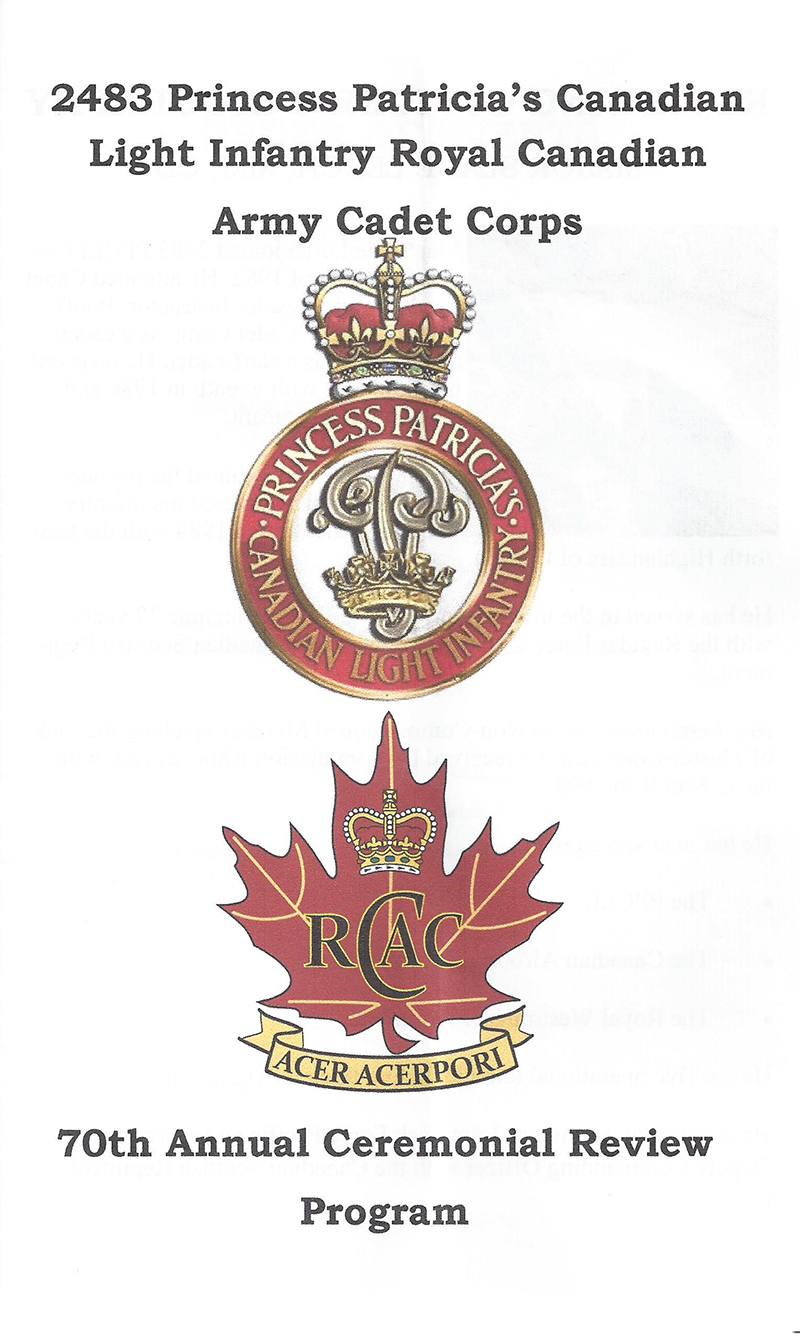
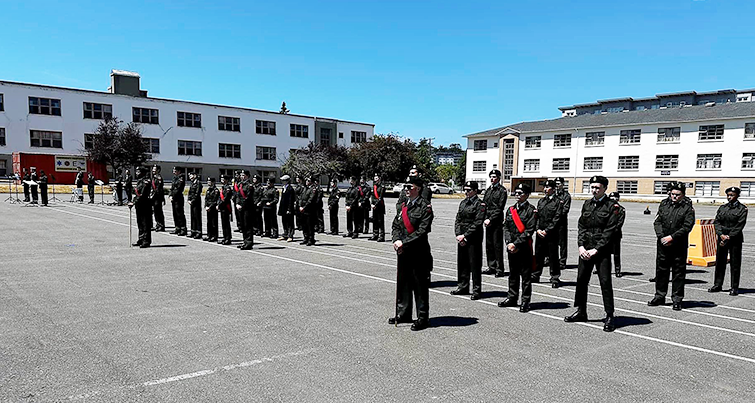
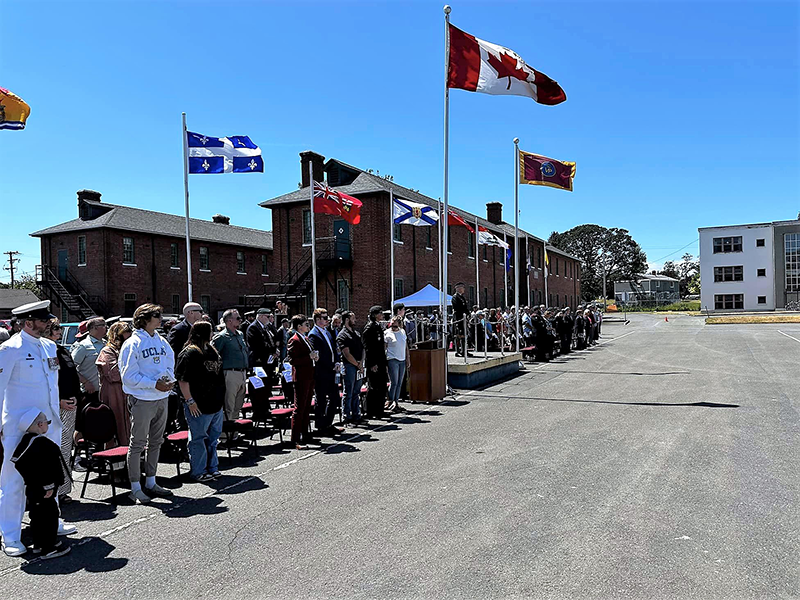
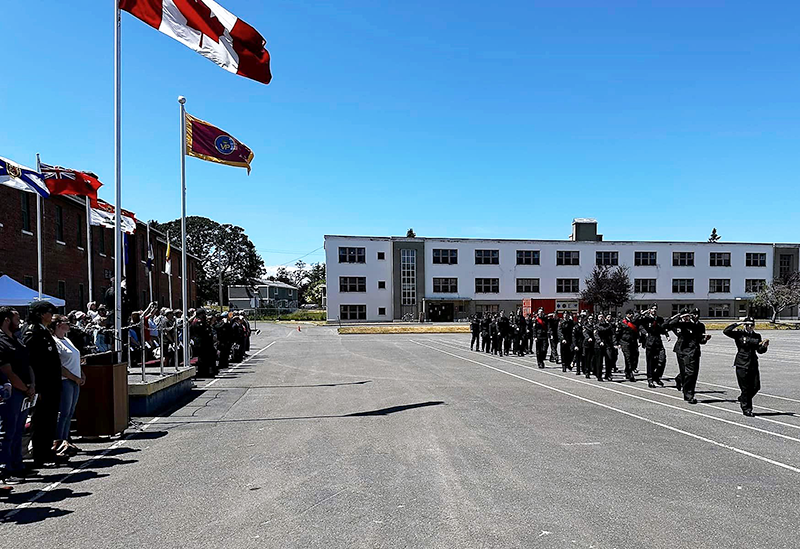
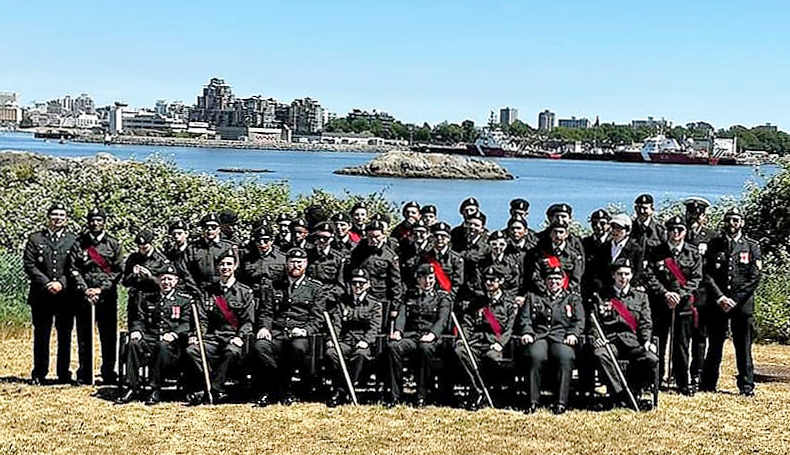
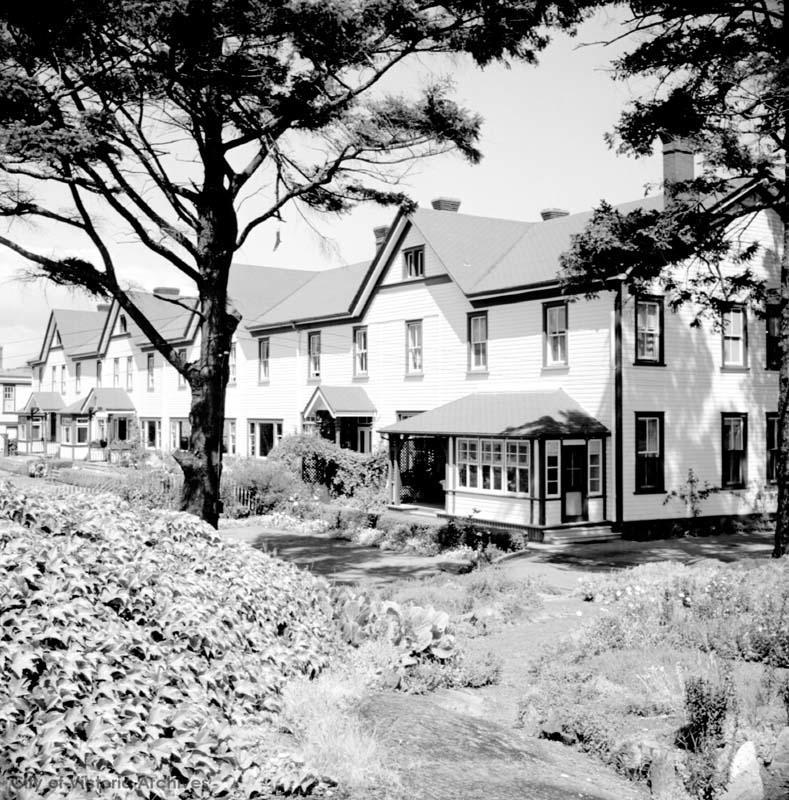
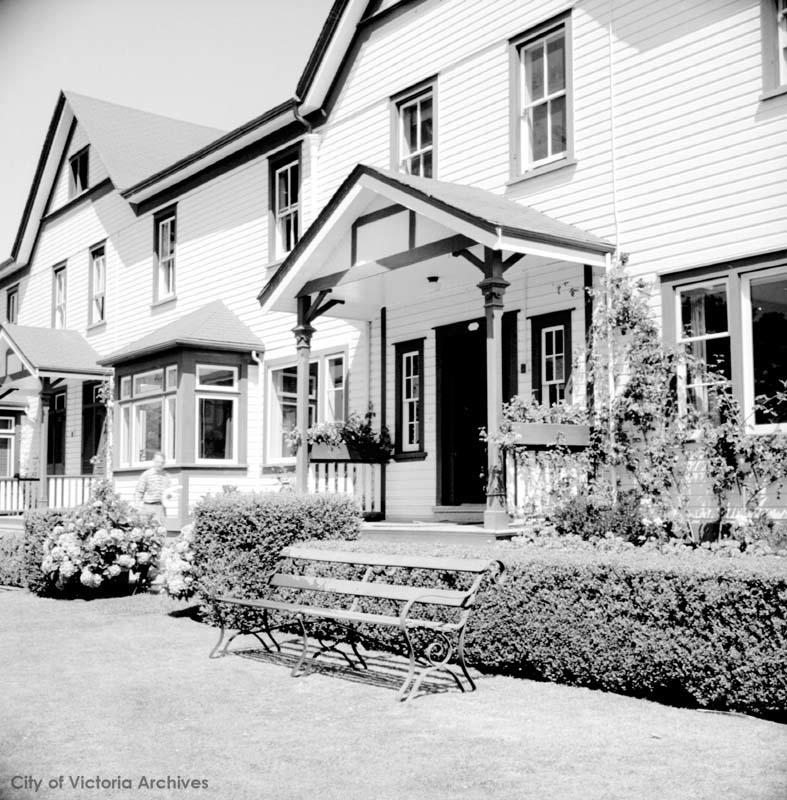

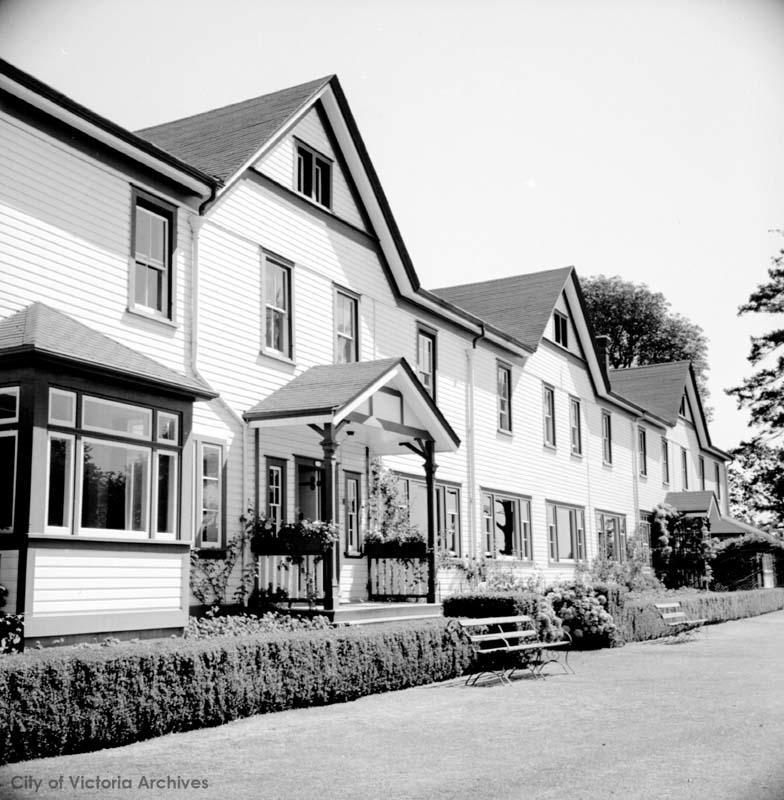
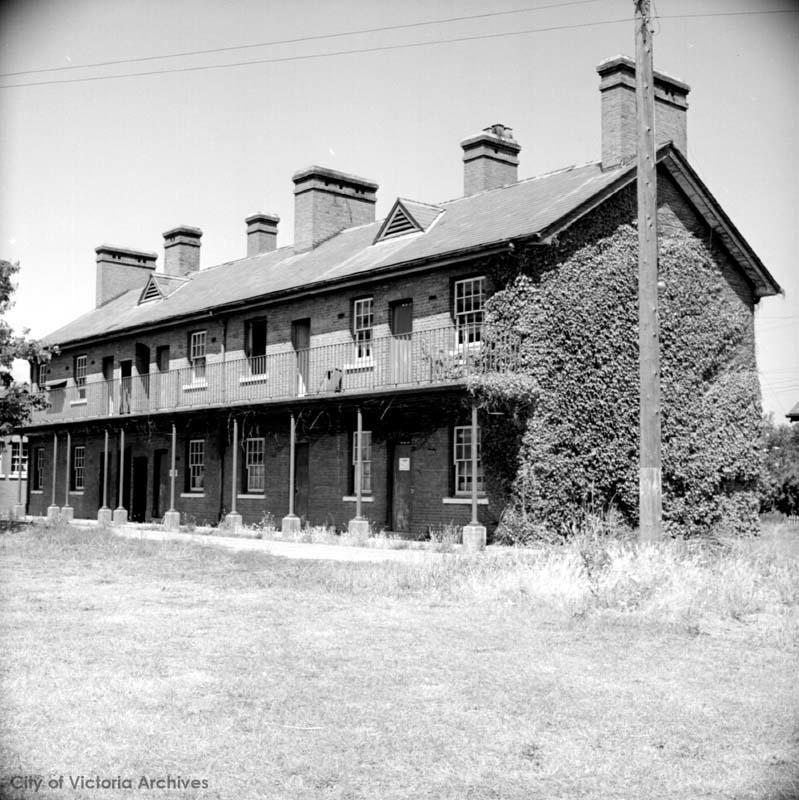
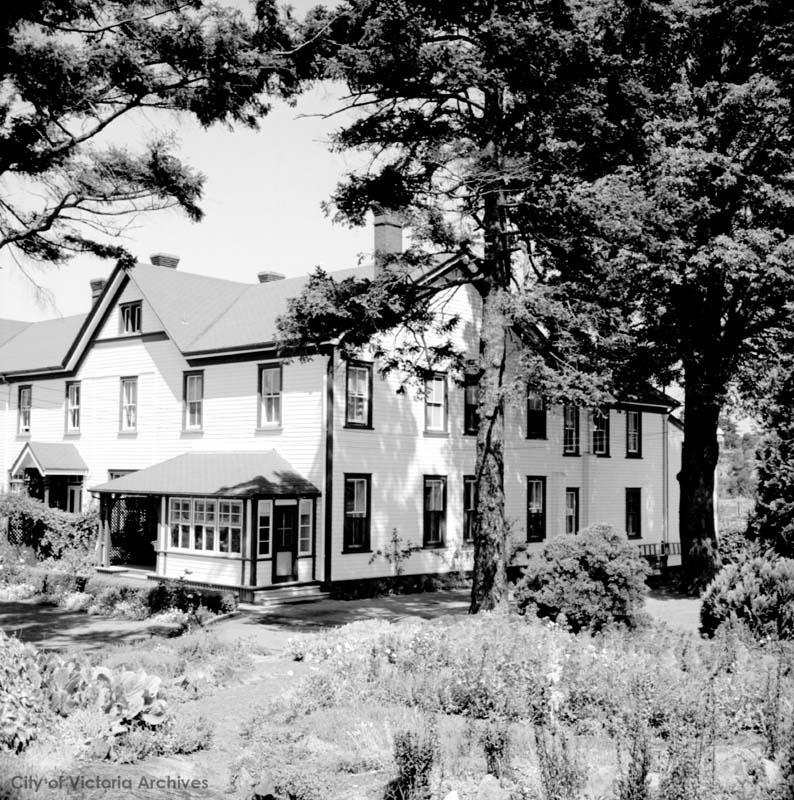
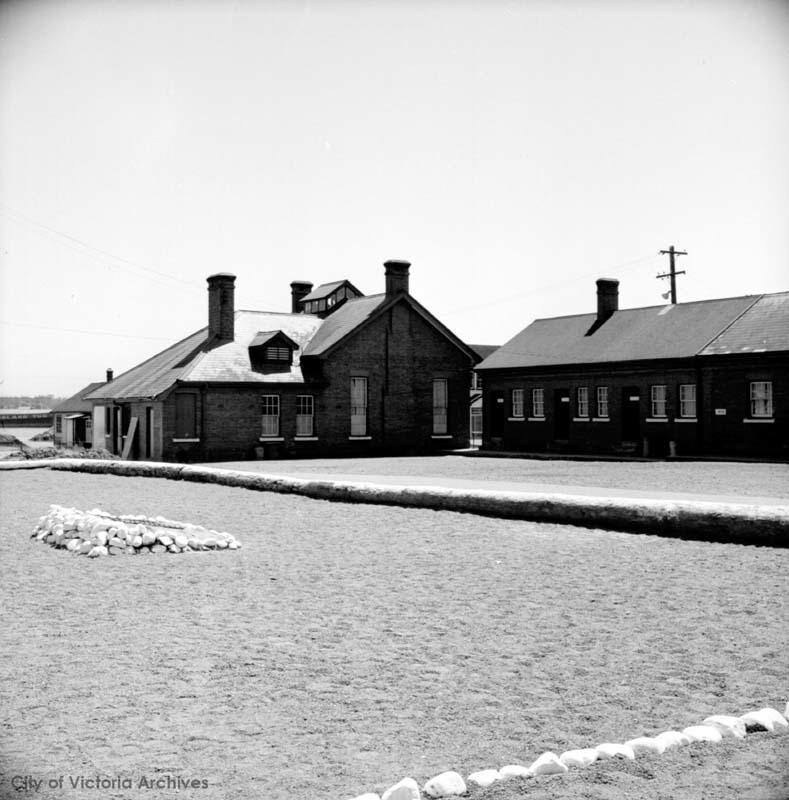
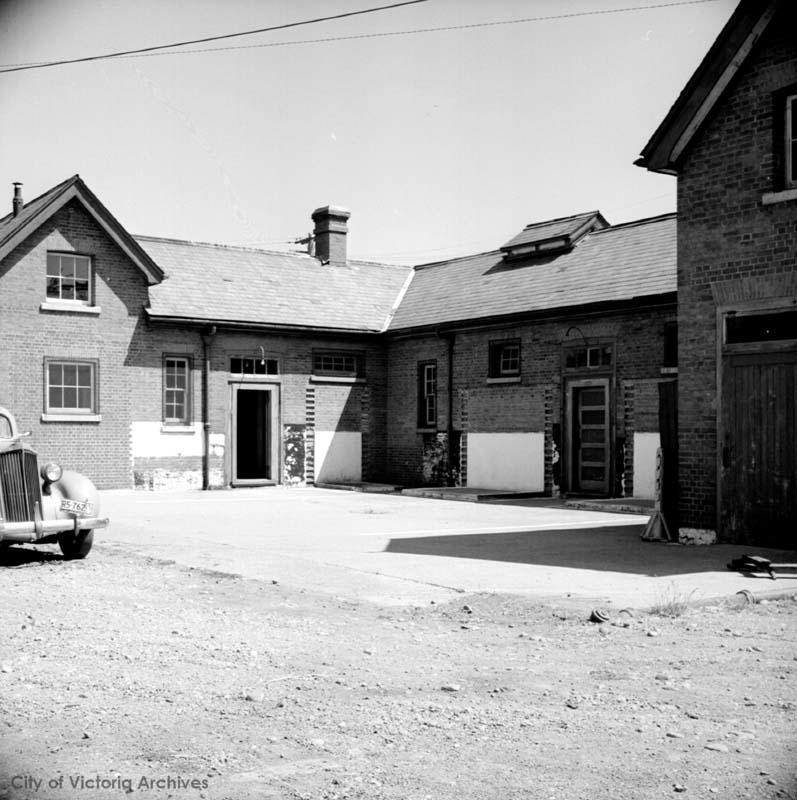
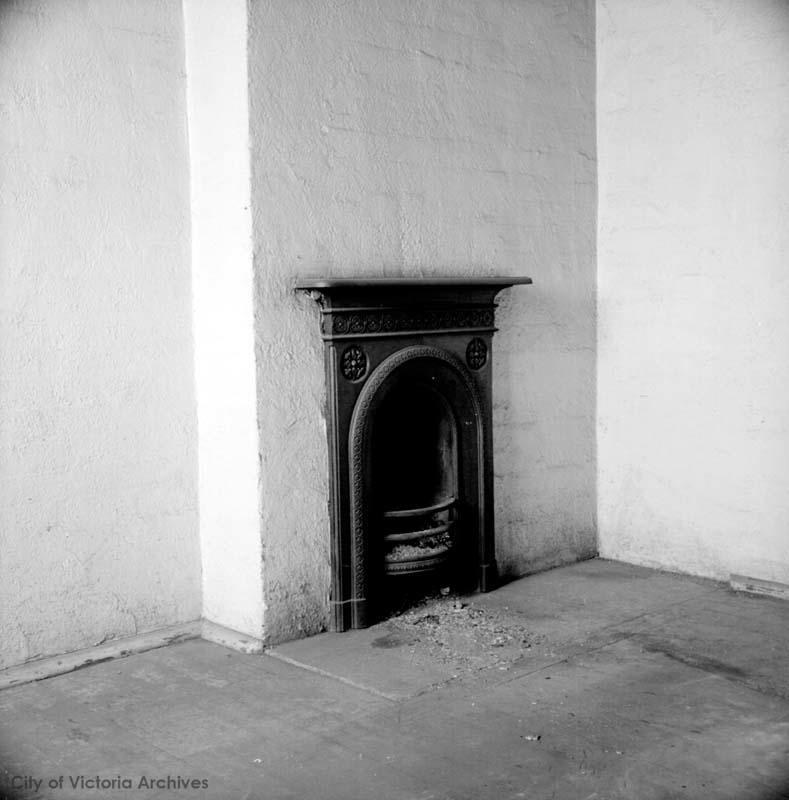
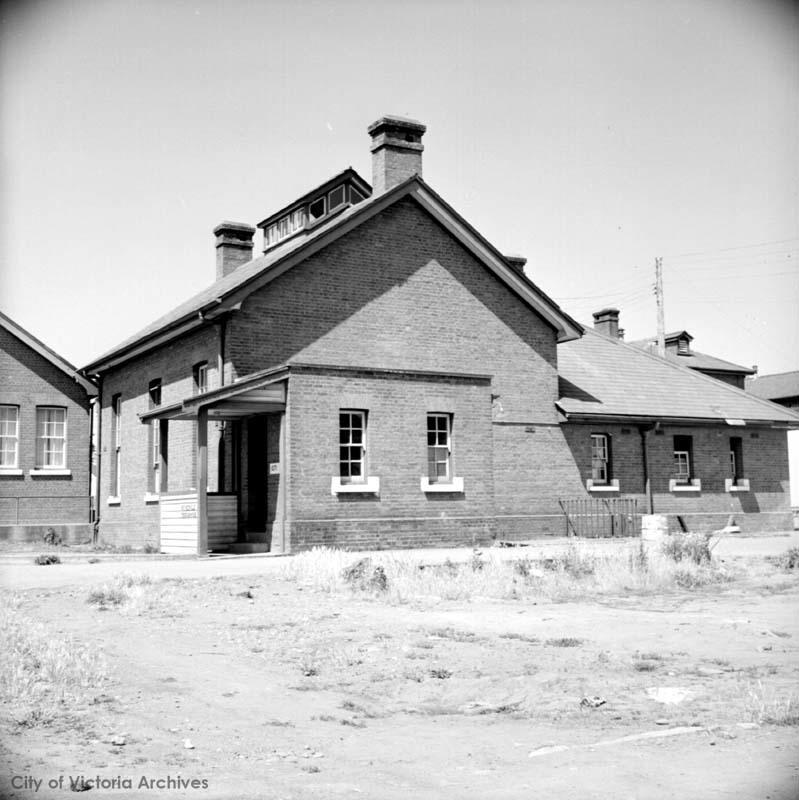
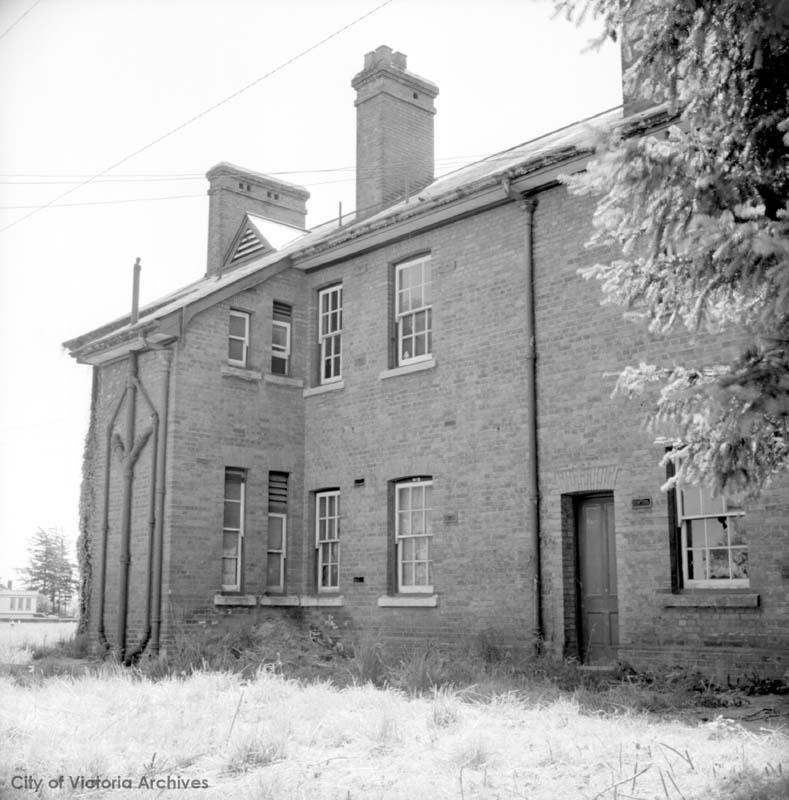
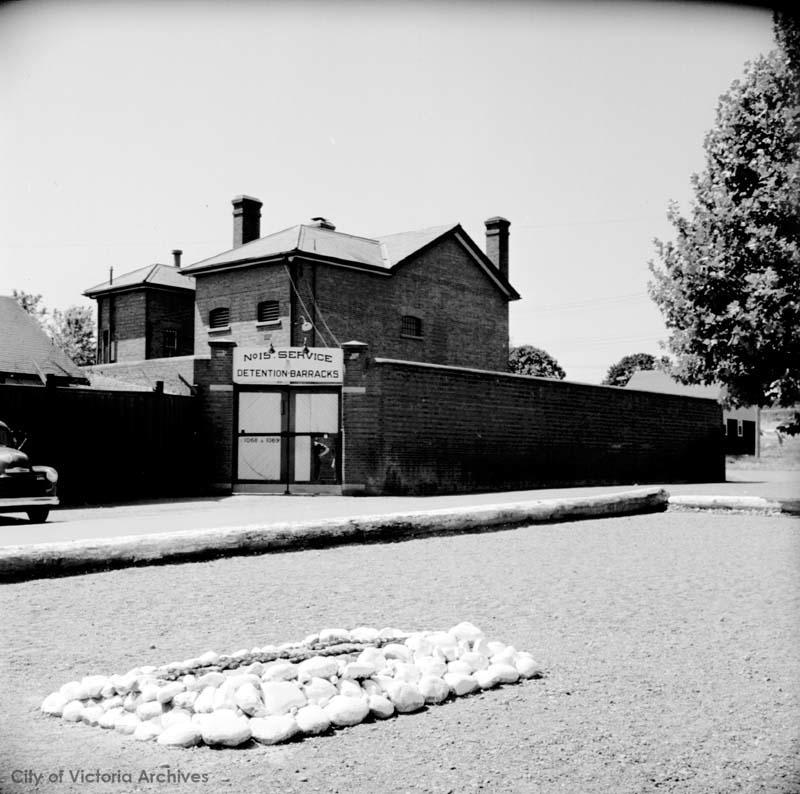
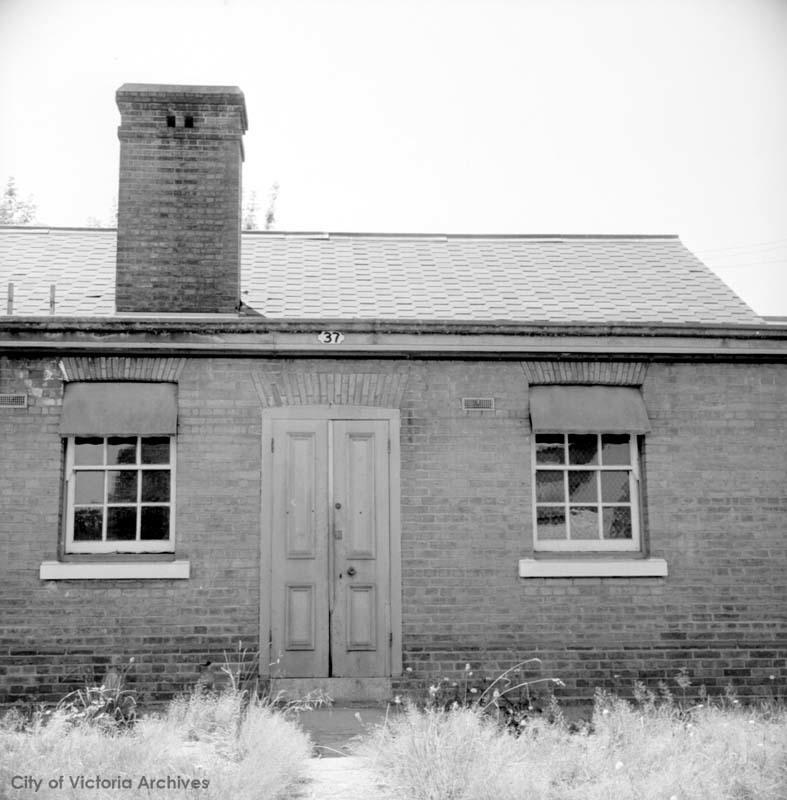
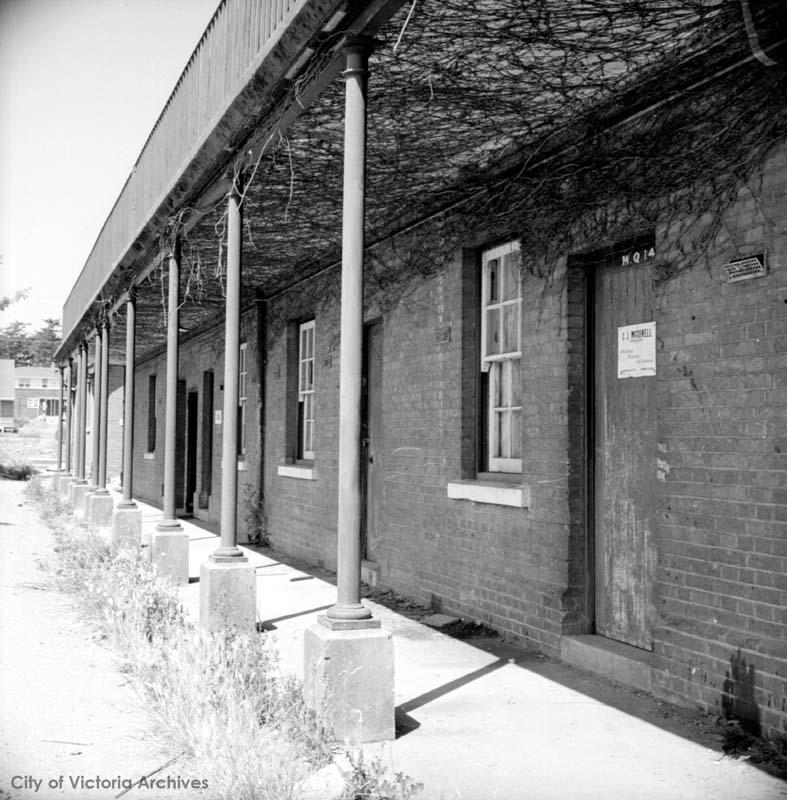
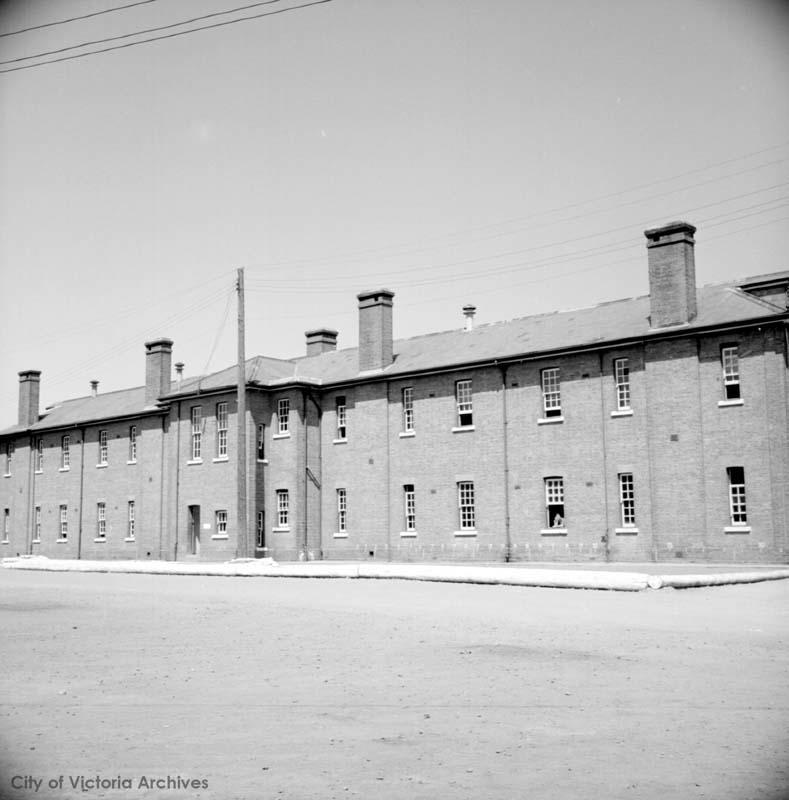
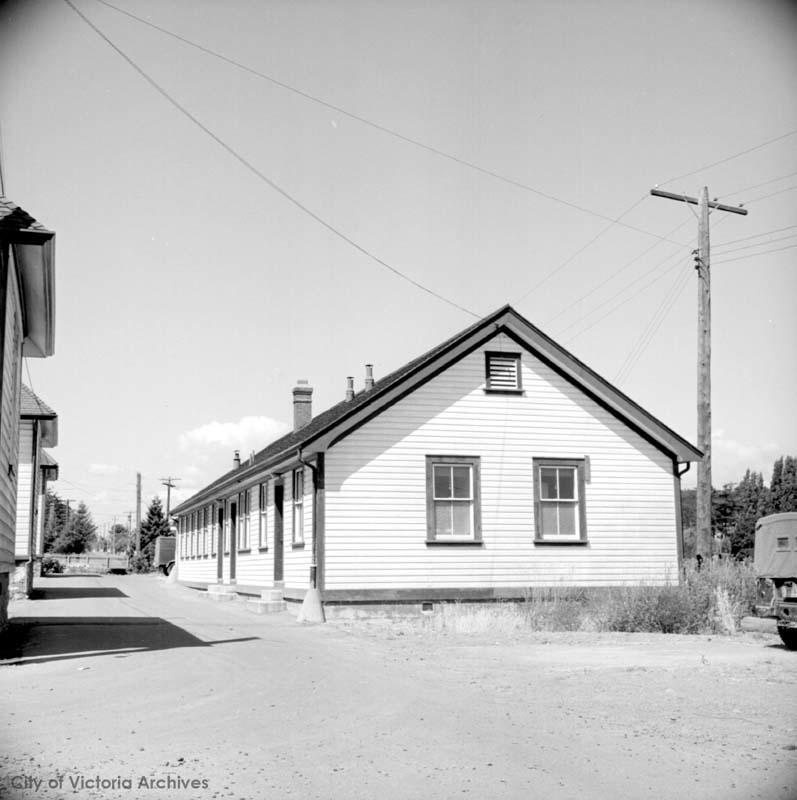
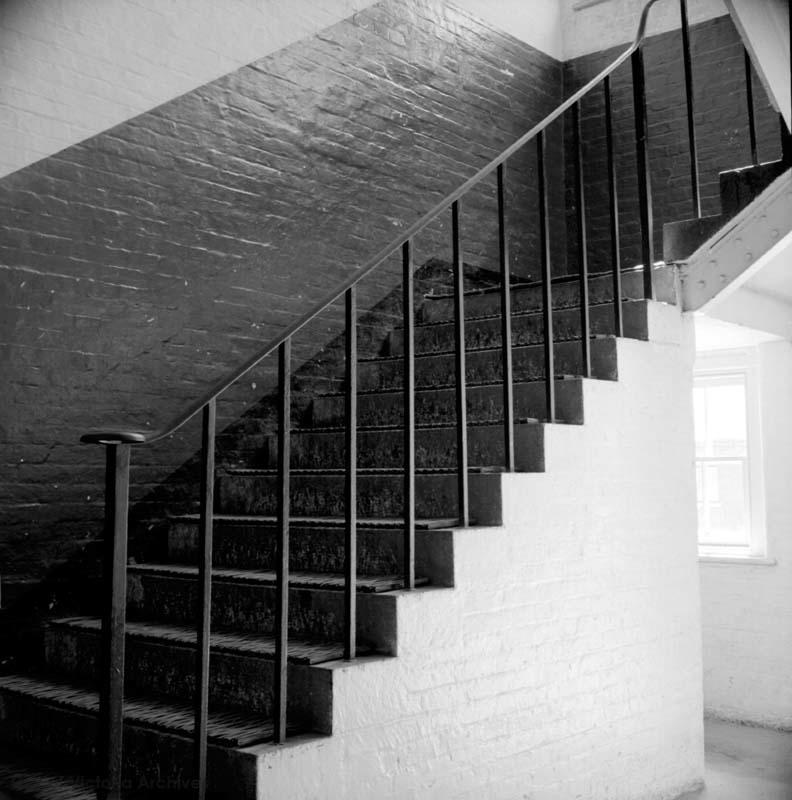
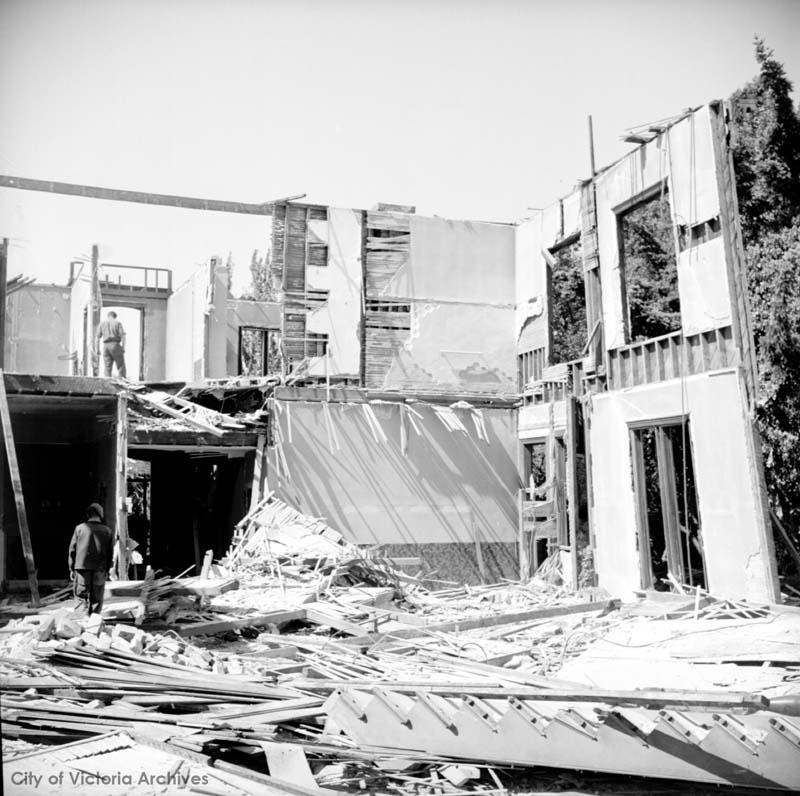
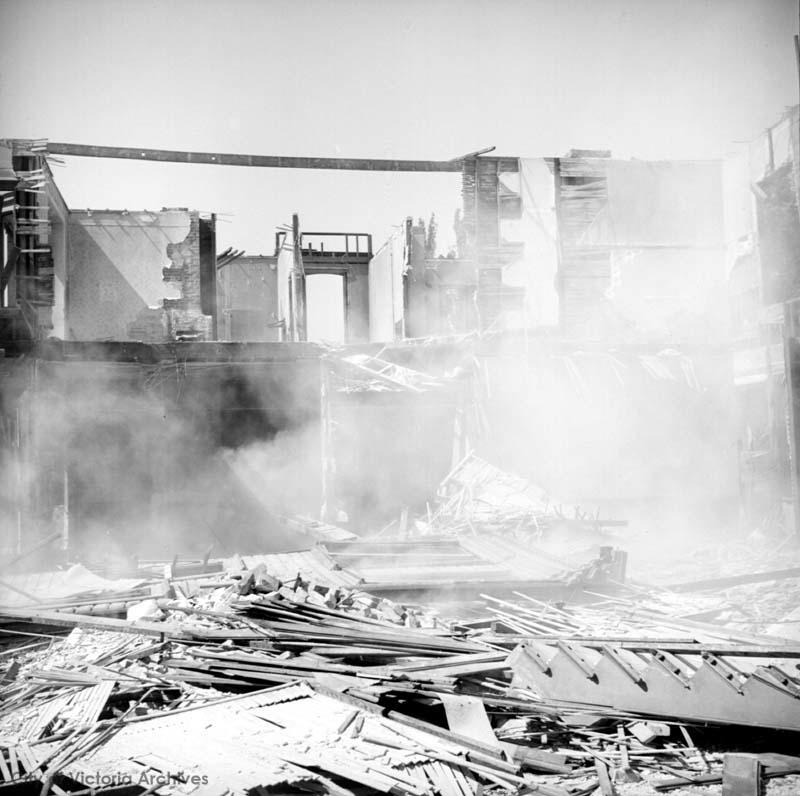
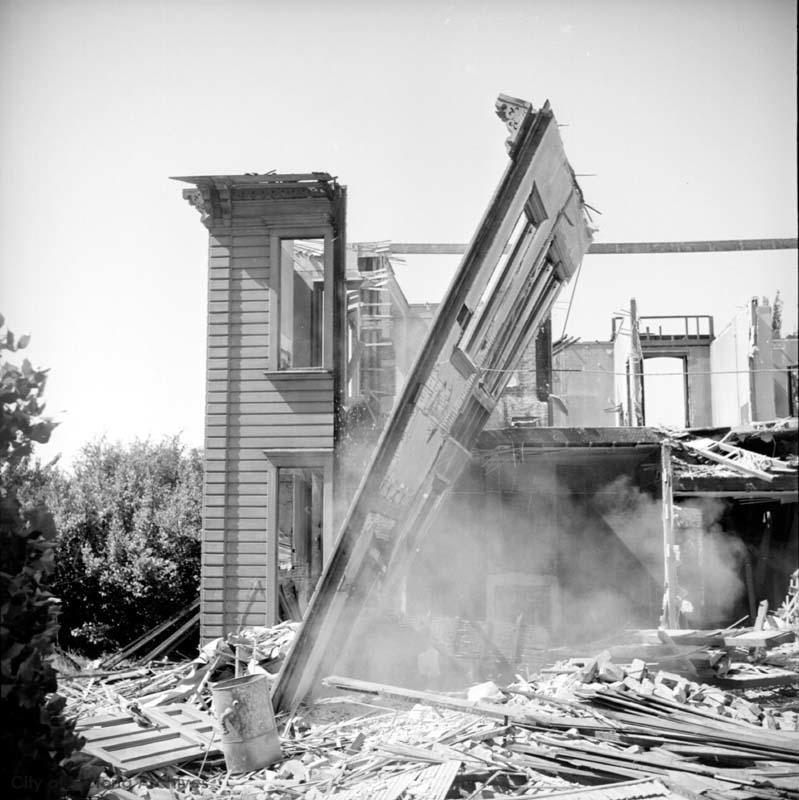
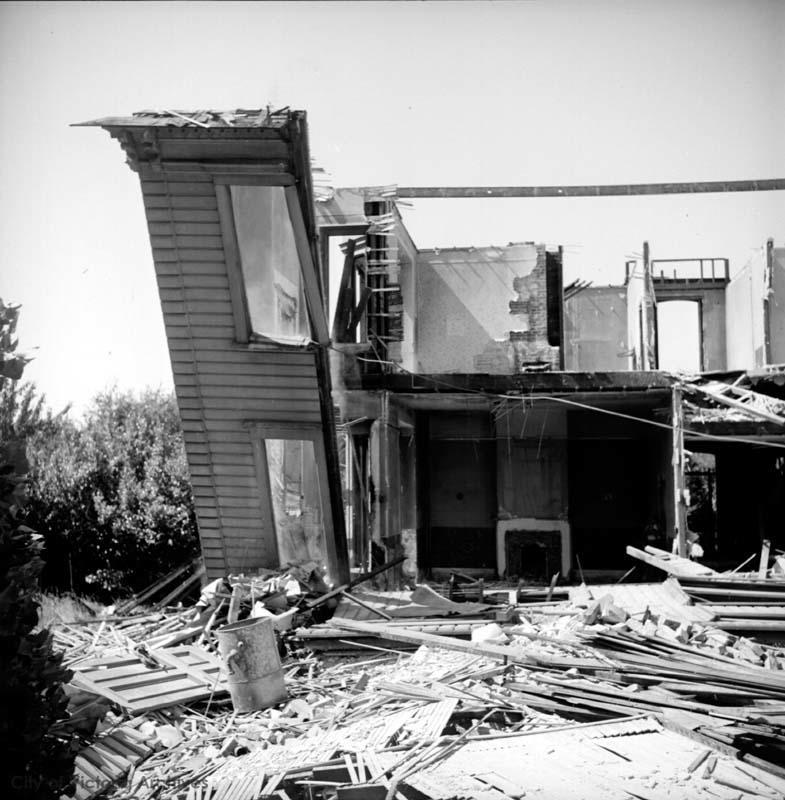
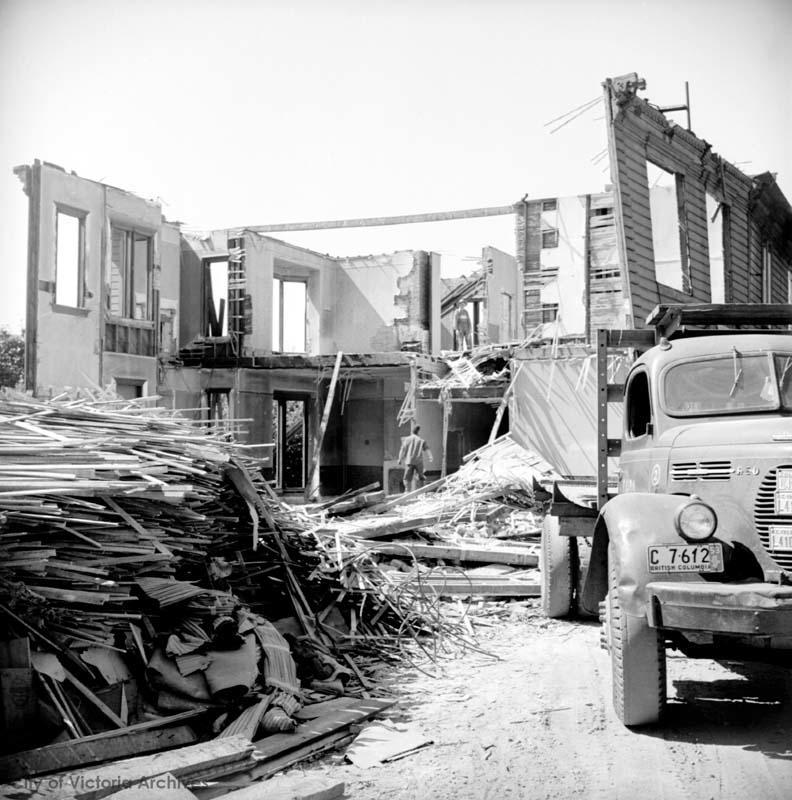
.png)
.png)
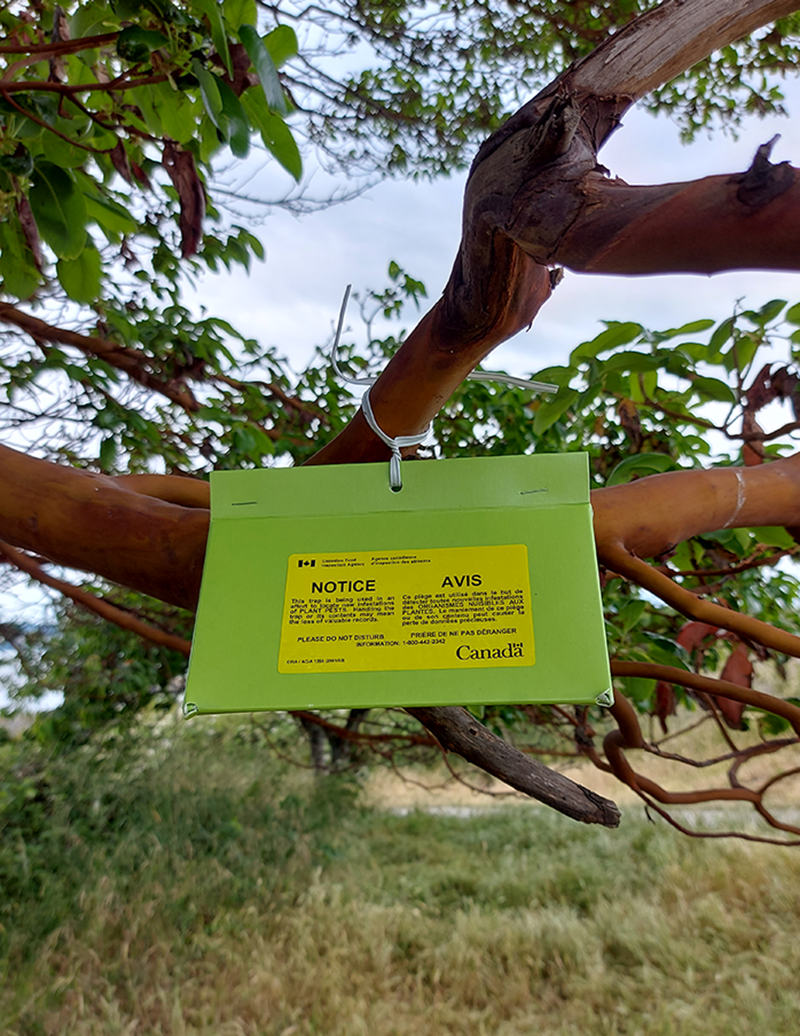
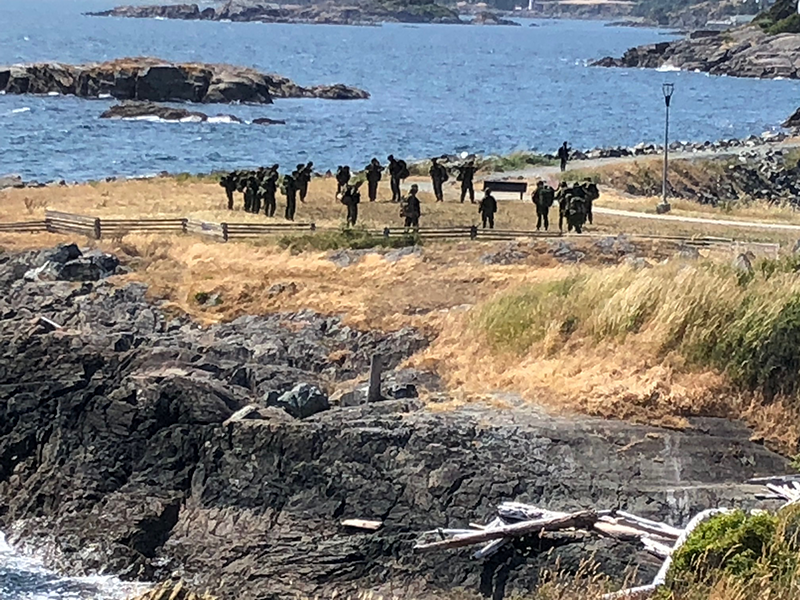
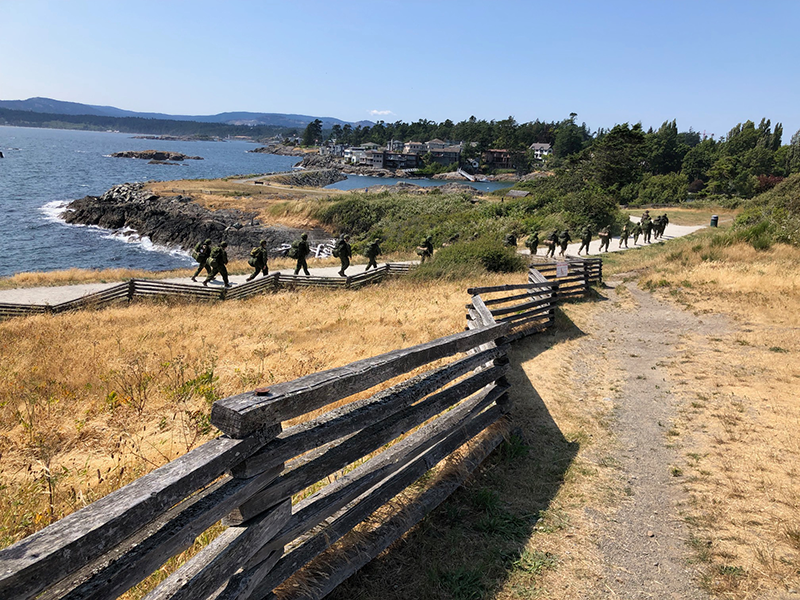
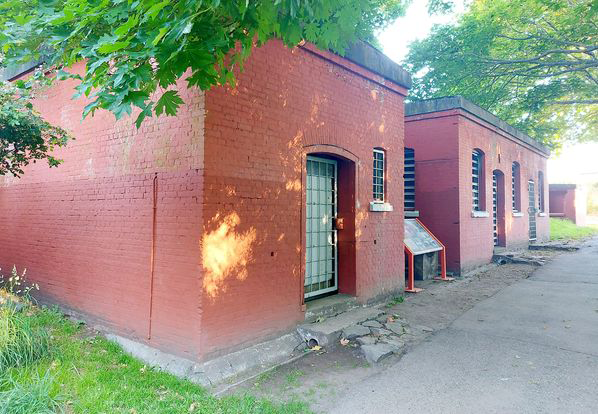
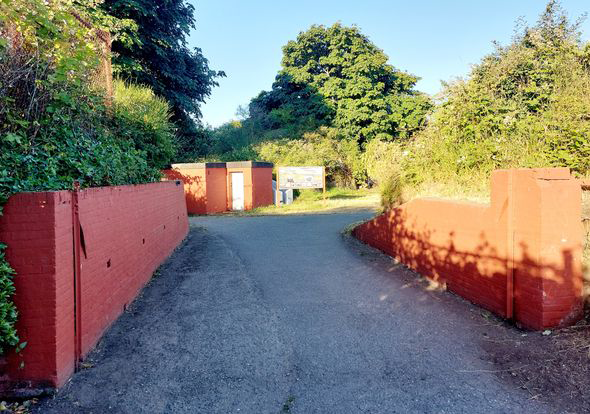
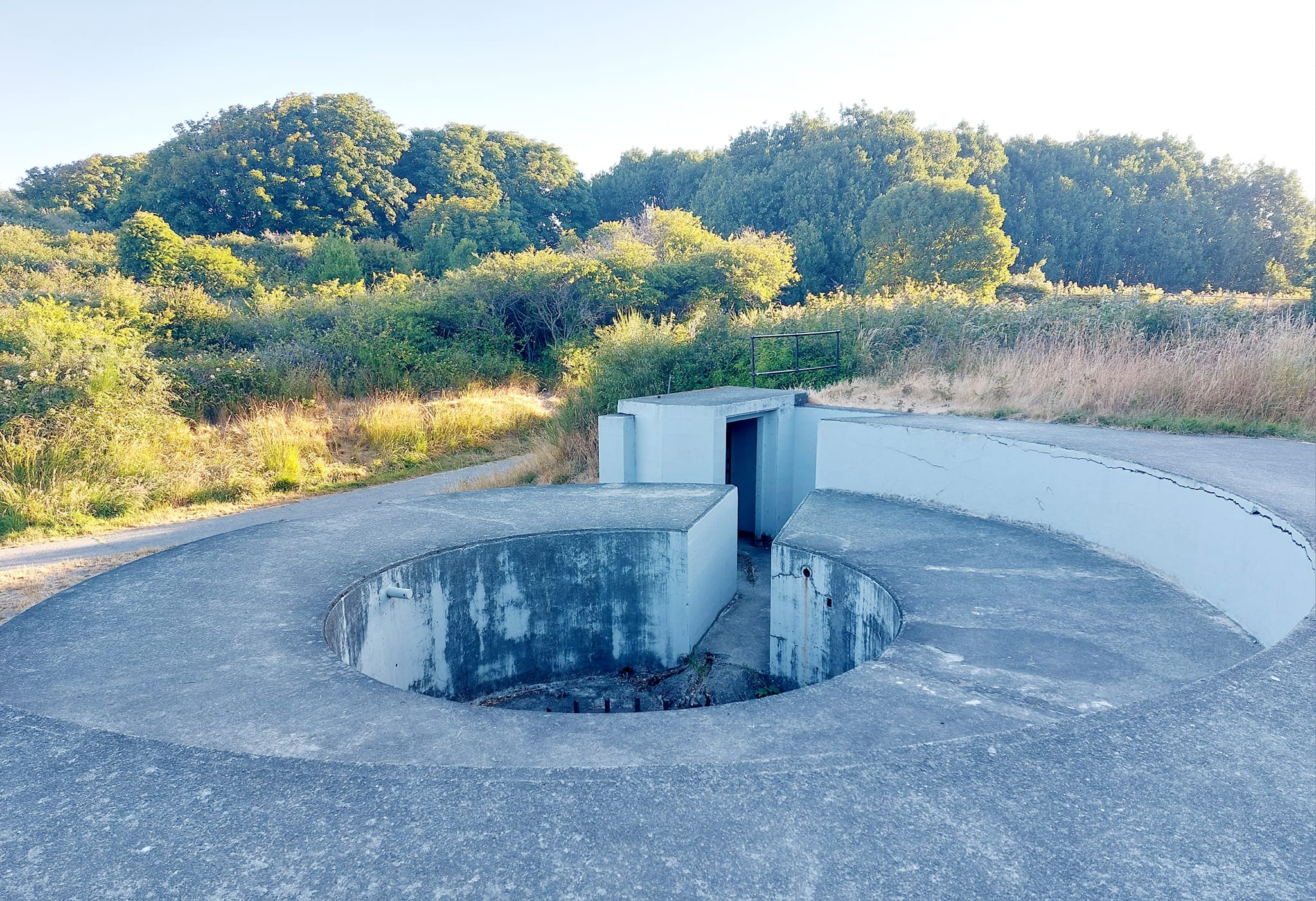
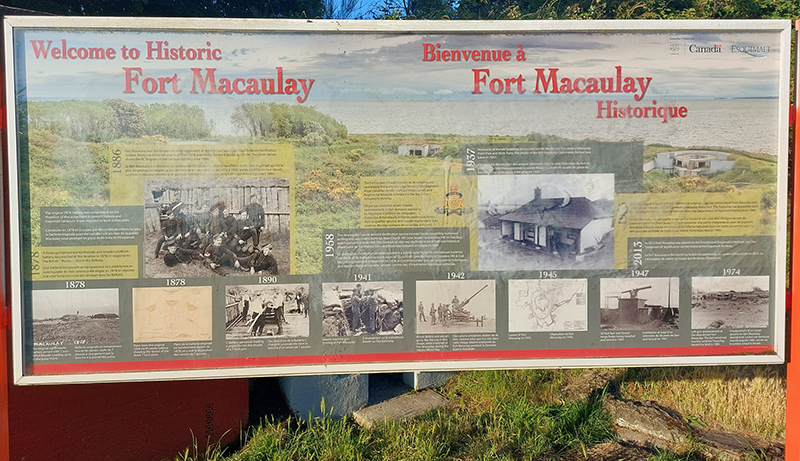
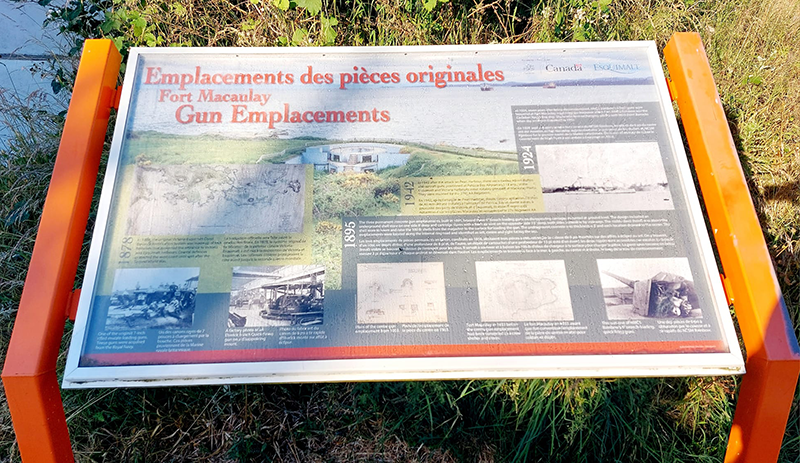
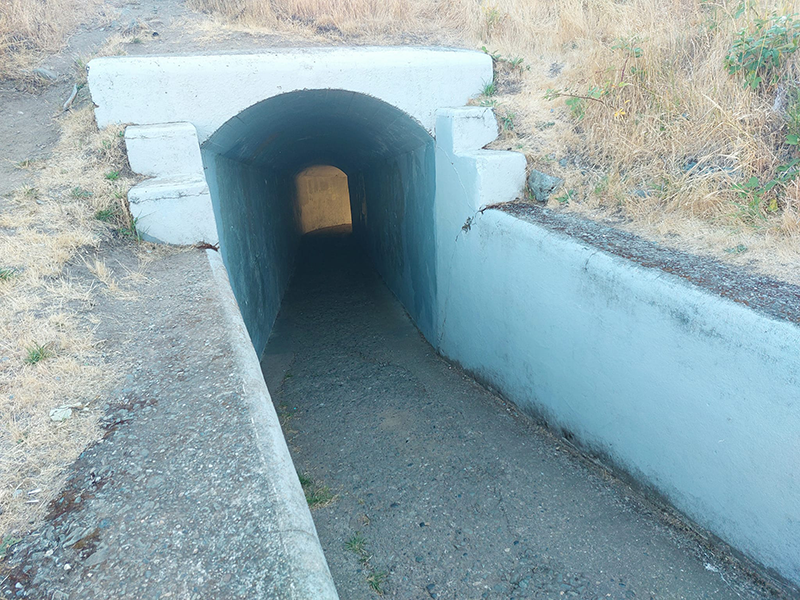
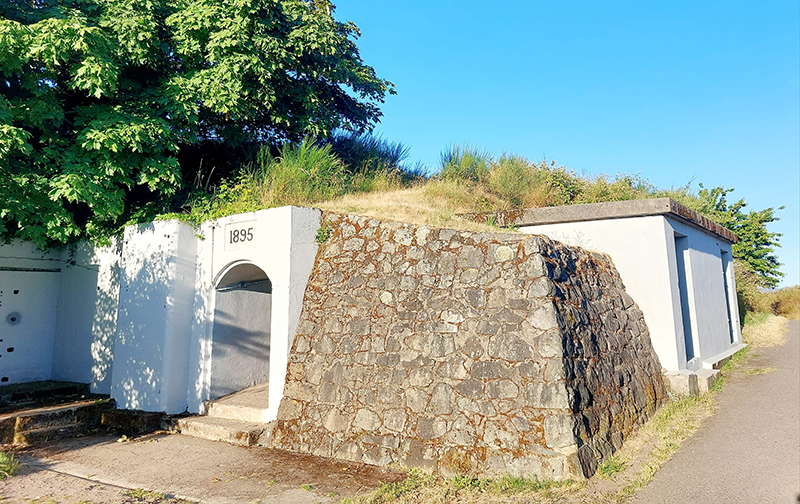
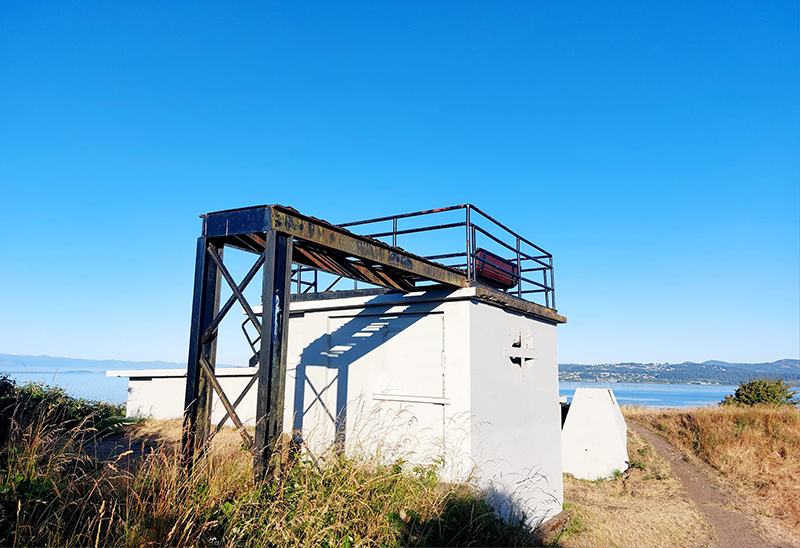
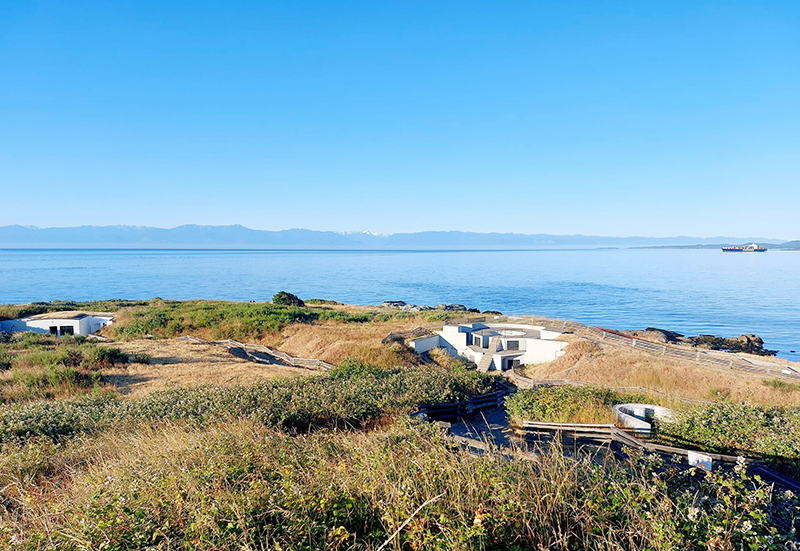
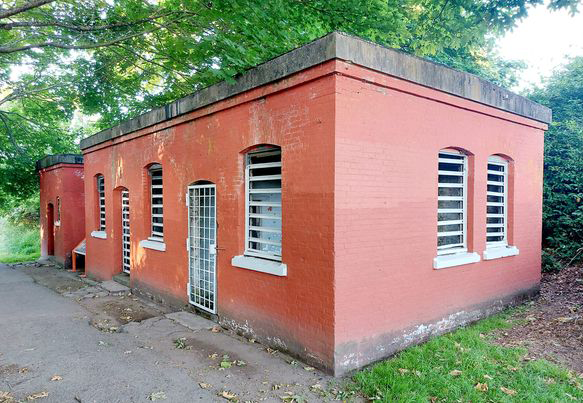
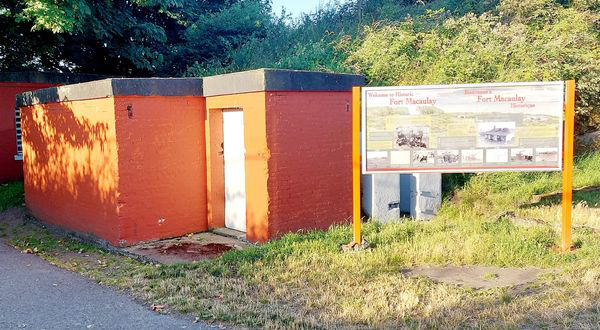
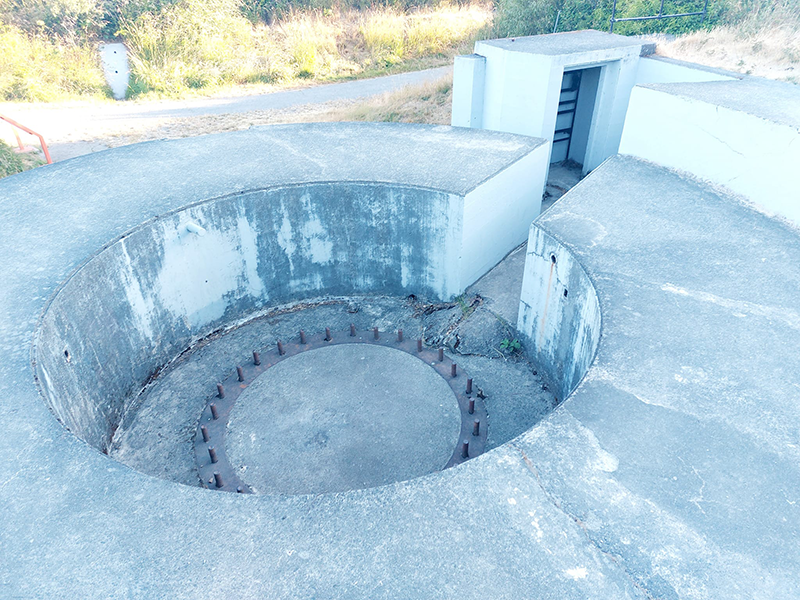
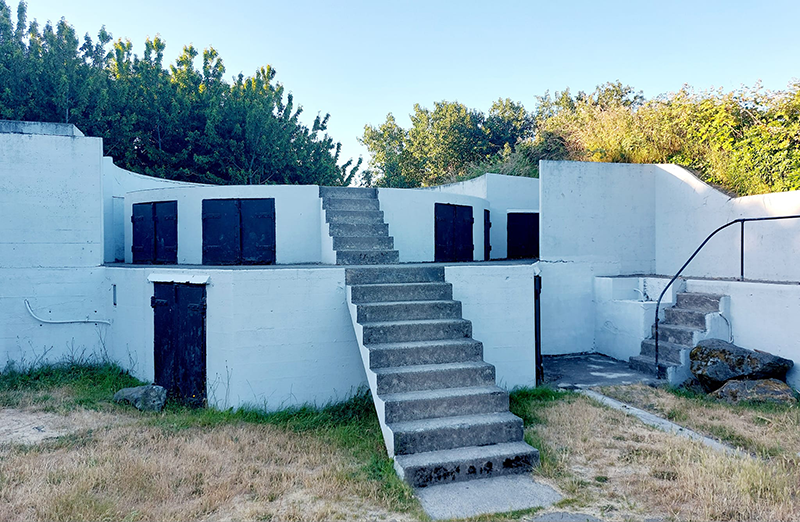
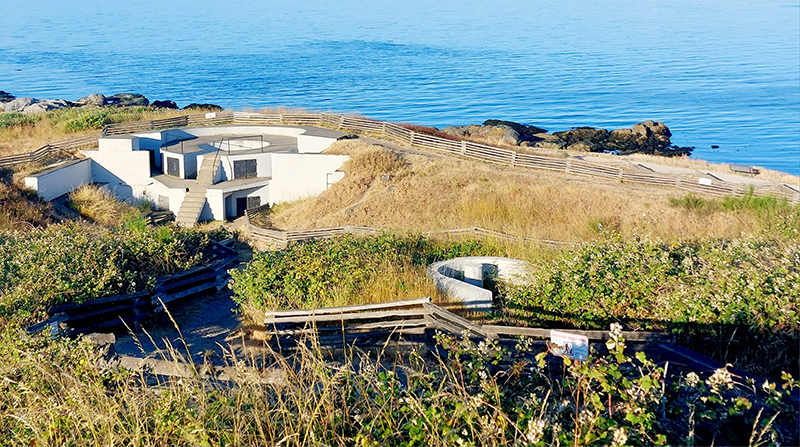

.png)
.png)
.png)
.png)
.png)
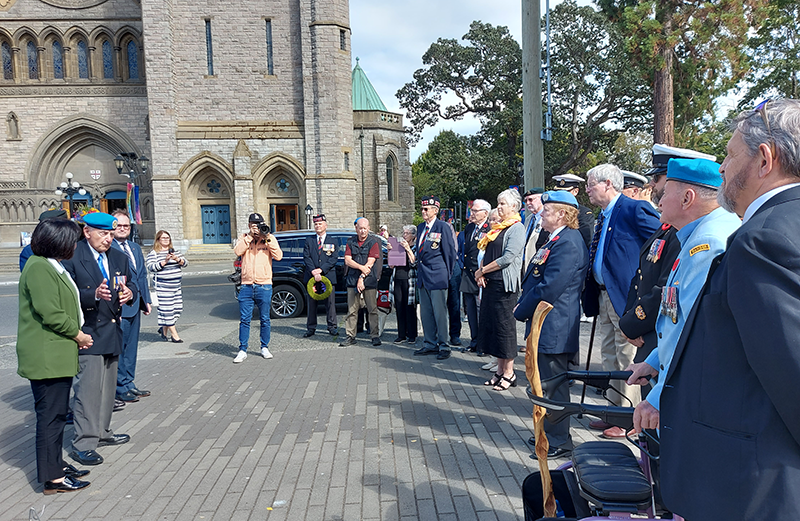
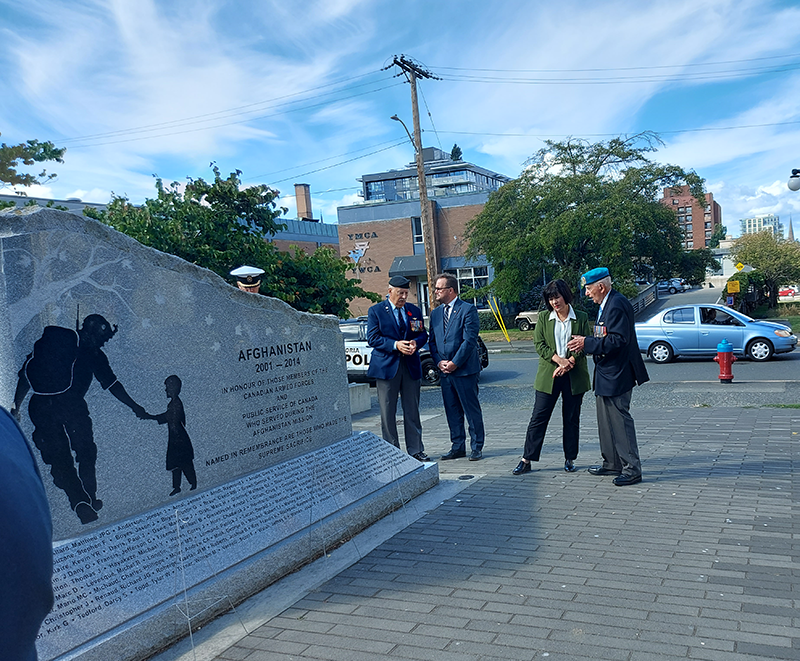
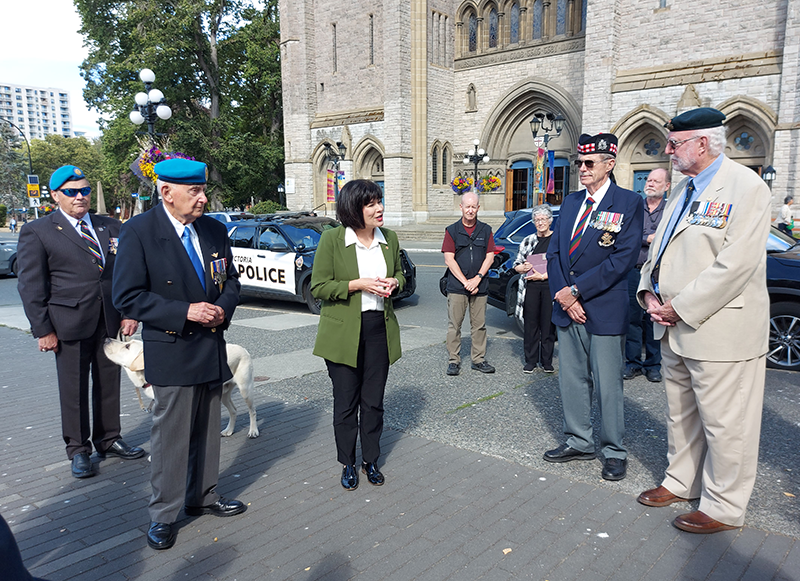
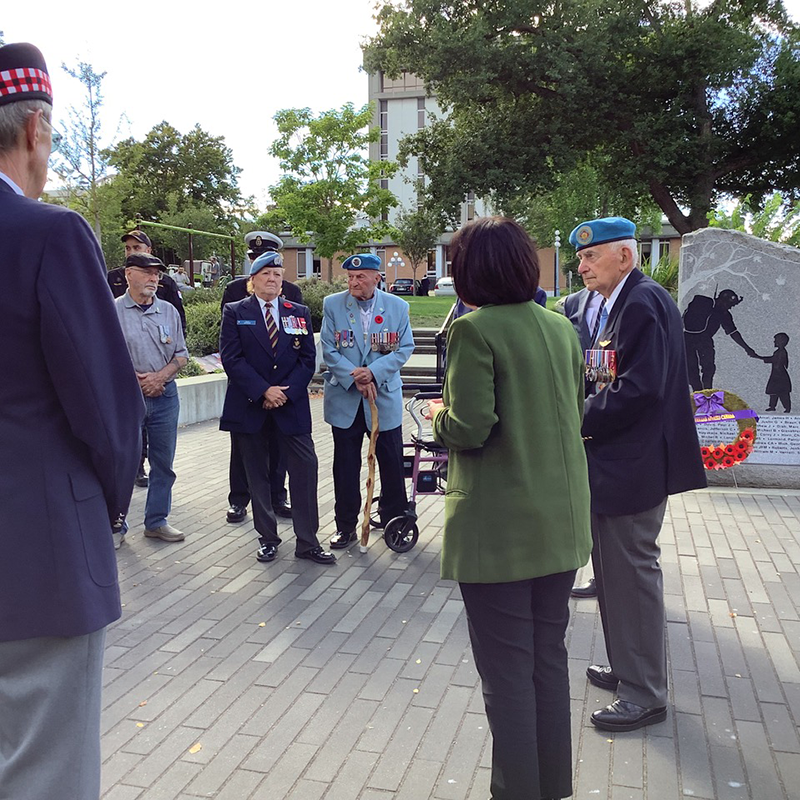
.png)
.png)
.png)
.png)
.png)
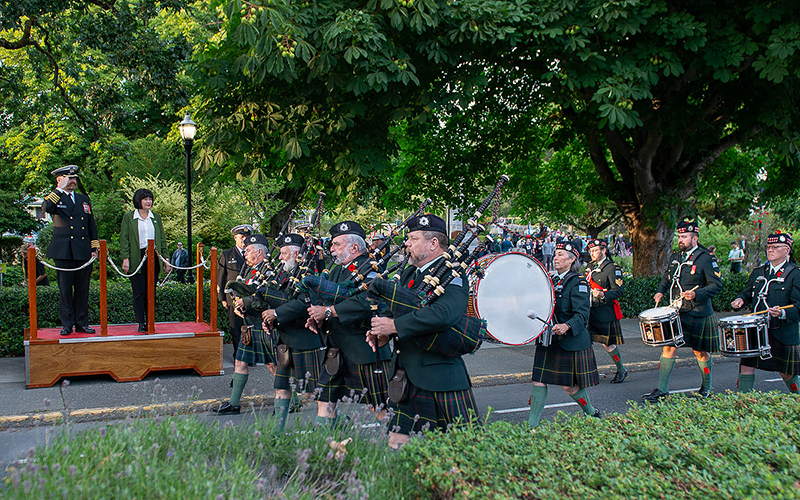
.png)
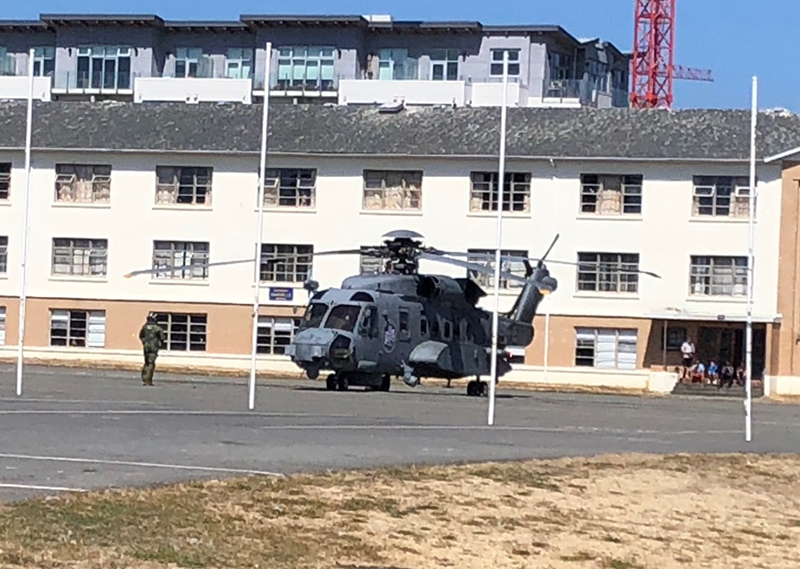
.png)
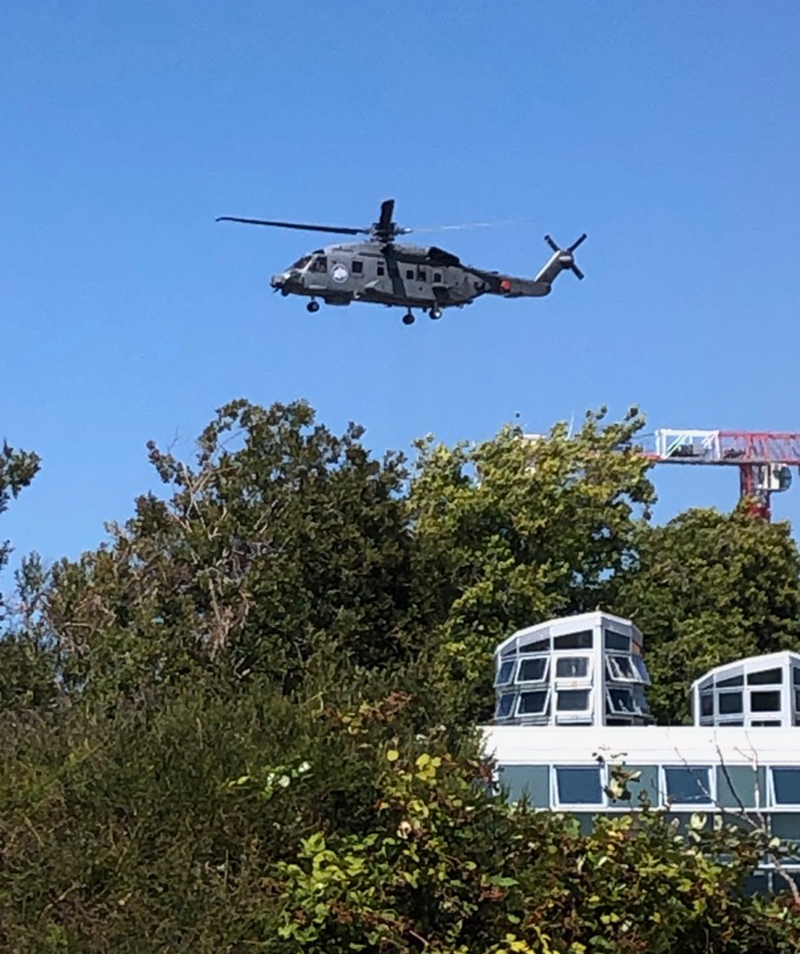
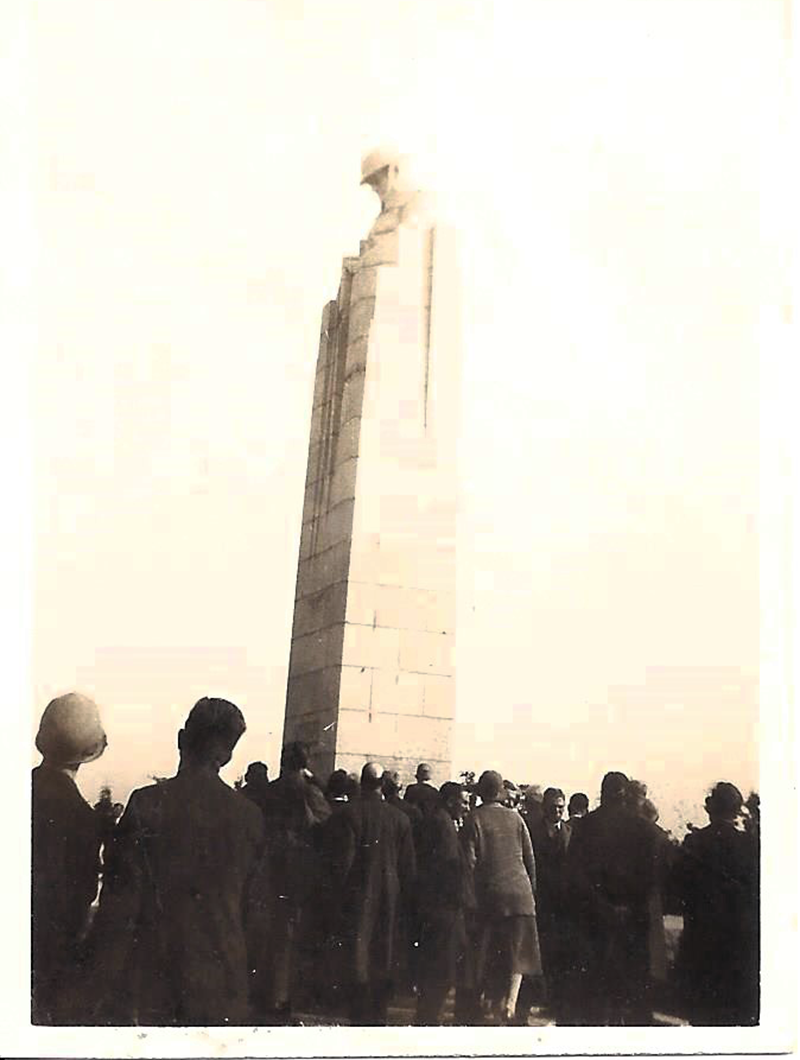
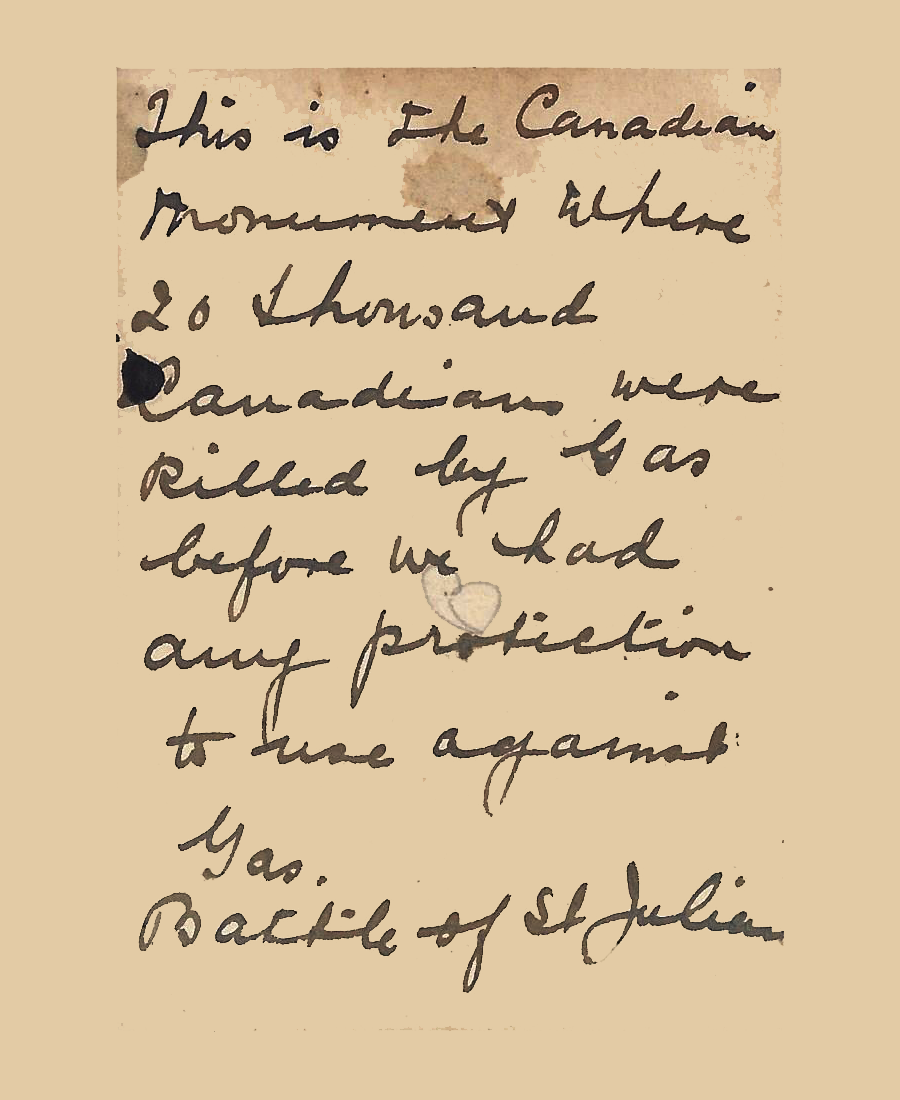
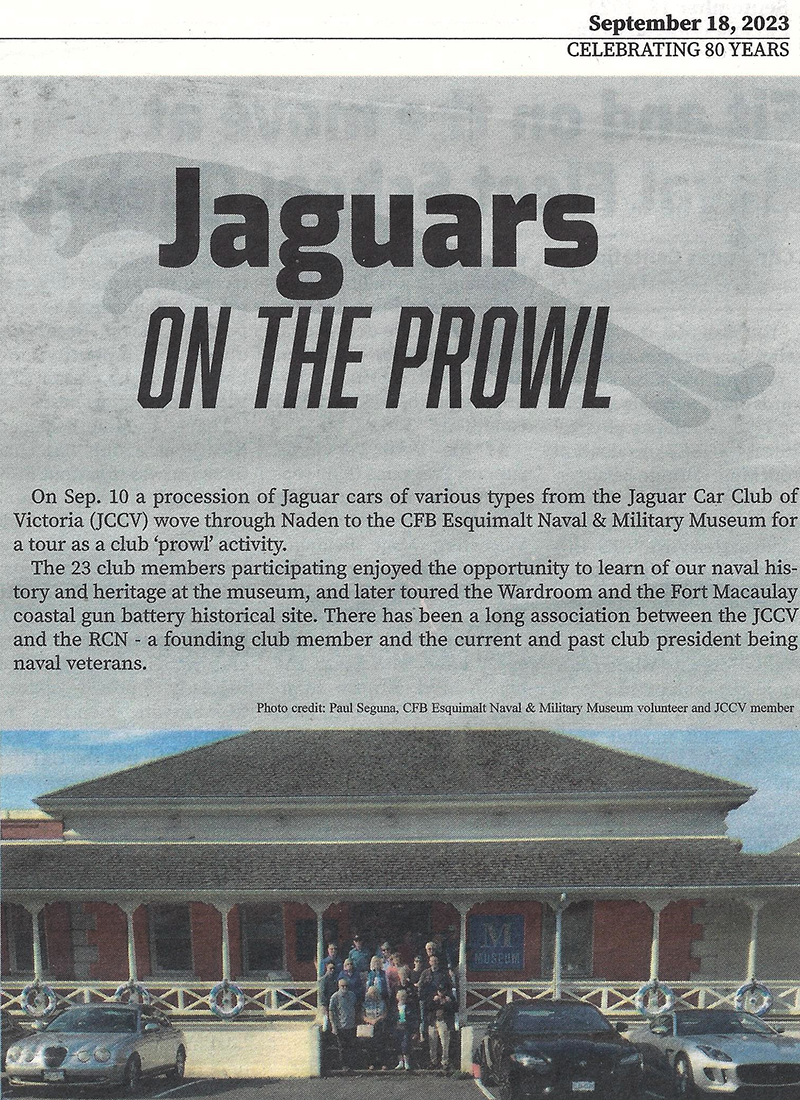
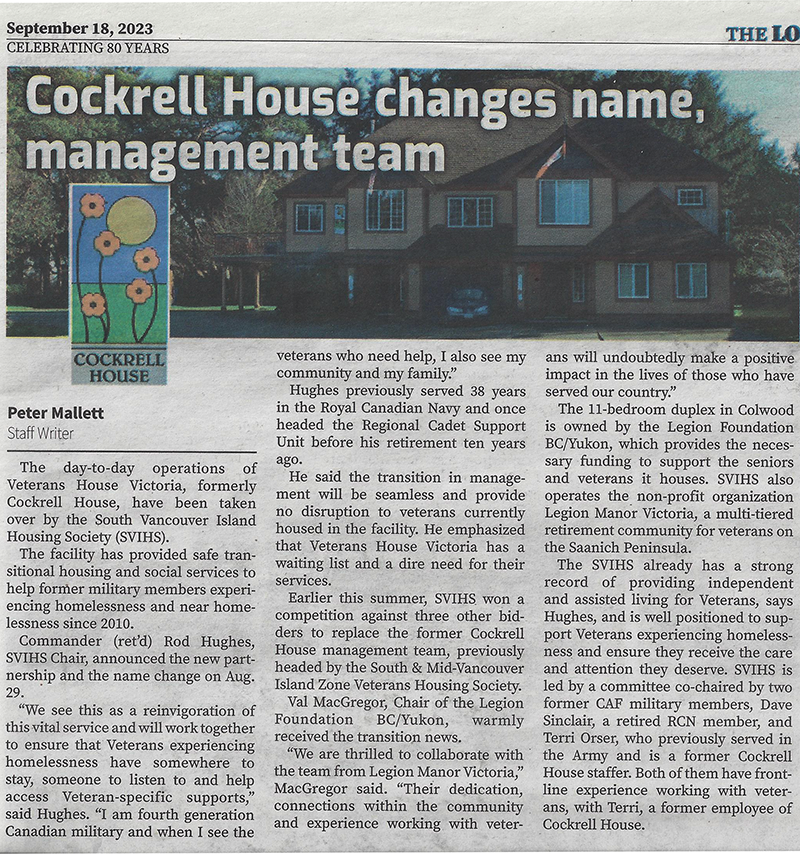
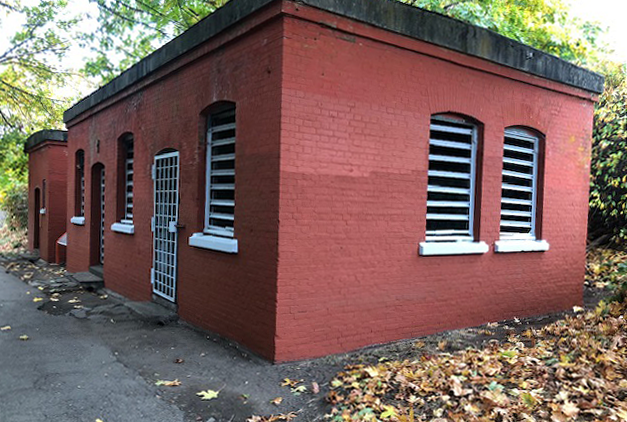
.png)
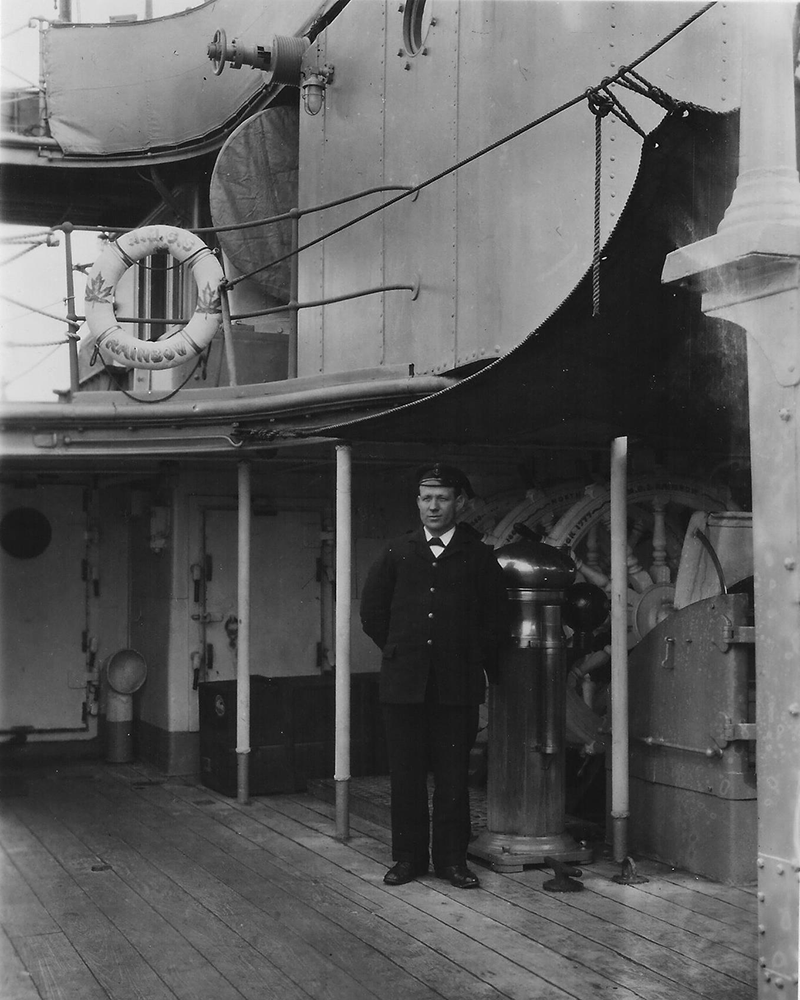
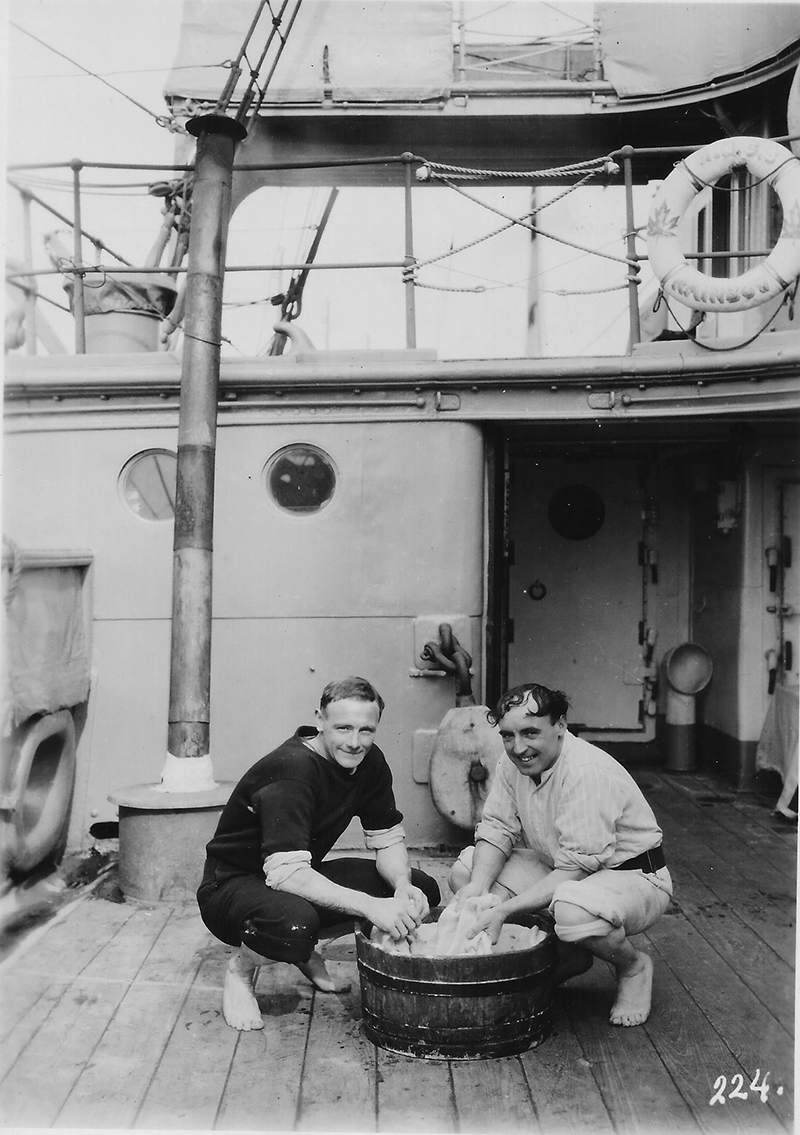
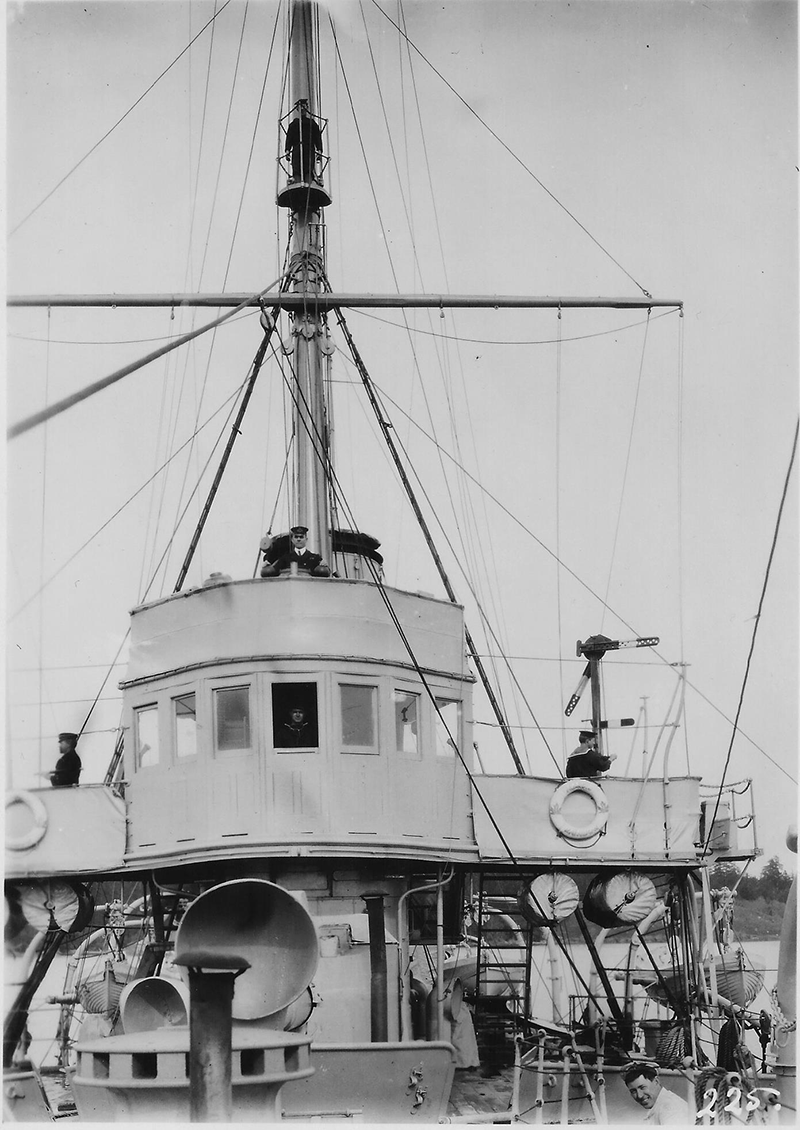
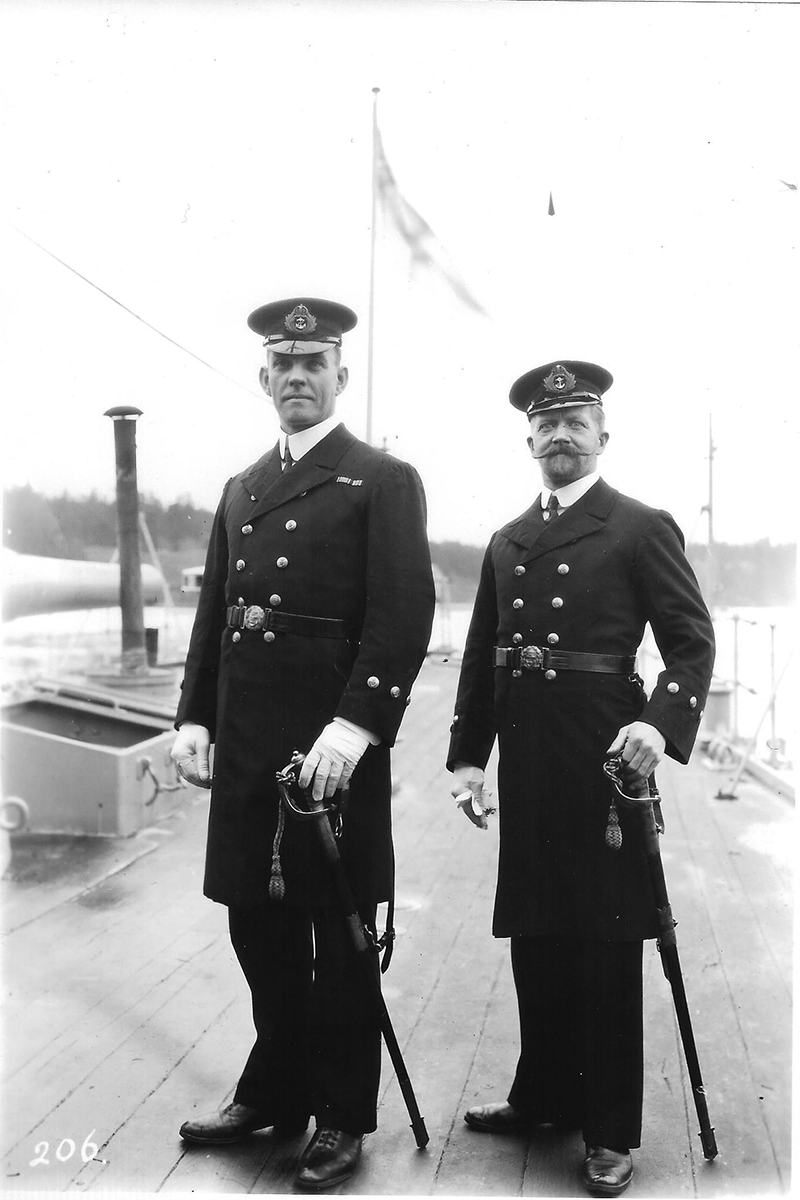
-Jones-Cox-Haines-205.png)
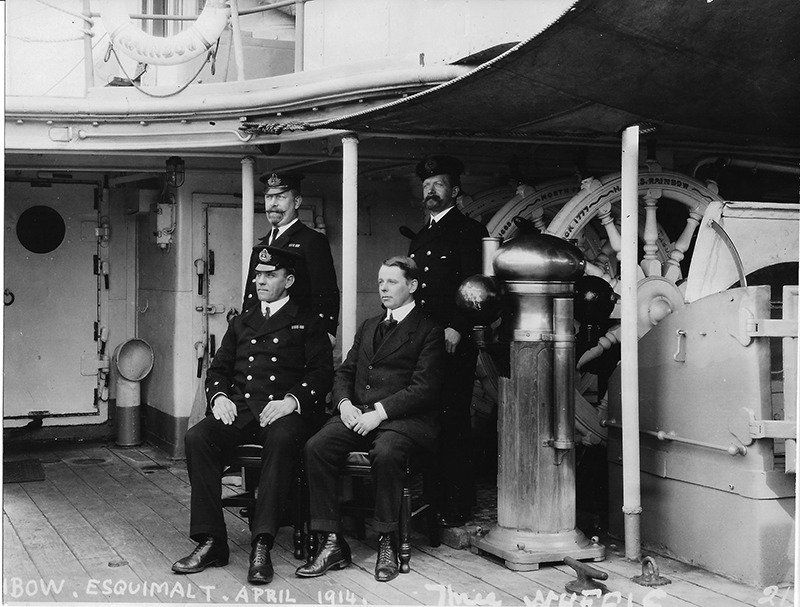
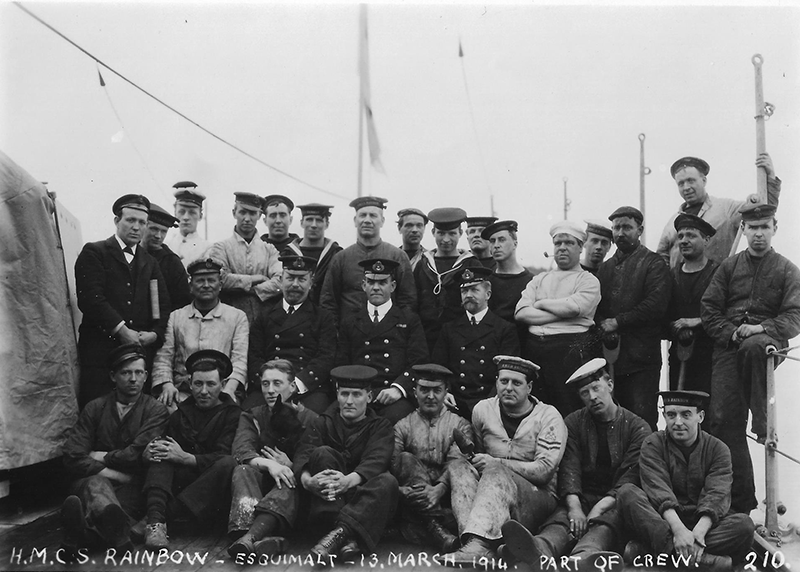
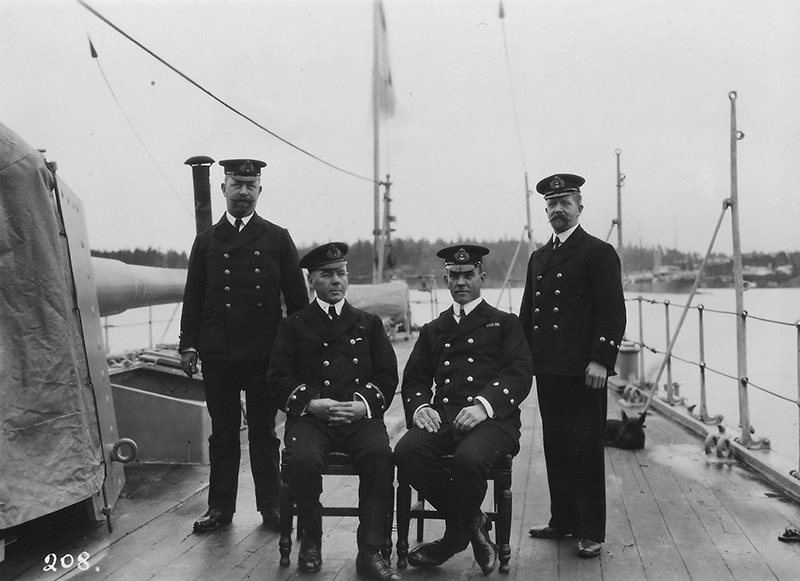
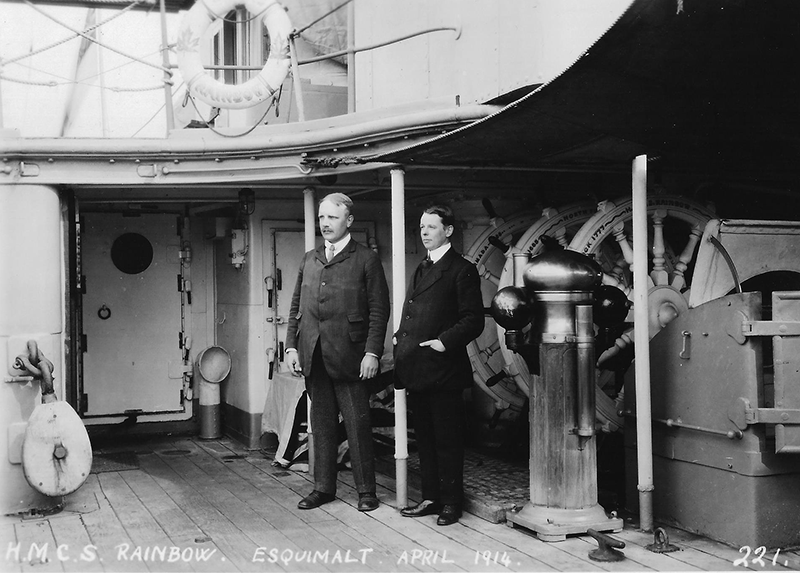
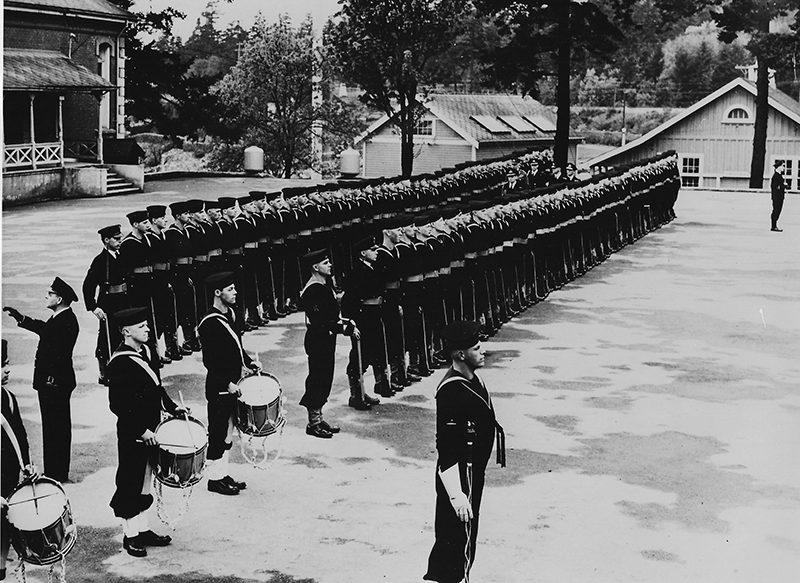
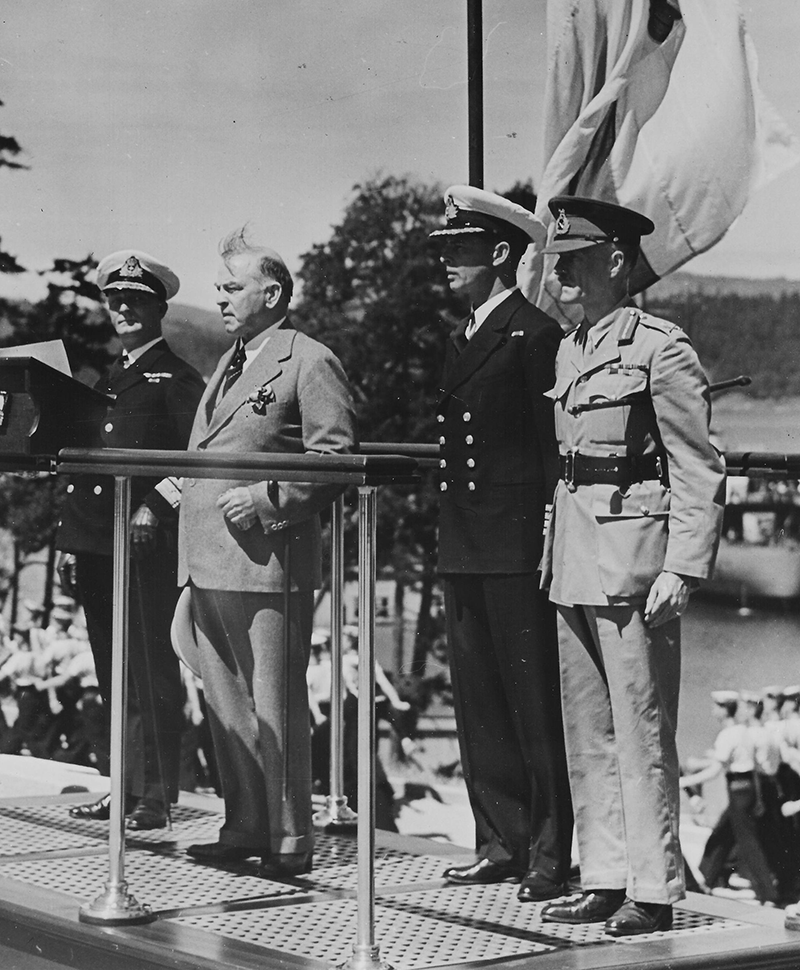
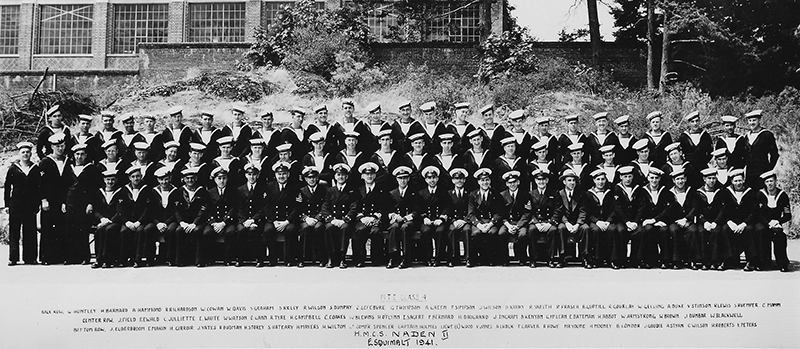
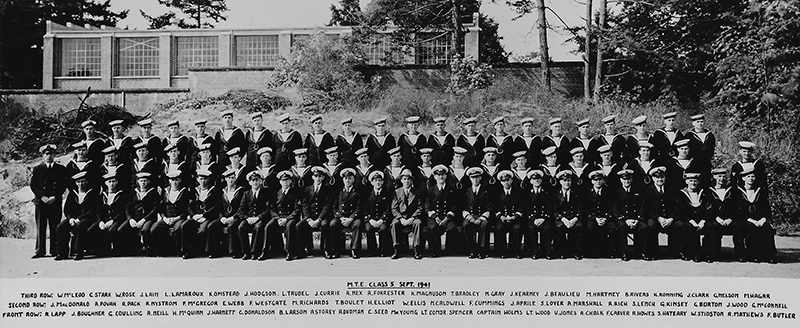
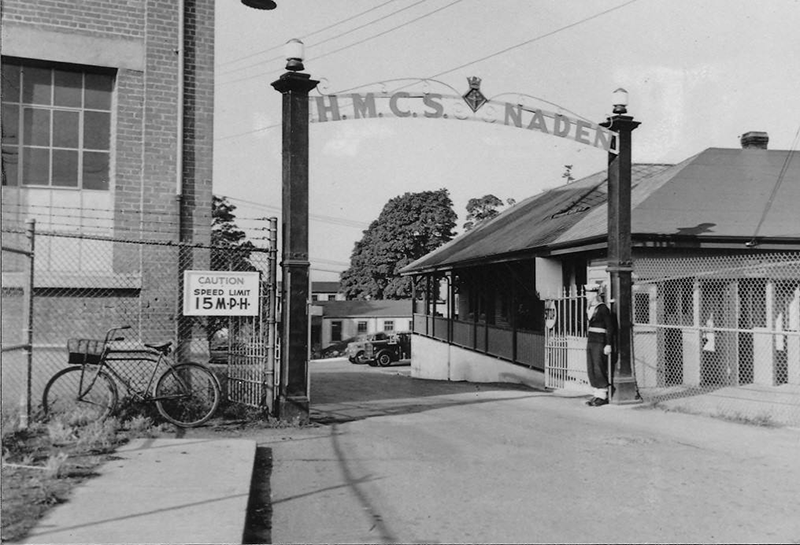
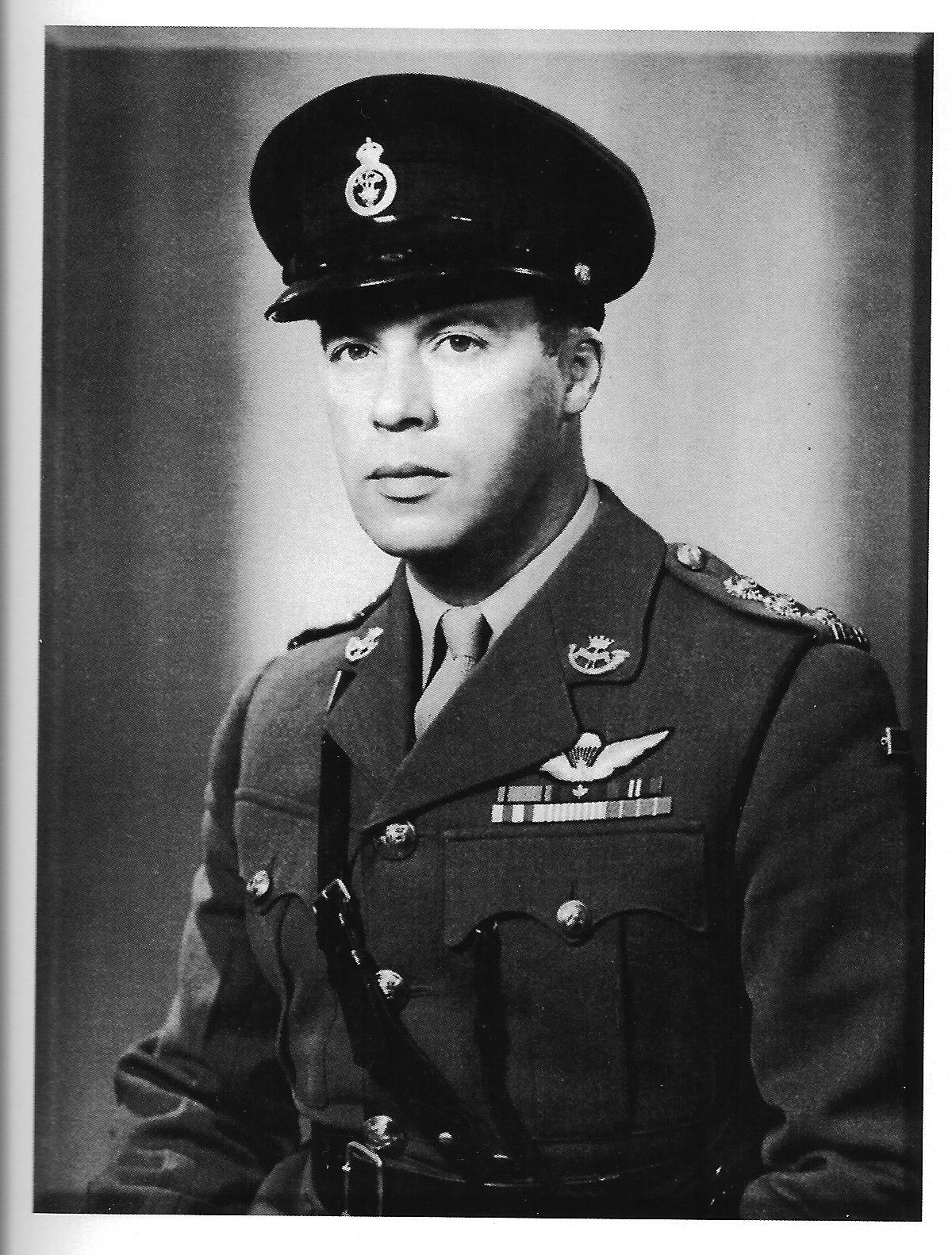
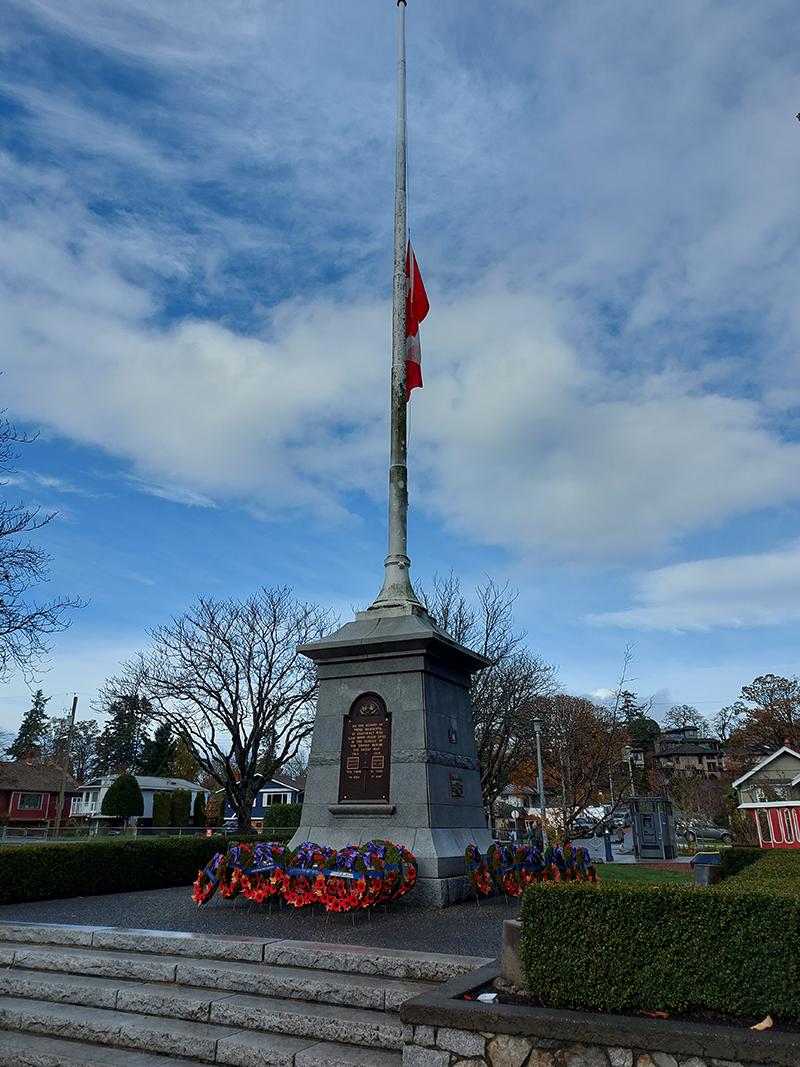
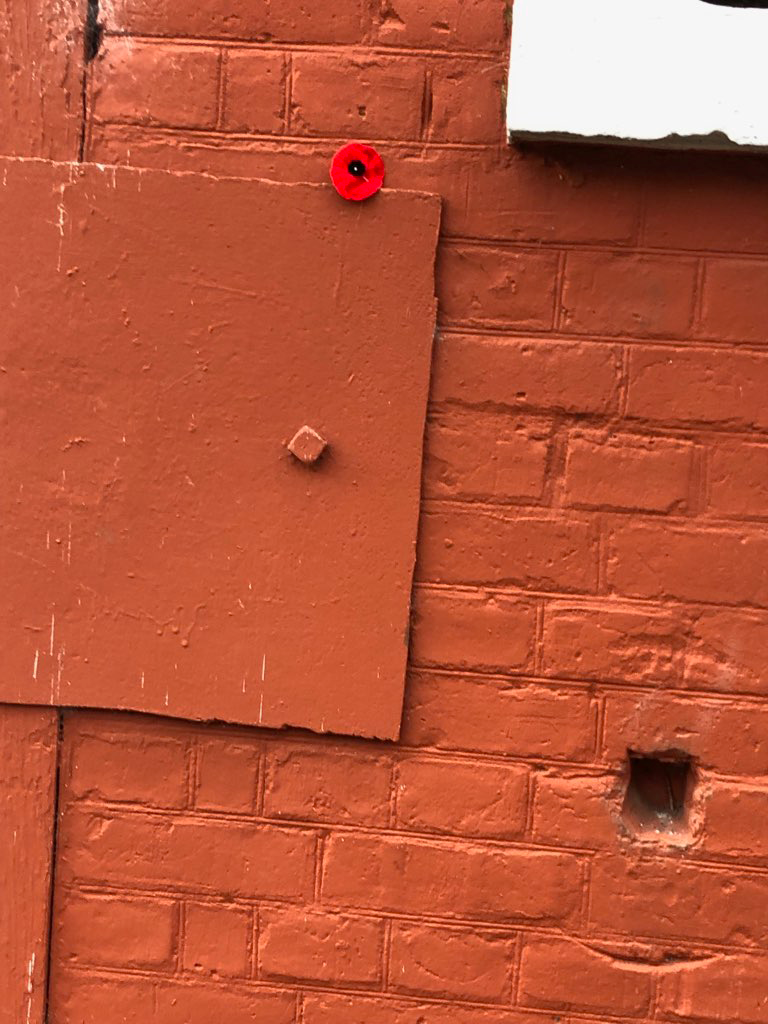
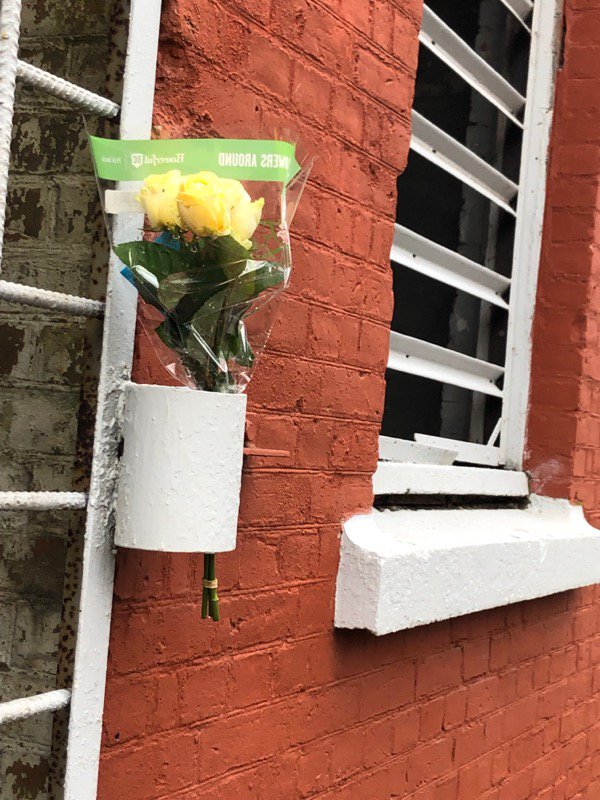
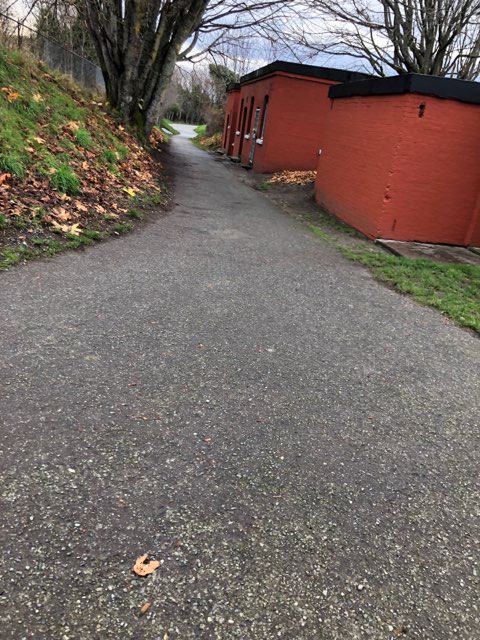
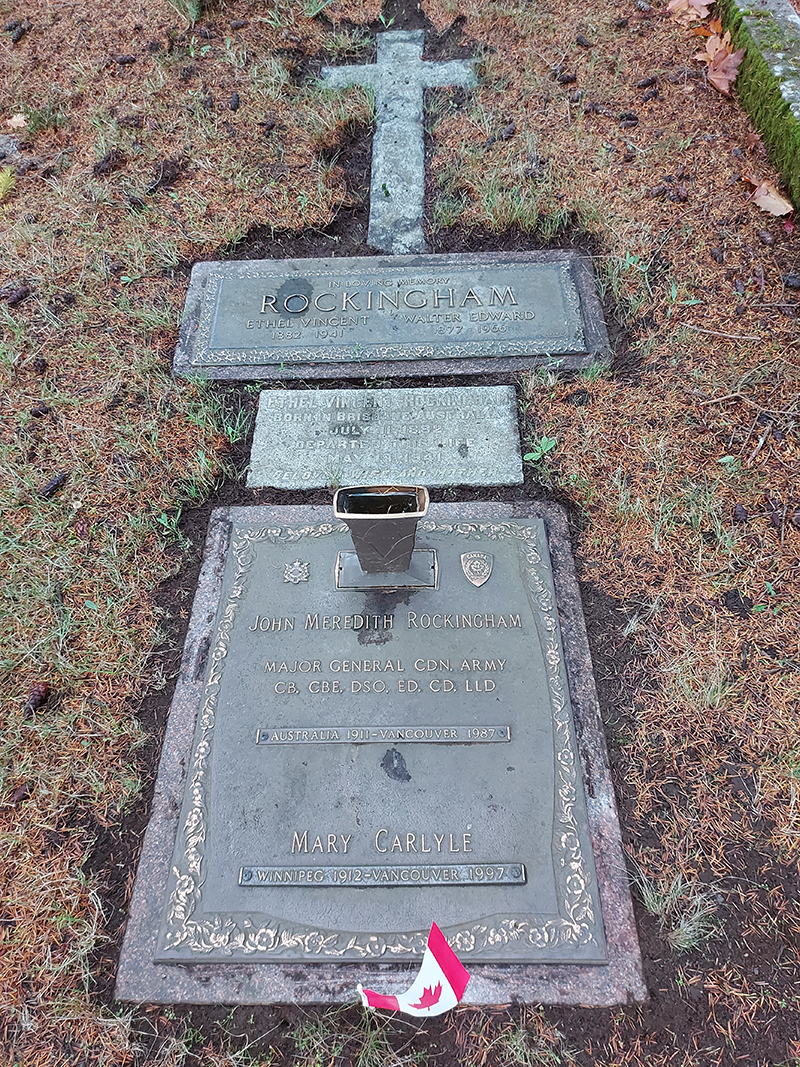
.png)
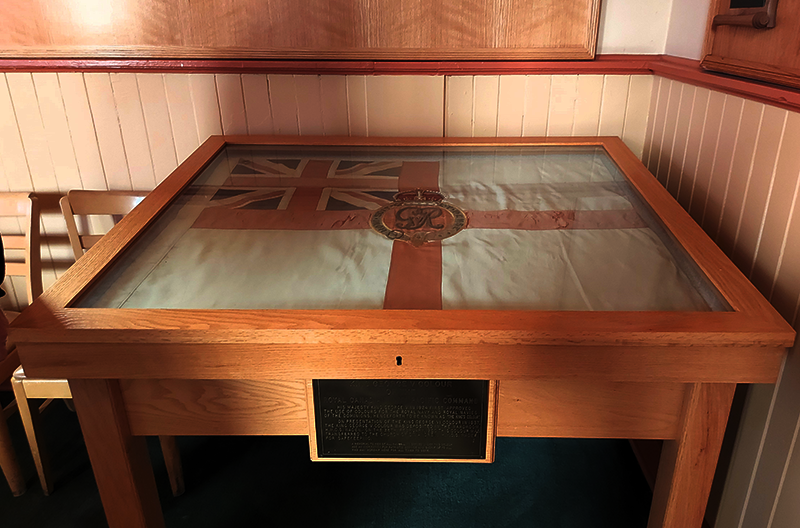
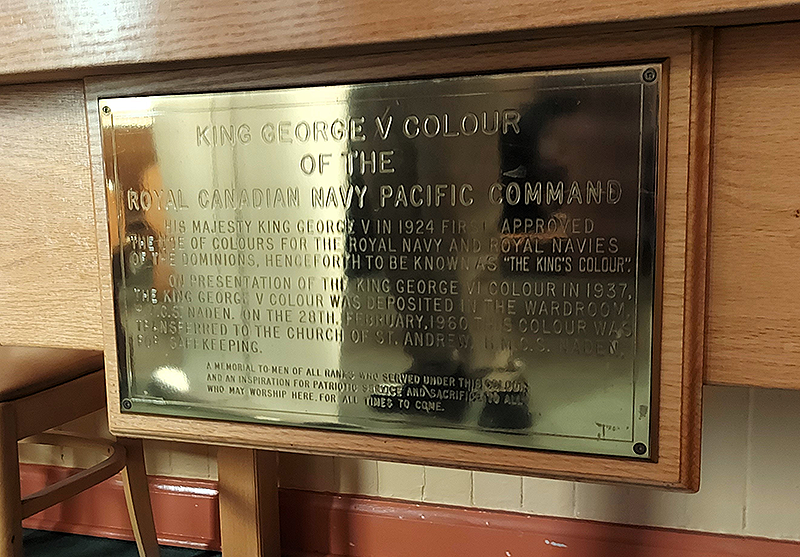
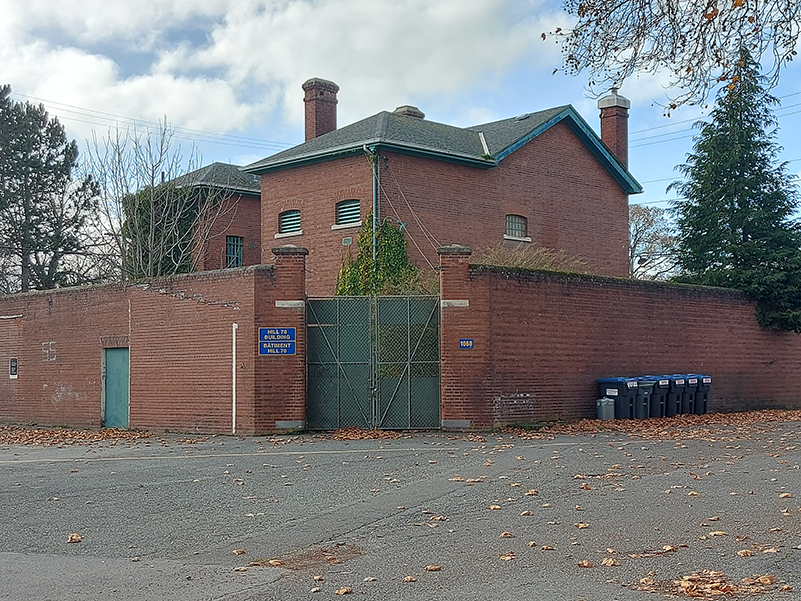
.png)
